Quick filters:
Yongle Stock Photos and Images
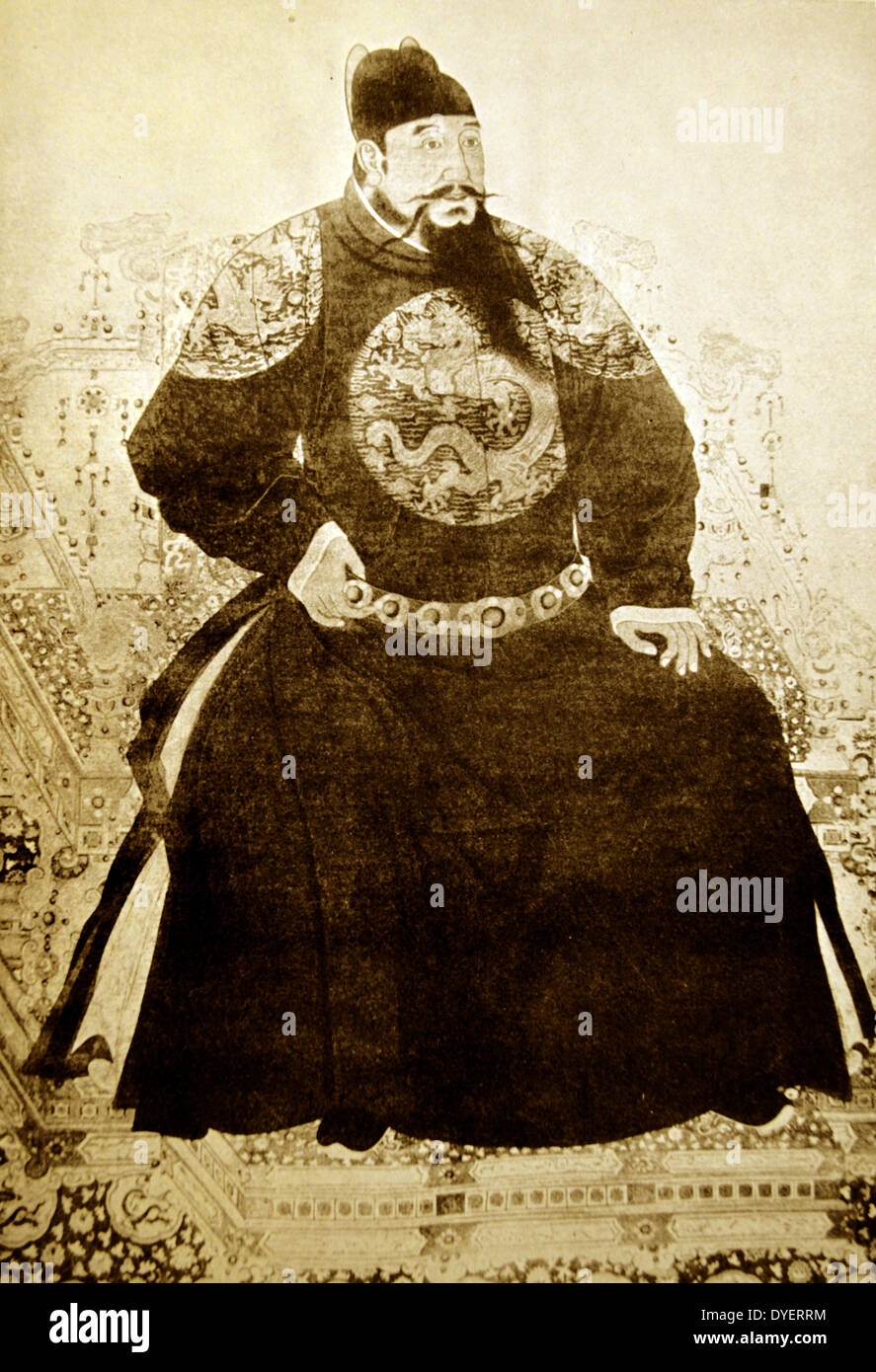 The Yongle Emperor (1360 – 1424), formerly Romanised as the Yung-lo or Yonglo Emperor, was the third emperor of the Ming Dynasty in China, reigning from 1402 to 1424 Stock Photohttps://www.alamy.com/image-license-details/?v=1https://www.alamy.com/the-yongle-emperor-1360-1424-formerly-romanised-as-the-yung-lo-or-image68552840.html
The Yongle Emperor (1360 – 1424), formerly Romanised as the Yung-lo or Yonglo Emperor, was the third emperor of the Ming Dynasty in China, reigning from 1402 to 1424 Stock Photohttps://www.alamy.com/image-license-details/?v=1https://www.alamy.com/the-yongle-emperor-1360-1424-formerly-romanised-as-the-yung-lo-or-image68552840.htmlRMDYERRM–The Yongle Emperor (1360 – 1424), formerly Romanised as the Yung-lo or Yonglo Emperor, was the third emperor of the Ming Dynasty in China, reigning from 1402 to 1424
 Mural in Yongle Daoist Temple's Chongyang Hall depicting social life in Song dynasty Ruicheng county, Shanxi Stock Photohttps://www.alamy.com/image-license-details/?v=1https://www.alamy.com/stock-photo-mural-in-yongle-daoist-temples-chongyang-hall-depicting-social-life-12362667.html
Mural in Yongle Daoist Temple's Chongyang Hall depicting social life in Song dynasty Ruicheng county, Shanxi Stock Photohttps://www.alamy.com/image-license-details/?v=1https://www.alamy.com/stock-photo-mural-in-yongle-daoist-temples-chongyang-hall-depicting-social-life-12362667.htmlRMA9GM9G–Mural in Yongle Daoist Temple's Chongyang Hall depicting social life in Song dynasty Ruicheng county, Shanxi
 Fire-Offering Ladle, Ming dynasty (1368–1644), Yongle period (1403–24), Eastern Tibet, Derge, for China, Iron inlaid with gold Stock Photohttps://www.alamy.com/image-license-details/?v=1https://www.alamy.com/stock-image-fire-offering-ladle-ming-dynasty-13681644-yongle-period-140324-eastern-162432299.html
Fire-Offering Ladle, Ming dynasty (1368–1644), Yongle period (1403–24), Eastern Tibet, Derge, for China, Iron inlaid with gold Stock Photohttps://www.alamy.com/image-license-details/?v=1https://www.alamy.com/stock-image-fire-offering-ladle-ming-dynasty-13681644-yongle-period-140324-eastern-162432299.htmlRMKC7C1F–Fire-Offering Ladle, Ming dynasty (1368–1644), Yongle period (1403–24), Eastern Tibet, Derge, for China, Iron inlaid with gold
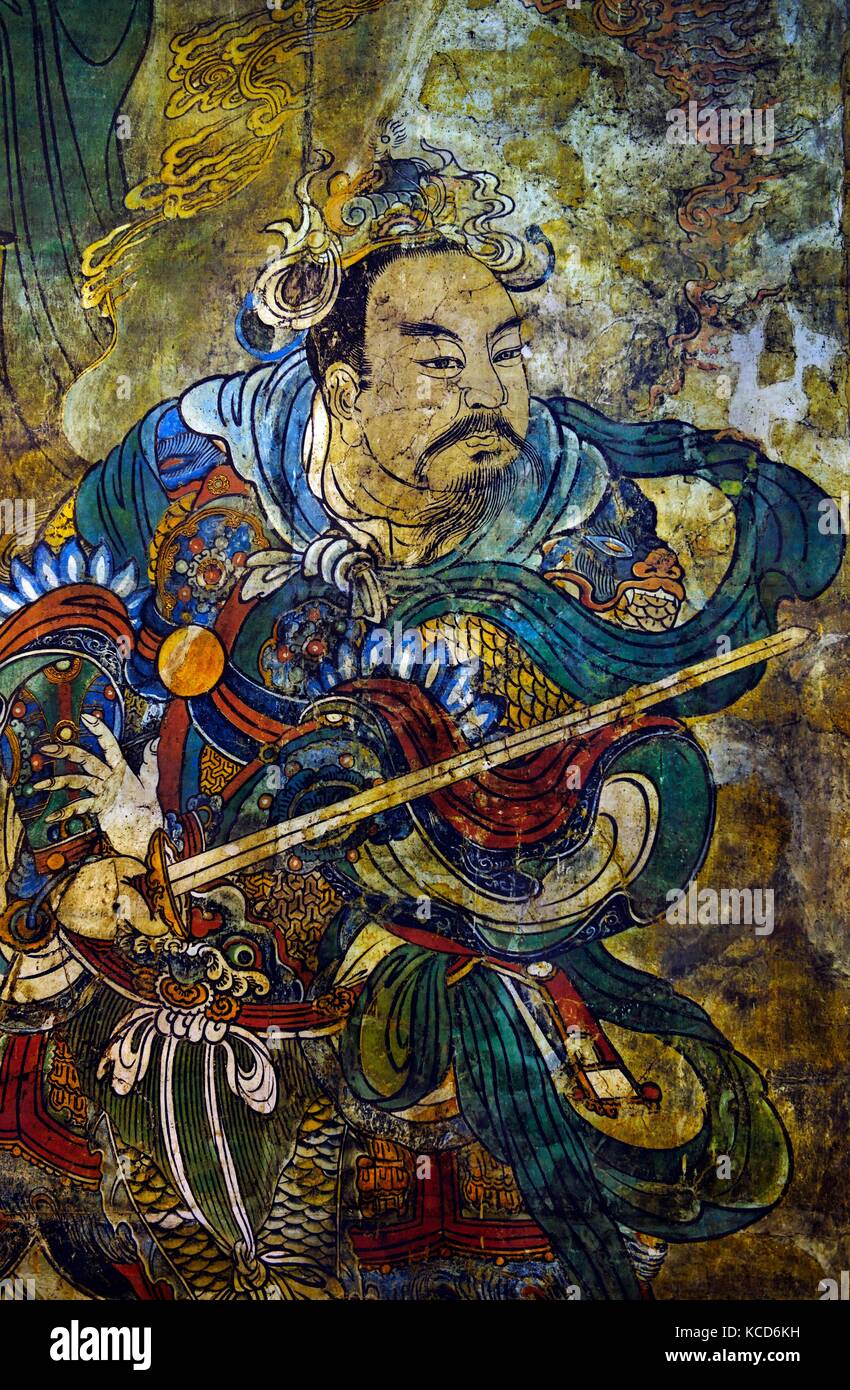 Yuan Dynasty. Detail of Taoist Deities Visit the Celestial Worthy of the Original Beginning. Mural from Pure Trinity Hall, Yongle Palace, Shanxi China Stock Photohttps://www.alamy.com/image-license-details/?v=1https://www.alamy.com/stock-image-yuan-dynasty-detail-of-taoist-deities-visit-the-celestial-worthy-of-162559813.html
Yuan Dynasty. Detail of Taoist Deities Visit the Celestial Worthy of the Original Beginning. Mural from Pure Trinity Hall, Yongle Palace, Shanxi China Stock Photohttps://www.alamy.com/image-license-details/?v=1https://www.alamy.com/stock-image-yuan-dynasty-detail-of-taoist-deities-visit-the-celestial-worthy-of-162559813.htmlRMKCD6KH–Yuan Dynasty. Detail of Taoist Deities Visit the Celestial Worthy of the Original Beginning. Mural from Pure Trinity Hall, Yongle Palace, Shanxi China
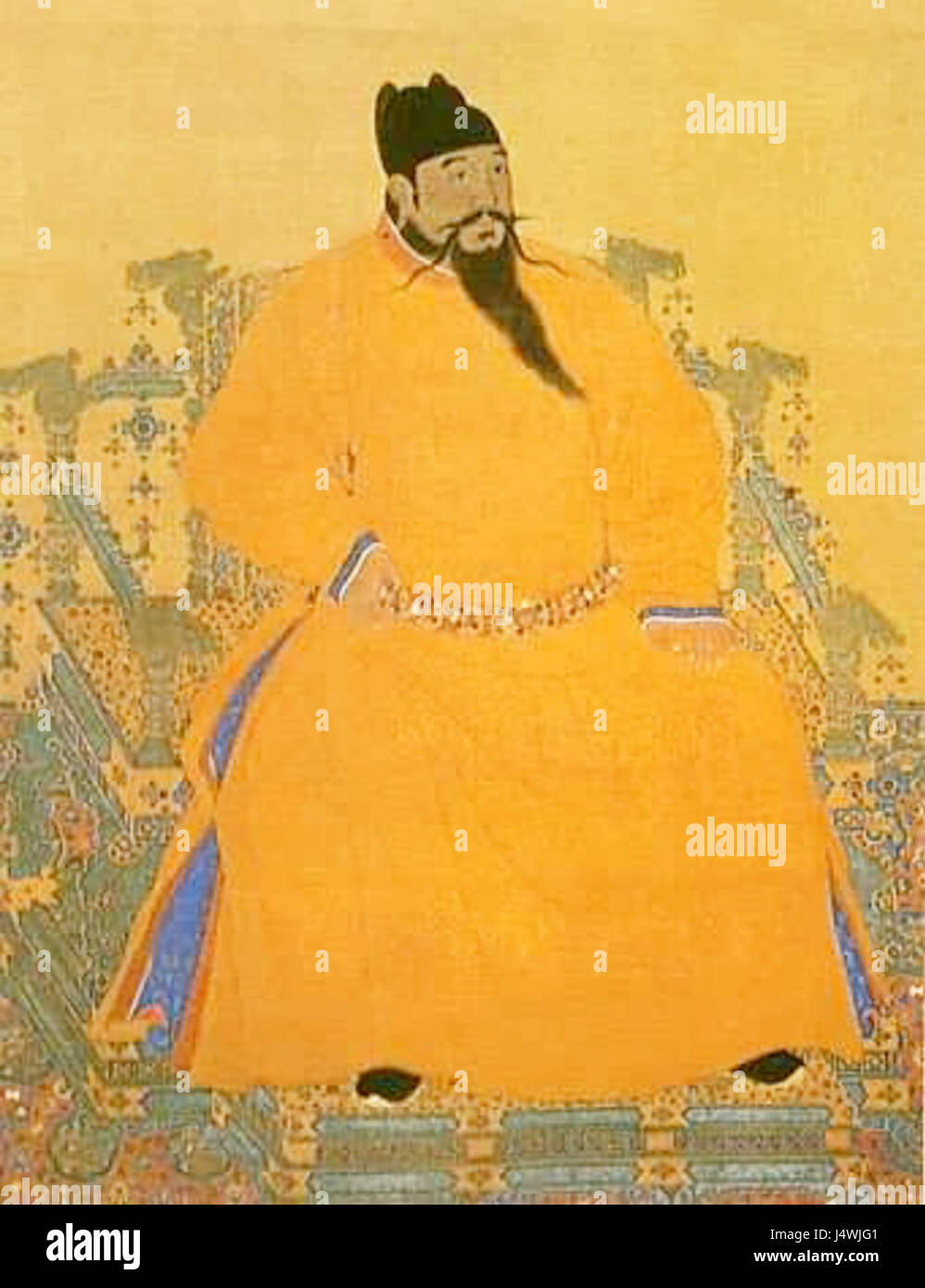 Yongle Emperor2 Stock Photohttps://www.alamy.com/image-license-details/?v=1https://www.alamy.com/stock-photo-yongle-emperor2-140704929.html
Yongle Emperor2 Stock Photohttps://www.alamy.com/image-license-details/?v=1https://www.alamy.com/stock-photo-yongle-emperor2-140704929.htmlRMJ4WJG1–Yongle Emperor2
 Vintage 19th century photograph China c.1880s - tomb of the Yongle Ming emperor Stock Photohttps://www.alamy.com/image-license-details/?v=1https://www.alamy.com/vintage-19th-century-photograph-china-c1880s-tomb-of-the-yongle-ming-emperor-image485674648.html
Vintage 19th century photograph China c.1880s - tomb of the Yongle Ming emperor Stock Photohttps://www.alamy.com/image-license-details/?v=1https://www.alamy.com/vintage-19th-century-photograph-china-c1880s-tomb-of-the-yongle-ming-emperor-image485674648.htmlRM2K64AY4–Vintage 19th century photograph China c.1880s - tomb of the Yongle Ming emperor
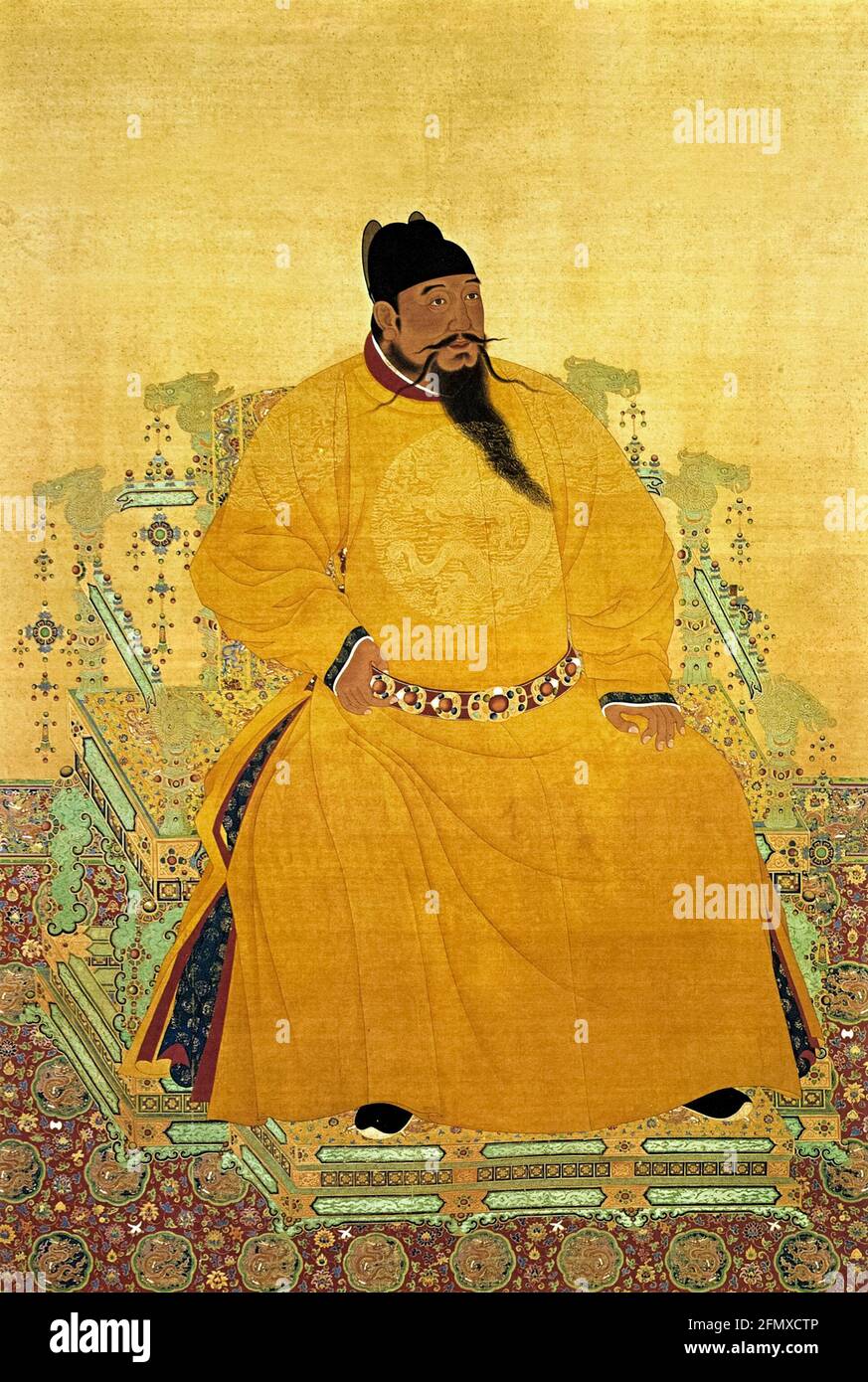 Chinese Emperor, The Yongle Emperor (b.1360-d.1424), portrait on a hanging scroll, 1800-1899 Stock Photohttps://www.alamy.com/image-license-details/?v=1https://www.alamy.com/chinese-emperor-the-yongle-emperor-b1360-d1424-portrait-on-a-hanging-scroll-1800-1899-image425922806.html
Chinese Emperor, The Yongle Emperor (b.1360-d.1424), portrait on a hanging scroll, 1800-1899 Stock Photohttps://www.alamy.com/image-license-details/?v=1https://www.alamy.com/chinese-emperor-the-yongle-emperor-b1360-d1424-portrait-on-a-hanging-scroll-1800-1899-image425922806.htmlRM2FMXCTP–Chinese Emperor, The Yongle Emperor (b.1360-d.1424), portrait on a hanging scroll, 1800-1899
 China: Entrance leading to the stone tablet engraved with the imperial edict of Yongle Emperor (aka Zhu Di, 2 May 1360 - 12 August 1424) to protect the mosque and the followers of Islam in China, Qingjing Mosque, Quanzhou, Fujian Province. The Qingjing Mosque, also known as the Ashab Mosque, was initially built in 1009 during the Song Dynasty (960-1279). It was based on a mosque in Damascus, Syria and is the oldest Arab-style mosque in China. The mosque, built and repaired by Arab Muslims, reflects the longstanding cultural exchange between China and the Arabic countries. Stock Photohttps://www.alamy.com/image-license-details/?v=1https://www.alamy.com/china-entrance-leading-to-the-stone-tablet-engraved-with-the-imperial-edict-of-yongle-emperor-aka-zhu-di-2-may-1360-12-august-1424-to-protect-the-mosque-and-the-followers-of-islam-in-china-qingjing-mosque-quanzhou-fujian-province-the-qingjing-mosque-also-known-as-the-ashab-mosque-was-initially-built-in-1009-during-the-song-dynasty-960-1279-it-was-based-on-a-mosque-in-damascus-syria-and-is-the-oldest-arab-style-mosque-in-china-the-mosque-built-and-repaired-by-arab-muslims-reflects-the-longstanding-cultural-exchange-between-china-and-the-arabic-countries-image344248650.html
China: Entrance leading to the stone tablet engraved with the imperial edict of Yongle Emperor (aka Zhu Di, 2 May 1360 - 12 August 1424) to protect the mosque and the followers of Islam in China, Qingjing Mosque, Quanzhou, Fujian Province. The Qingjing Mosque, also known as the Ashab Mosque, was initially built in 1009 during the Song Dynasty (960-1279). It was based on a mosque in Damascus, Syria and is the oldest Arab-style mosque in China. The mosque, built and repaired by Arab Muslims, reflects the longstanding cultural exchange between China and the Arabic countries. Stock Photohttps://www.alamy.com/image-license-details/?v=1https://www.alamy.com/china-entrance-leading-to-the-stone-tablet-engraved-with-the-imperial-edict-of-yongle-emperor-aka-zhu-di-2-may-1360-12-august-1424-to-protect-the-mosque-and-the-followers-of-islam-in-china-qingjing-mosque-quanzhou-fujian-province-the-qingjing-mosque-also-known-as-the-ashab-mosque-was-initially-built-in-1009-during-the-song-dynasty-960-1279-it-was-based-on-a-mosque-in-damascus-syria-and-is-the-oldest-arab-style-mosque-in-china-the-mosque-built-and-repaired-by-arab-muslims-reflects-the-longstanding-cultural-exchange-between-china-and-the-arabic-countries-image344248650.htmlRM2B01TJJ–China: Entrance leading to the stone tablet engraved with the imperial edict of Yongle Emperor (aka Zhu Di, 2 May 1360 - 12 August 1424) to protect the mosque and the followers of Islam in China, Qingjing Mosque, Quanzhou, Fujian Province. The Qingjing Mosque, also known as the Ashab Mosque, was initially built in 1009 during the Song Dynasty (960-1279). It was based on a mosque in Damascus, Syria and is the oldest Arab-style mosque in China. The mosque, built and repaired by Arab Muslims, reflects the longstanding cultural exchange between China and the Arabic countries.
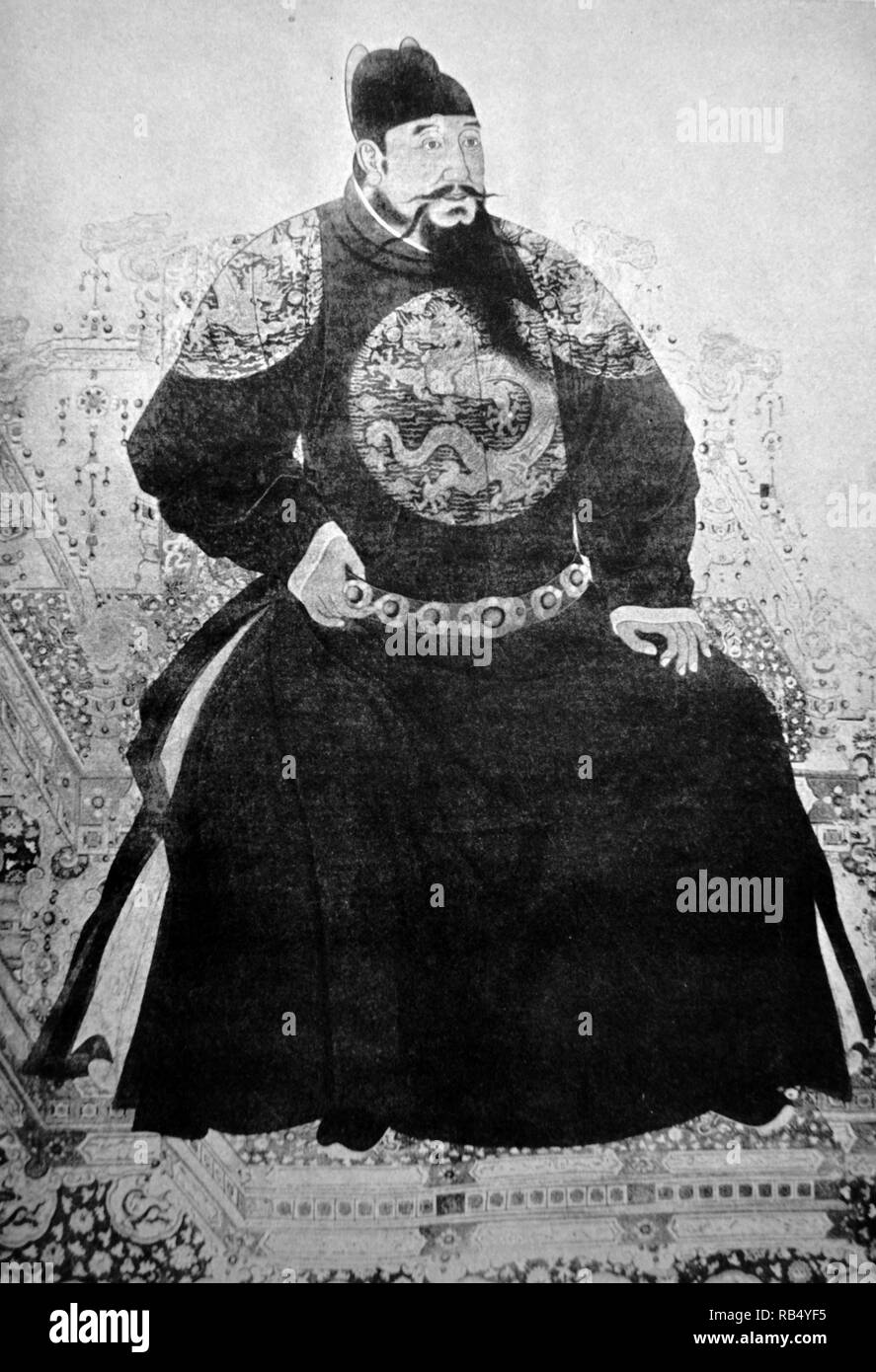 The Yongle Emperor (1360 - 1424), formerly Romanised as the Yung-lo or Yonglo Emperor, was the third emperor of the Ming Dynasty in China, reigning from 1402 to 1424 Stock Photohttps://www.alamy.com/image-license-details/?v=1https://www.alamy.com/the-yongle-emperor-1360-1424-formerly-romanised-as-the-yung-lo-or-yonglo-emperor-was-the-third-emperor-of-the-ming-dynasty-in-china-reigning-from-1402-to-1424-image230605401.html
The Yongle Emperor (1360 - 1424), formerly Romanised as the Yung-lo or Yonglo Emperor, was the third emperor of the Ming Dynasty in China, reigning from 1402 to 1424 Stock Photohttps://www.alamy.com/image-license-details/?v=1https://www.alamy.com/the-yongle-emperor-1360-1424-formerly-romanised-as-the-yung-lo-or-yonglo-emperor-was-the-third-emperor-of-the-ming-dynasty-in-china-reigning-from-1402-to-1424-image230605401.htmlRMRB4YF5–The Yongle Emperor (1360 - 1424), formerly Romanised as the Yung-lo or Yonglo Emperor, was the third emperor of the Ming Dynasty in China, reigning from 1402 to 1424
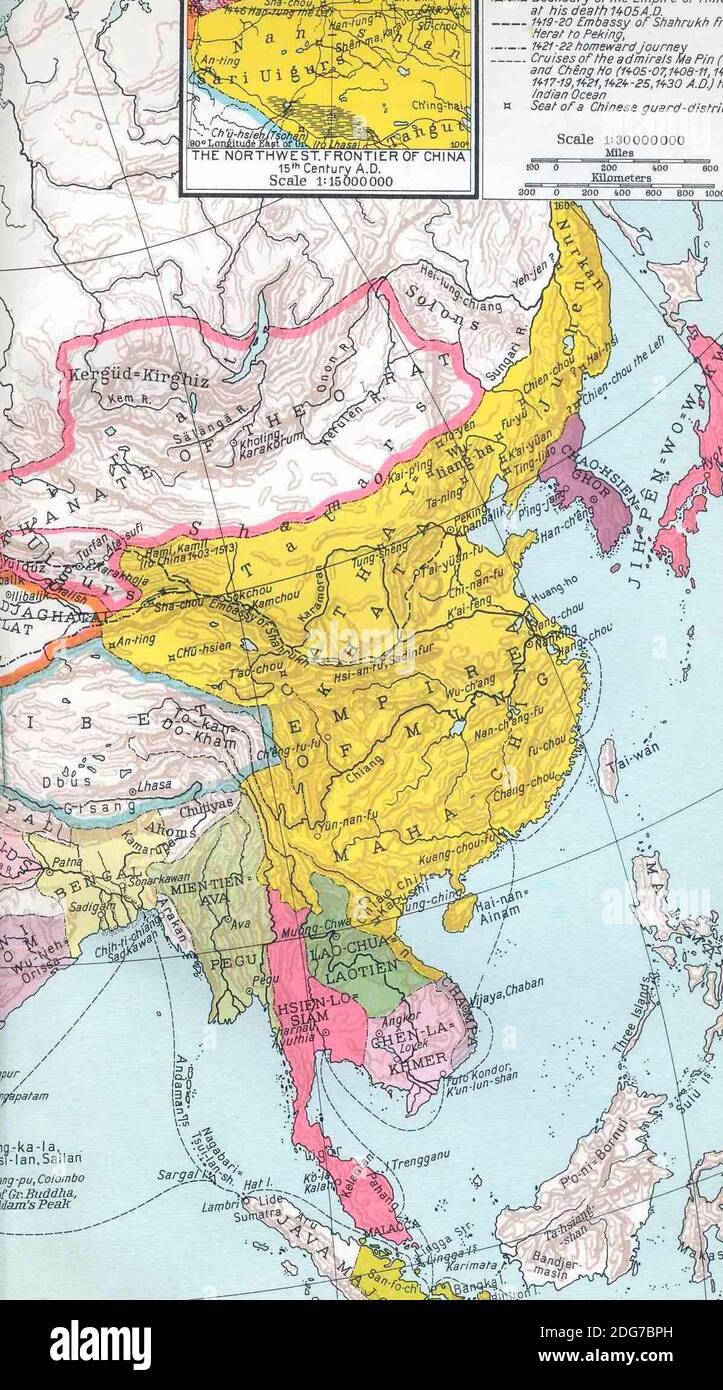 The Ming Empire (in yellow) under the Yongle Emperor, in the year 1415 Stock Photohttps://www.alamy.com/image-license-details/?v=1https://www.alamy.com/the-ming-empire-in-yellow-under-the-yongle-emperor-in-the-year-1415-image388625513.html
The Ming Empire (in yellow) under the Yongle Emperor, in the year 1415 Stock Photohttps://www.alamy.com/image-license-details/?v=1https://www.alamy.com/the-ming-empire-in-yellow-under-the-yongle-emperor-in-the-year-1415-image388625513.htmlRM2DG7BPH–The Ming Empire (in yellow) under the Yongle Emperor, in the year 1415
 Vintage photo of the Great Sacrificial Hall at the Tomb of the Yongle Emperor. The illustration here shewn the outer hall, and gives a front view of the Court and Hall of Sacrifice. This hall, in common with the majority of Chinese temples, faces the south; a rule which also obtains to a great extent among all the dwelling-houses in China, although many exceptions are to be met with in different parts of the country. Stock Photohttps://www.alamy.com/image-license-details/?v=1https://www.alamy.com/vintage-photo-of-the-great-sacrificial-hall-at-the-tomb-of-the-yongle-emperor-the-illustration-here-shewn-the-outer-hall-and-gives-a-front-view-of-the-court-and-hall-of-sacrifice-this-hall-in-common-with-the-majority-of-chinese-temples-faces-the-south-a-rule-which-also-obtains-to-a-great-extent-among-all-the-dwelling-houses-in-china-although-many-exceptions-are-to-be-met-with-in-different-parts-of-the-country-image624387069.html
Vintage photo of the Great Sacrificial Hall at the Tomb of the Yongle Emperor. The illustration here shewn the outer hall, and gives a front view of the Court and Hall of Sacrifice. This hall, in common with the majority of Chinese temples, faces the south; a rule which also obtains to a great extent among all the dwelling-houses in China, although many exceptions are to be met with in different parts of the country. Stock Photohttps://www.alamy.com/image-license-details/?v=1https://www.alamy.com/vintage-photo-of-the-great-sacrificial-hall-at-the-tomb-of-the-yongle-emperor-the-illustration-here-shewn-the-outer-hall-and-gives-a-front-view-of-the-court-and-hall-of-sacrifice-this-hall-in-common-with-the-majority-of-chinese-temples-faces-the-south-a-rule-which-also-obtains-to-a-great-extent-among-all-the-dwelling-houses-in-china-although-many-exceptions-are-to-be-met-with-in-different-parts-of-the-country-image624387069.htmlRM2Y7R825–Vintage photo of the Great Sacrificial Hall at the Tomb of the Yongle Emperor. The illustration here shewn the outer hall, and gives a front view of the Court and Hall of Sacrifice. This hall, in common with the majority of Chinese temples, faces the south; a rule which also obtains to a great extent among all the dwelling-houses in China, although many exceptions are to be met with in different parts of the country.
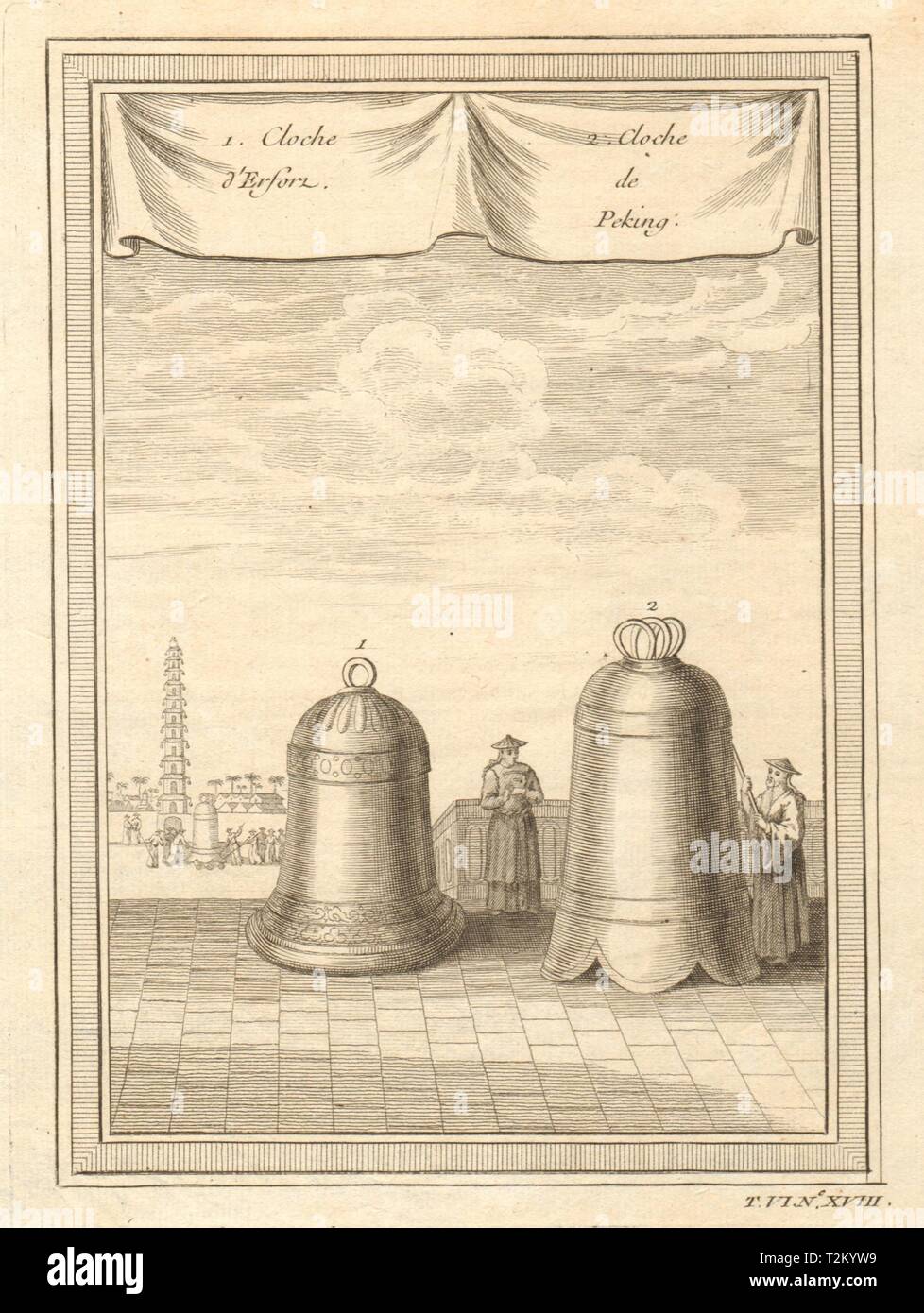 Yongle Big Bell Da Zhong Temple Beijing. Maria Gloriosa Bell Erfurt Germany 1748 Stock Photohttps://www.alamy.com/image-license-details/?v=1https://www.alamy.com/yongle-big-bell-da-zhong-temple-beijing-maria-gloriosa-bell-erfurt-germany-1748-image242613429.html
Yongle Big Bell Da Zhong Temple Beijing. Maria Gloriosa Bell Erfurt Germany 1748 Stock Photohttps://www.alamy.com/image-license-details/?v=1https://www.alamy.com/yongle-big-bell-da-zhong-temple-beijing-maria-gloriosa-bell-erfurt-germany-1748-image242613429.htmlRFT2KYW9–Yongle Big Bell Da Zhong Temple Beijing. Maria Gloriosa Bell Erfurt Germany 1748
 Bronze statue of the Yongle Emperor, Zhu Di, third emperor of the Ming Dynasty, at the Ming Dynasty tombs, Beijing, China. Stock Photohttps://www.alamy.com/image-license-details/?v=1https://www.alamy.com/stock-photo-bronze-statue-of-the-yongle-emperor-zhu-di-third-emperor-of-the-ming-48931081.html
Bronze statue of the Yongle Emperor, Zhu Di, third emperor of the Ming Dynasty, at the Ming Dynasty tombs, Beijing, China. Stock Photohttps://www.alamy.com/image-license-details/?v=1https://www.alamy.com/stock-photo-bronze-statue-of-the-yongle-emperor-zhu-di-third-emperor-of-the-ming-48931081.htmlRFCRH02H–Bronze statue of the Yongle Emperor, Zhu Di, third emperor of the Ming Dynasty, at the Ming Dynasty tombs, Beijing, China.
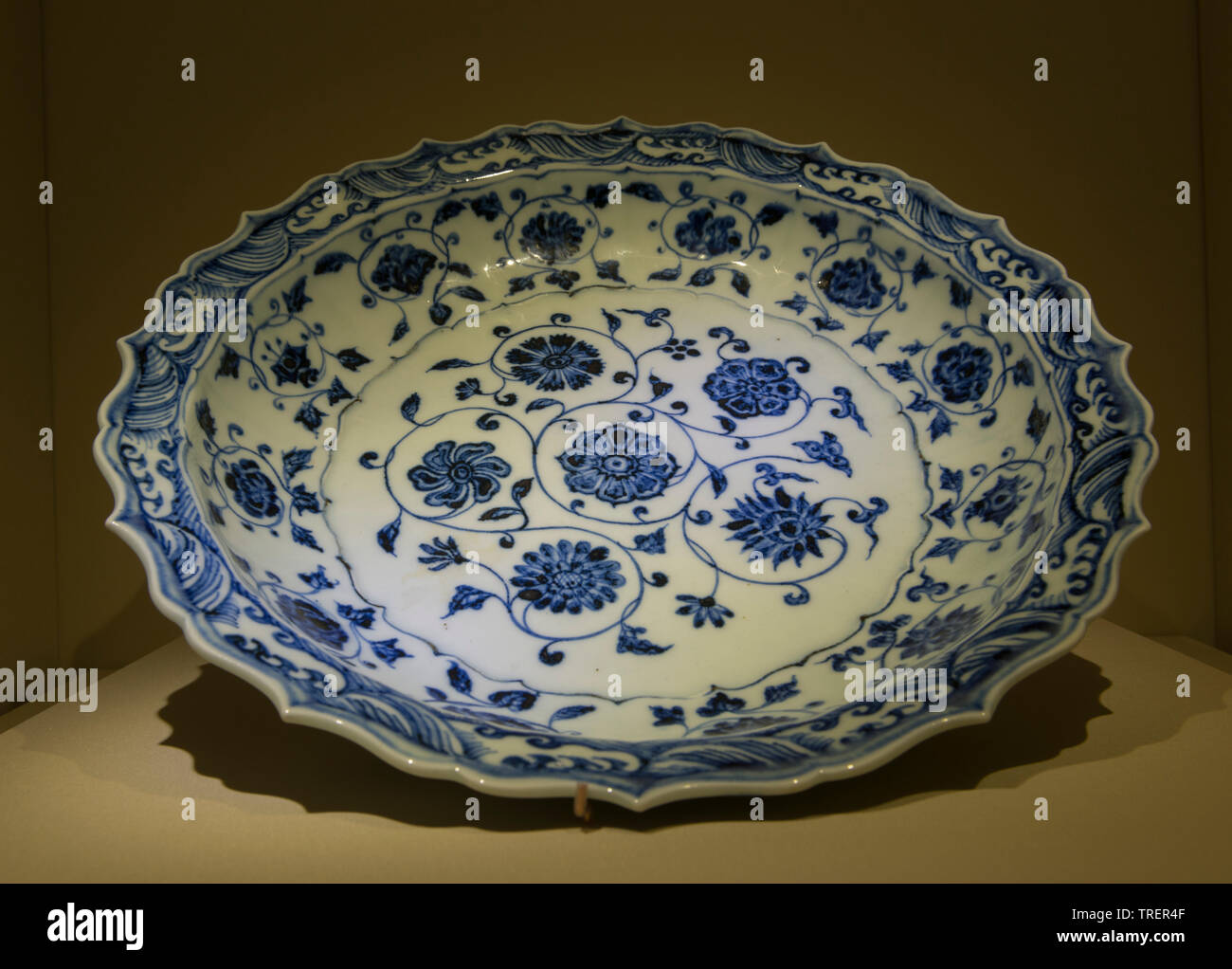 Blue-and-white plate with flower scrolls design of the Yongle era. Yongle period, Ming dynasty, 1403-1424 CE. National Museum of China Stock Photohttps://www.alamy.com/image-license-details/?v=1https://www.alamy.com/blue-and-white-plate-with-flower-scrolls-design-of-the-yongle-era-yongle-period-ming-dynasty-1403-1424-ce-national-museum-of-china-image255407727.html
Blue-and-white plate with flower scrolls design of the Yongle era. Yongle period, Ming dynasty, 1403-1424 CE. National Museum of China Stock Photohttps://www.alamy.com/image-license-details/?v=1https://www.alamy.com/blue-and-white-plate-with-flower-scrolls-design-of-the-yongle-era-yongle-period-ming-dynasty-1403-1424-ce-national-museum-of-china-image255407727.htmlRMTRER4F–Blue-and-white plate with flower scrolls design of the Yongle era. Yongle period, Ming dynasty, 1403-1424 CE. National Museum of China
 Taipei, Taiwan - March 15, 2020: Yongle Fabric Market at Dihua Street, is the center of fabric trade in Taiwan. Dihua Street is the most popular groce Stock Photohttps://www.alamy.com/image-license-details/?v=1https://www.alamy.com/taipei-taiwan-march-15-2020-yongle-fabric-market-at-dihua-street-is-the-center-of-fabric-trade-in-taiwan-dihua-street-is-the-most-popular-groce-image348797240.html
Taipei, Taiwan - March 15, 2020: Yongle Fabric Market at Dihua Street, is the center of fabric trade in Taiwan. Dihua Street is the most popular groce Stock Photohttps://www.alamy.com/image-license-details/?v=1https://www.alamy.com/taipei-taiwan-march-15-2020-yongle-fabric-market-at-dihua-street-is-the-center-of-fabric-trade-in-taiwan-dihua-street-is-the-most-popular-groce-image348797240.htmlRF2B7D2C8–Taipei, Taiwan - March 15, 2020: Yongle Fabric Market at Dihua Street, is the center of fabric trade in Taiwan. Dihua Street is the most popular groce
 Bronze statue of the Yongle Emperor, Changling Tomb, Ming Tombs, Beijing, China Stock Photohttps://www.alamy.com/image-license-details/?v=1https://www.alamy.com/stock-photo-bronze-statue-of-the-yongle-emperor-changling-tomb-ming-tombs-beijing-15119716.html
Bronze statue of the Yongle Emperor, Changling Tomb, Ming Tombs, Beijing, China Stock Photohttps://www.alamy.com/image-license-details/?v=1https://www.alamy.com/stock-photo-bronze-statue-of-the-yongle-emperor-changling-tomb-ming-tombs-beijing-15119716.htmlRMAM1NRH–Bronze statue of the Yongle Emperor, Changling Tomb, Ming Tombs, Beijing, China
 Inspired by Bowl with Design of Double Chrysanthemum Petals on Exterior and Mallow Flower on Interior, Chinese, Ming dynasty, 1368–1644, Yongle period, 1403–1424, through Xuande period, 1426–1435, early 15th century, Longquan ware; stoneware with incised and molded decoration under celadon glaze, Reimagined by Artotop. Classic art reinvented with a modern twist. Design of warm cheerful glowing of brightness and light ray radiance. Photography inspired by surrealism and futurism, embracing dynamic energy of modern technology, movement, speed and revolutionize culture Stock Photohttps://www.alamy.com/image-license-details/?v=1https://www.alamy.com/inspired-by-bowl-with-design-of-double-chrysanthemum-petals-on-exterior-and-mallow-flower-on-interior-chinese-ming-dynasty-13681644-yongle-period-14031424-through-xuande-period-14261435-early-15th-century-longquan-ware-stoneware-with-incised-and-molded-decoration-under-celadon-glaze-reimagined-by-artotop-classic-art-reinvented-with-a-modern-twist-design-of-warm-cheerful-glowing-of-brightness-and-light-ray-radiance-photography-inspired-by-surrealism-and-futurism-embracing-dynamic-energy-of-modern-technology-movement-speed-and-revolutionize-culture-image459286215.html
Inspired by Bowl with Design of Double Chrysanthemum Petals on Exterior and Mallow Flower on Interior, Chinese, Ming dynasty, 1368–1644, Yongle period, 1403–1424, through Xuande period, 1426–1435, early 15th century, Longquan ware; stoneware with incised and molded decoration under celadon glaze, Reimagined by Artotop. Classic art reinvented with a modern twist. Design of warm cheerful glowing of brightness and light ray radiance. Photography inspired by surrealism and futurism, embracing dynamic energy of modern technology, movement, speed and revolutionize culture Stock Photohttps://www.alamy.com/image-license-details/?v=1https://www.alamy.com/inspired-by-bowl-with-design-of-double-chrysanthemum-petals-on-exterior-and-mallow-flower-on-interior-chinese-ming-dynasty-13681644-yongle-period-14031424-through-xuande-period-14261435-early-15th-century-longquan-ware-stoneware-with-incised-and-molded-decoration-under-celadon-glaze-reimagined-by-artotop-classic-art-reinvented-with-a-modern-twist-design-of-warm-cheerful-glowing-of-brightness-and-light-ray-radiance-photography-inspired-by-surrealism-and-futurism-embracing-dynamic-energy-of-modern-technology-movement-speed-and-revolutionize-culture-image459286215.htmlRF2HK6873–Inspired by Bowl with Design of Double Chrysanthemum Petals on Exterior and Mallow Flower on Interior, Chinese, Ming dynasty, 1368–1644, Yongle period, 1403–1424, through Xuande period, 1426–1435, early 15th century, Longquan ware; stoneware with incised and molded decoration under celadon glaze, Reimagined by Artotop. Classic art reinvented with a modern twist. Design of warm cheerful glowing of brightness and light ray radiance. Photography inspired by surrealism and futurism, embracing dynamic energy of modern technology, movement, speed and revolutionize culture
 Ming Dynasty Coin Yongle Emperor Stock Photohttps://www.alamy.com/image-license-details/?v=1https://www.alamy.com/stock-photo-ming-dynasty-coin-yongle-emperor-175643000.html
Ming Dynasty Coin Yongle Emperor Stock Photohttps://www.alamy.com/image-license-details/?v=1https://www.alamy.com/stock-photo-ming-dynasty-coin-yongle-emperor-175643000.htmlRMM5N6C8–Ming Dynasty Coin Yongle Emperor
 A statue of Emperor Yongle. Changling - Ming Tombs near Beijing, China. Stock Photohttps://www.alamy.com/image-license-details/?v=1https://www.alamy.com/stock-photo-a-statue-of-emperor-yongle-changling-ming-tombs-near-beijing-china-111534926.html
A statue of Emperor Yongle. Changling - Ming Tombs near Beijing, China. Stock Photohttps://www.alamy.com/image-license-details/?v=1https://www.alamy.com/stock-photo-a-statue-of-emperor-yongle-changling-ming-tombs-near-beijing-china-111534926.htmlRFGDCRX6–A statue of Emperor Yongle. Changling - Ming Tombs near Beijing, China.
 Ming dynasty, Yongle reign period. Porcelain painted in under glaze cobalt blue,.Jingdezhen, Jiangxi province. Stock Photohttps://www.alamy.com/image-license-details/?v=1https://www.alamy.com/stock-photo-ming-dynasty-yongle-reign-period-porcelain-painted-in-under-glaze-57405169.html
Ming dynasty, Yongle reign period. Porcelain painted in under glaze cobalt blue,.Jingdezhen, Jiangxi province. Stock Photohttps://www.alamy.com/image-license-details/?v=1https://www.alamy.com/stock-photo-ming-dynasty-yongle-reign-period-porcelain-painted-in-under-glaze-57405169.htmlRMD9B0TH–Ming dynasty, Yongle reign period. Porcelain painted in under glaze cobalt blue,.Jingdezhen, Jiangxi province.
 statue of Yongle Ming emperor, Zhu Di, Ming Tombs, Changling Mausoleum, China Stock Photohttps://www.alamy.com/image-license-details/?v=1https://www.alamy.com/stock-photo-statue-of-yongle-ming-emperor-zhu-di-ming-tombs-changling-mausoleum-171642414.html
statue of Yongle Ming emperor, Zhu Di, Ming Tombs, Changling Mausoleum, China Stock Photohttps://www.alamy.com/image-license-details/?v=1https://www.alamy.com/stock-photo-statue-of-yongle-ming-emperor-zhu-di-ming-tombs-changling-mausoleum-171642414.htmlRMKY6YJ6–statue of Yongle Ming emperor, Zhu Di, Ming Tombs, Changling Mausoleum, China
 Ritual Staff (Khatvanga), Ming dynasty (1368–1644), Yongle period (1403–24), 1403–1424, China, Iron inlaid with gold and silver Stock Photohttps://www.alamy.com/image-license-details/?v=1https://www.alamy.com/stock-image-ritual-staff-khatvanga-ming-dynasty-13681644-yongle-period-140324-162432300.html
Ritual Staff (Khatvanga), Ming dynasty (1368–1644), Yongle period (1403–24), 1403–1424, China, Iron inlaid with gold and silver Stock Photohttps://www.alamy.com/image-license-details/?v=1https://www.alamy.com/stock-image-ritual-staff-khatvanga-ming-dynasty-13681644-yongle-period-140324-162432300.htmlRMKC7C1G–Ritual Staff (Khatvanga), Ming dynasty (1368–1644), Yongle period (1403–24), 1403–1424, China, Iron inlaid with gold and silver
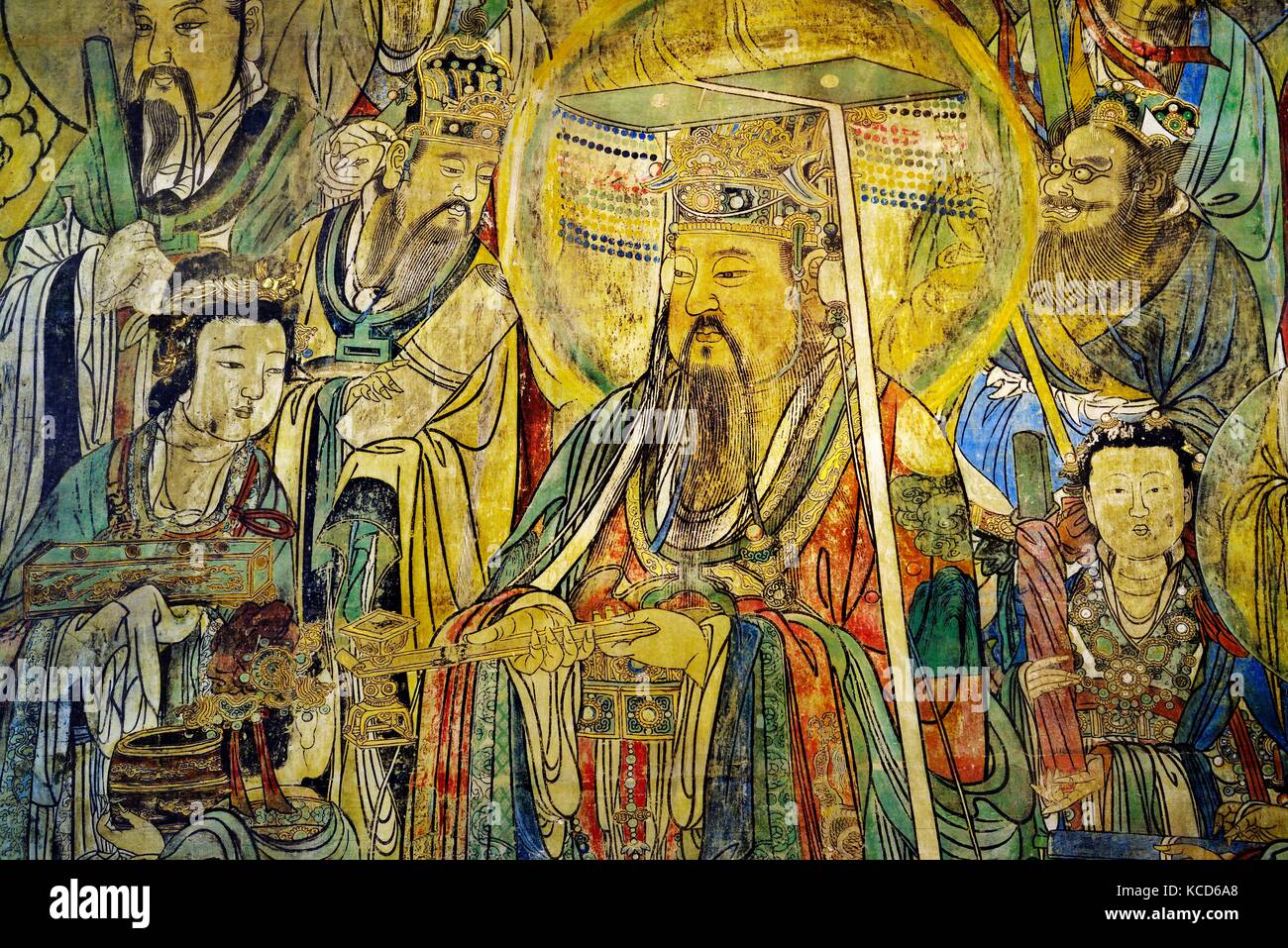 Yuan Dynasty. Detail of Taoist Deities Visit the Celestial Worthy of the Original Beginning. Mural from Pure Trinity Hall, Yongle Palace, Shanxi China Stock Photohttps://www.alamy.com/image-license-details/?v=1https://www.alamy.com/stock-image-yuan-dynasty-detail-of-taoist-deities-visit-the-celestial-worthy-of-162559552.html
Yuan Dynasty. Detail of Taoist Deities Visit the Celestial Worthy of the Original Beginning. Mural from Pure Trinity Hall, Yongle Palace, Shanxi China Stock Photohttps://www.alamy.com/image-license-details/?v=1https://www.alamy.com/stock-image-yuan-dynasty-detail-of-taoist-deities-visit-the-celestial-worthy-of-162559552.htmlRMKCD6A8–Yuan Dynasty. Detail of Taoist Deities Visit the Celestial Worthy of the Original Beginning. Mural from Pure Trinity Hall, Yongle Palace, Shanxi China
 Yongle Emperor portrait Stock Photohttps://www.alamy.com/image-license-details/?v=1https://www.alamy.com/stock-photo-yongle-emperor-portrait-140705680.html
Yongle Emperor portrait Stock Photohttps://www.alamy.com/image-license-details/?v=1https://www.alamy.com/stock-photo-yongle-emperor-portrait-140705680.htmlRMJ4WKET–Yongle Emperor portrait
 c.1880s China - Ming tombs - tomb of Yongle, the second Ming emperor Stock Photohttps://www.alamy.com/image-license-details/?v=1https://www.alamy.com/c1880s-china-ming-tombs-tomb-of-yongle-the-second-ming-emperor-image560798225.html
c.1880s China - Ming tombs - tomb of Yongle, the second Ming emperor Stock Photohttps://www.alamy.com/image-license-details/?v=1https://www.alamy.com/c1880s-china-ming-tombs-tomb-of-yongle-the-second-ming-emperor-image560798225.htmlRM2RGAFT1–c.1880s China - Ming tombs - tomb of Yongle, the second Ming emperor
 China, Beijing, Chang Ling, Statue of the Yongle Emperor, bronze figure of third Ming emperor Stock Photohttps://www.alamy.com/image-license-details/?v=1https://www.alamy.com/stock-photo-china-beijing-chang-ling-statue-of-the-yongle-emperor-bronze-figure-11510525.html
China, Beijing, Chang Ling, Statue of the Yongle Emperor, bronze figure of third Ming emperor Stock Photohttps://www.alamy.com/image-license-details/?v=1https://www.alamy.com/stock-photo-china-beijing-chang-ling-statue-of-the-yongle-emperor-bronze-figure-11510525.htmlRMA6A45J–China, Beijing, Chang Ling, Statue of the Yongle Emperor, bronze figure of third Ming emperor
 China: Stone tablet engraved with the imperial edict of Yongle Emperor (aka Zhu Di, 2 May 1360 - 12 August 1424) to protect the mosque and the followers of Islam in China, Qingjing Mosque, Quanzhou, Fujian Province. The Qingjing Mosque, also known as the Ashab Mosque, was initially built in 1009 during the Song Dynasty (960-1279). It was based on a mosque in Damascus, Syria and is the oldest Arab-style mosque in China. The mosque, built and repaired by Arab Muslims, reflects the longstanding cultural exchange between China and the Arabic countries. Stock Photohttps://www.alamy.com/image-license-details/?v=1https://www.alamy.com/china-stone-tablet-engraved-with-the-imperial-edict-of-yongle-emperor-aka-zhu-di-2-may-1360-12-august-1424-to-protect-the-mosque-and-the-followers-of-islam-in-china-qingjing-mosque-quanzhou-fujian-province-the-qingjing-mosque-also-known-as-the-ashab-mosque-was-initially-built-in-1009-during-the-song-dynasty-960-1279-it-was-based-on-a-mosque-in-damascus-syria-and-is-the-oldest-arab-style-mosque-in-china-the-mosque-built-and-repaired-by-arab-muslims-reflects-the-longstanding-cultural-exchange-between-china-and-the-arabic-countries-image344248647.html
China: Stone tablet engraved with the imperial edict of Yongle Emperor (aka Zhu Di, 2 May 1360 - 12 August 1424) to protect the mosque and the followers of Islam in China, Qingjing Mosque, Quanzhou, Fujian Province. The Qingjing Mosque, also known as the Ashab Mosque, was initially built in 1009 during the Song Dynasty (960-1279). It was based on a mosque in Damascus, Syria and is the oldest Arab-style mosque in China. The mosque, built and repaired by Arab Muslims, reflects the longstanding cultural exchange between China and the Arabic countries. Stock Photohttps://www.alamy.com/image-license-details/?v=1https://www.alamy.com/china-stone-tablet-engraved-with-the-imperial-edict-of-yongle-emperor-aka-zhu-di-2-may-1360-12-august-1424-to-protect-the-mosque-and-the-followers-of-islam-in-china-qingjing-mosque-quanzhou-fujian-province-the-qingjing-mosque-also-known-as-the-ashab-mosque-was-initially-built-in-1009-during-the-song-dynasty-960-1279-it-was-based-on-a-mosque-in-damascus-syria-and-is-the-oldest-arab-style-mosque-in-china-the-mosque-built-and-repaired-by-arab-muslims-reflects-the-longstanding-cultural-exchange-between-china-and-the-arabic-countries-image344248647.htmlRM2B01TJF–China: Stone tablet engraved with the imperial edict of Yongle Emperor (aka Zhu Di, 2 May 1360 - 12 August 1424) to protect the mosque and the followers of Islam in China, Qingjing Mosque, Quanzhou, Fujian Province. The Qingjing Mosque, also known as the Ashab Mosque, was initially built in 1009 during the Song Dynasty (960-1279). It was based on a mosque in Damascus, Syria and is the oldest Arab-style mosque in China. The mosque, built and repaired by Arab Muslims, reflects the longstanding cultural exchange between China and the Arabic countries.
 Statue of Mahasiddha Vitupa, Yongle Period, Mimg Dynasty (1403 - 1424) The Capital Museum, Beijing, China Stock Photohttps://www.alamy.com/image-license-details/?v=1https://www.alamy.com/statue-of-mahasiddha-vitupa-yongle-period-mimg-dynasty-1403-1424-the-image151405378.html
Statue of Mahasiddha Vitupa, Yongle Period, Mimg Dynasty (1403 - 1424) The Capital Museum, Beijing, China Stock Photohttps://www.alamy.com/image-license-details/?v=1https://www.alamy.com/statue-of-mahasiddha-vitupa-yongle-period-mimg-dynasty-1403-1424-the-image151405378.htmlRMJP932X–Statue of Mahasiddha Vitupa, Yongle Period, Mimg Dynasty (1403 - 1424) The Capital Museum, Beijing, China
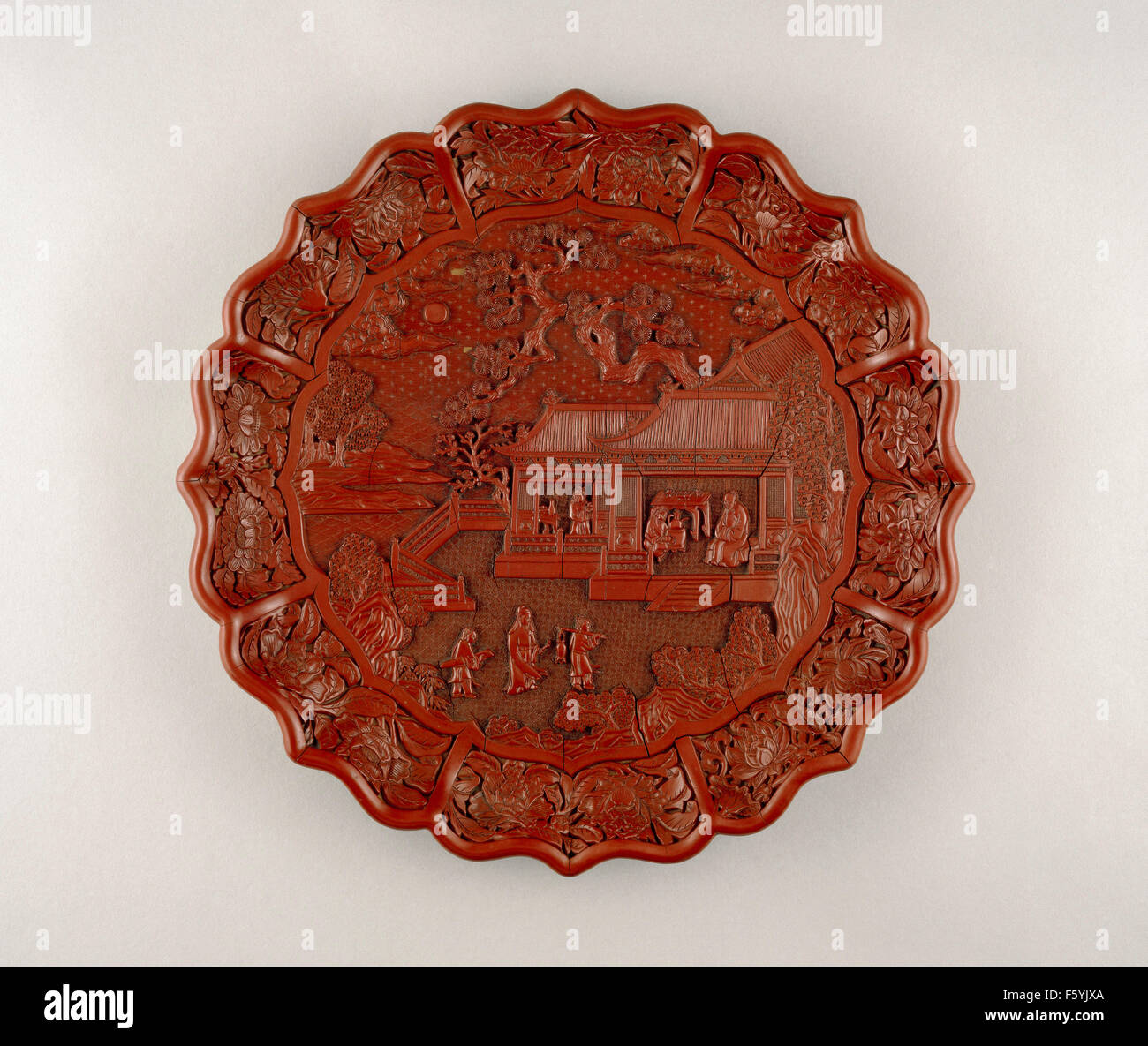 Carved red lacquer on wood core, Yongle mark and period 1403-24, South China. Diameter 34.8 cm © The Trustees of the British Mus Stock Photohttps://www.alamy.com/image-license-details/?v=1https://www.alamy.com/stock-photo-carved-red-lacquer-on-wood-core-yongle-mark-and-period-1403-24-south-89732674.html
Carved red lacquer on wood core, Yongle mark and period 1403-24, South China. Diameter 34.8 cm © The Trustees of the British Mus Stock Photohttps://www.alamy.com/image-license-details/?v=1https://www.alamy.com/stock-photo-carved-red-lacquer-on-wood-core-yongle-mark-and-period-1403-24-south-89732674.htmlRMF5YJXA–Carved red lacquer on wood core, Yongle mark and period 1403-24, South China. Diameter 34.8 cm © The Trustees of the British Mus
 A large bronze statue of Zhu Di -Emperor Yongle- sitting on his imperial throne inside the Hall of Eminent Favor, Ming Tombs Stock Photohttps://www.alamy.com/image-license-details/?v=1https://www.alamy.com/a-large-bronze-statue-of-zhu-di-emperor-yongle-sitting-on-his-imperial-image9300744.html
A large bronze statue of Zhu Di -Emperor Yongle- sitting on his imperial throne inside the Hall of Eminent Favor, Ming Tombs Stock Photohttps://www.alamy.com/image-license-details/?v=1https://www.alamy.com/a-large-bronze-statue-of-zhu-di-emperor-yongle-sitting-on-his-imperial-image9300744.htmlRMATCMG9–A large bronze statue of Zhu Di -Emperor Yongle- sitting on his imperial throne inside the Hall of Eminent Favor, Ming Tombs
 famous attraction of Yongle Fabric Market Stock Photohttps://www.alamy.com/image-license-details/?v=1https://www.alamy.com/famous-attraction-of-yongle-fabric-market-image343827142.html
famous attraction of Yongle Fabric Market Stock Photohttps://www.alamy.com/image-license-details/?v=1https://www.alamy.com/famous-attraction-of-yongle-fabric-market-image343827142.htmlRF2AYAK0P–famous attraction of Yongle Fabric Market
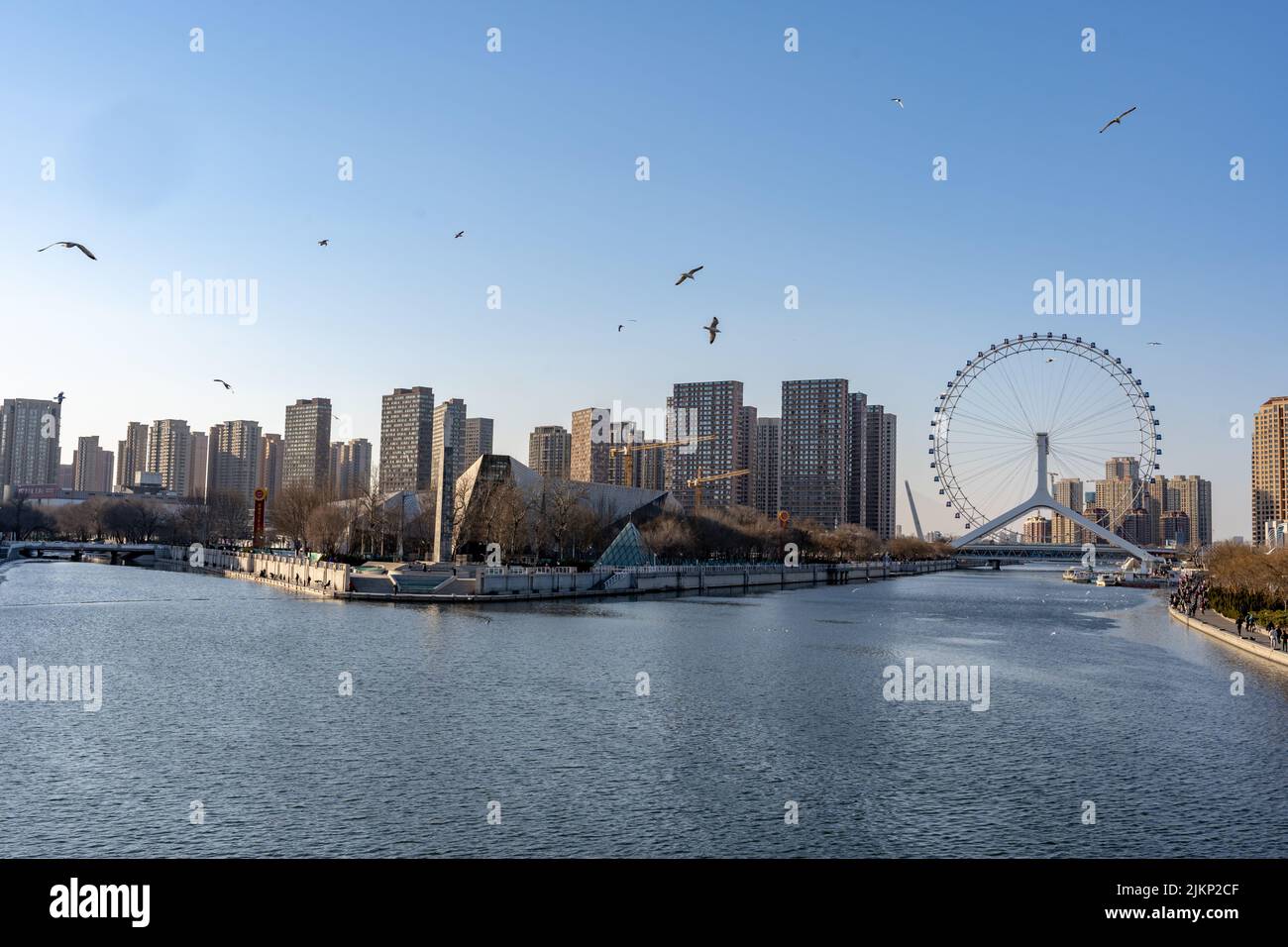 The Tientsin Eye giant Ferris wheel above the Yongle Bridge over the Hai River in Tianjin, China. Stock Photohttps://www.alamy.com/image-license-details/?v=1https://www.alamy.com/the-tientsin-eye-giant-ferris-wheel-above-the-yongle-bridge-over-the-hai-river-in-tianjin-china-image476843263.html
The Tientsin Eye giant Ferris wheel above the Yongle Bridge over the Hai River in Tianjin, China. Stock Photohttps://www.alamy.com/image-license-details/?v=1https://www.alamy.com/the-tientsin-eye-giant-ferris-wheel-above-the-yongle-bridge-over-the-hai-river-in-tianjin-china-image476843263.htmlRF2JKP2CF–The Tientsin Eye giant Ferris wheel above the Yongle Bridge over the Hai River in Tianjin, China.
 Statue of the Yongle, Emperor Zhu Di, Ming tombs Stock Photohttps://www.alamy.com/image-license-details/?v=1https://www.alamy.com/statue-of-the-yongle-emperor-zhu-di-ming-tombs-image7121960.html
Statue of the Yongle, Emperor Zhu Di, Ming tombs Stock Photohttps://www.alamy.com/image-license-details/?v=1https://www.alamy.com/statue-of-the-yongle-emperor-zhu-di-ming-tombs-image7121960.htmlRMA9YCJ9–Statue of the Yongle, Emperor Zhu Di, Ming tombs
 Tainan, Taiwan - February 28, 2016 : entrance of traditional yongle market on Guohua street. it's one of the biggest market in tainan selling many kin Stock Photohttps://www.alamy.com/image-license-details/?v=1https://www.alamy.com/tainan-taiwan-february-28-2016-entrance-of-traditional-yongle-market-on-guohua-street-its-one-of-the-biggest-market-in-tainan-selling-many-kin-image345757875.html
Tainan, Taiwan - February 28, 2016 : entrance of traditional yongle market on Guohua street. it's one of the biggest market in tainan selling many kin Stock Photohttps://www.alamy.com/image-license-details/?v=1https://www.alamy.com/tainan-taiwan-february-28-2016-entrance-of-traditional-yongle-market-on-guohua-street-its-one-of-the-biggest-market-in-tainan-selling-many-kin-image345757875.htmlRF2B2EHKF–Tainan, Taiwan - February 28, 2016 : entrance of traditional yongle market on Guohua street. it's one of the biggest market in tainan selling many kin
 Aerial view cityscape of Tianjin ferris wheel. Famous Tianjin Eye ferris wheel above the Yongle Bridge and the Haihe river. Popular modern landmark in Tianjin, China. October, 28th, 2019 Stock Photohttps://www.alamy.com/image-license-details/?v=1https://www.alamy.com/aerial-view-cityscape-of-tianjin-ferris-wheel-famous-tianjin-eye-ferris-wheel-above-the-yongle-bridge-and-the-haihe-river-popular-modern-landmark-in-tianjin-china-october-28th-2019-image332153122.html
Aerial view cityscape of Tianjin ferris wheel. Famous Tianjin Eye ferris wheel above the Yongle Bridge and the Haihe river. Popular modern landmark in Tianjin, China. October, 28th, 2019 Stock Photohttps://www.alamy.com/image-license-details/?v=1https://www.alamy.com/aerial-view-cityscape-of-tianjin-ferris-wheel-famous-tianjin-eye-ferris-wheel-above-the-yongle-bridge-and-the-haihe-river-popular-modern-landmark-in-tianjin-china-october-28th-2019-image332153122.htmlRF2A8ATKE–Aerial view cityscape of Tianjin ferris wheel. Famous Tianjin Eye ferris wheel above the Yongle Bridge and the Haihe river. Popular modern landmark in Tianjin, China. October, 28th, 2019
 Art inspired by Cup, Ming dynasty (1368–1644), Yongle period (1403–24), China, Porcelain, H. 1 3/8 in. (3.5 cm); Diam. 3 1/8 in. (7.9 cm), Ceramics, Classic works modernized by Artotop with a splash of modernity. Shapes, color and value, eye-catching visual impact on art. Emotions through freedom of artworks in a contemporary way. A timeless message pursuing a wildly creative new direction. Artists turning to the digital medium and creating the Artotop NFT Stock Photohttps://www.alamy.com/image-license-details/?v=1https://www.alamy.com/art-inspired-by-cup-ming-dynasty-13681644-yongle-period-140324-china-porcelain-h-1-38-in-35-cm-diam-3-18-in-79-cm-ceramics-classic-works-modernized-by-artotop-with-a-splash-of-modernity-shapes-color-and-value-eye-catching-visual-impact-on-art-emotions-through-freedom-of-artworks-in-a-contemporary-way-a-timeless-message-pursuing-a-wildly-creative-new-direction-artists-turning-to-the-digital-medium-and-creating-the-artotop-nft-image462764695.html
Art inspired by Cup, Ming dynasty (1368–1644), Yongle period (1403–24), China, Porcelain, H. 1 3/8 in. (3.5 cm); Diam. 3 1/8 in. (7.9 cm), Ceramics, Classic works modernized by Artotop with a splash of modernity. Shapes, color and value, eye-catching visual impact on art. Emotions through freedom of artworks in a contemporary way. A timeless message pursuing a wildly creative new direction. Artists turning to the digital medium and creating the Artotop NFT Stock Photohttps://www.alamy.com/image-license-details/?v=1https://www.alamy.com/art-inspired-by-cup-ming-dynasty-13681644-yongle-period-140324-china-porcelain-h-1-38-in-35-cm-diam-3-18-in-79-cm-ceramics-classic-works-modernized-by-artotop-with-a-splash-of-modernity-shapes-color-and-value-eye-catching-visual-impact-on-art-emotions-through-freedom-of-artworks-in-a-contemporary-way-a-timeless-message-pursuing-a-wildly-creative-new-direction-artists-turning-to-the-digital-medium-and-creating-the-artotop-nft-image462764695.htmlRF2HTTN2F–Art inspired by Cup, Ming dynasty (1368–1644), Yongle period (1403–24), China, Porcelain, H. 1 3/8 in. (3.5 cm); Diam. 3 1/8 in. (7.9 cm), Ceramics, Classic works modernized by Artotop with a splash of modernity. Shapes, color and value, eye-catching visual impact on art. Emotions through freedom of artworks in a contemporary way. A timeless message pursuing a wildly creative new direction. Artists turning to the digital medium and creating the Artotop NFT
 Ming Dynasty Coin Yongle Emperor Stock Photohttps://www.alamy.com/image-license-details/?v=1https://www.alamy.com/stock-photo-ming-dynasty-coin-yongle-emperor-130500991.html
Ming Dynasty Coin Yongle Emperor Stock Photohttps://www.alamy.com/image-license-details/?v=1https://www.alamy.com/stock-photo-ming-dynasty-coin-yongle-emperor-130500991.htmlRMHG8R9K–Ming Dynasty Coin Yongle Emperor
 A statue of Emperor Yongle. Changling - Ming Tombs near Beijing, China. Stock Photohttps://www.alamy.com/image-license-details/?v=1https://www.alamy.com/stock-photo-a-statue-of-emperor-yongle-changling-ming-tombs-near-beijing-china-111534967.html
A statue of Emperor Yongle. Changling - Ming Tombs near Beijing, China. Stock Photohttps://www.alamy.com/image-license-details/?v=1https://www.alamy.com/stock-photo-a-statue-of-emperor-yongle-changling-ming-tombs-near-beijing-china-111534967.htmlRFGDCRYK–A statue of Emperor Yongle. Changling - Ming Tombs near Beijing, China.
 Guozijian (Imperial College), located on Guozijian Street in Beijing, China, was China's national university during the Yuan, Ming and Qing dynasties, and the last Guozijian of China. Most of the Beijing Guozijian's buildings were built during the Ming Dynasty and it remains an important heritage site in China. The Guozijian was shut down in 1905. The Guozijian was first built in 1306 during the 24th year of Zhiyuan Reign of the Yuan Dynasty, and was reconstructed and renovated on a large scale during Yongle and Zhengtong reigns of the Ming Dynasty Stock Photohttps://www.alamy.com/image-license-details/?v=1https://www.alamy.com/guozijian-imperial-college-located-on-guozijian-street-in-beijing-china-was-chinas-national-university-during-the-yuan-ming-and-qing-dynasties-and-the-last-guozijian-of-china-most-of-the-beijing-guozijians-buildings-were-built-during-the-ming-dynasty-and-it-remains-an-important-heritage-site-in-china-the-guozijian-was-shut-down-in-1905-the-guozijian-was-first-built-in-1306-during-the-24th-year-of-zhiyuan-reign-of-the-yuan-dynasty-and-was-reconstructed-and-renovated-on-a-large-scale-during-yongle-and-zhengtong-reigns-of-the-ming-dynasty-image186419767.html
Guozijian (Imperial College), located on Guozijian Street in Beijing, China, was China's national university during the Yuan, Ming and Qing dynasties, and the last Guozijian of China. Most of the Beijing Guozijian's buildings were built during the Ming Dynasty and it remains an important heritage site in China. The Guozijian was shut down in 1905. The Guozijian was first built in 1306 during the 24th year of Zhiyuan Reign of the Yuan Dynasty, and was reconstructed and renovated on a large scale during Yongle and Zhengtong reigns of the Ming Dynasty Stock Photohttps://www.alamy.com/image-license-details/?v=1https://www.alamy.com/guozijian-imperial-college-located-on-guozijian-street-in-beijing-china-was-chinas-national-university-during-the-yuan-ming-and-qing-dynasties-and-the-last-guozijian-of-china-most-of-the-beijing-guozijians-buildings-were-built-during-the-ming-dynasty-and-it-remains-an-important-heritage-site-in-china-the-guozijian-was-shut-down-in-1905-the-guozijian-was-first-built-in-1306-during-the-24th-year-of-zhiyuan-reign-of-the-yuan-dynasty-and-was-reconstructed-and-renovated-on-a-large-scale-during-yongle-and-zhengtong-reigns-of-the-ming-dynasty-image186419767.htmlRMMR848R–Guozijian (Imperial College), located on Guozijian Street in Beijing, China, was China's national university during the Yuan, Ming and Qing dynasties, and the last Guozijian of China. Most of the Beijing Guozijian's buildings were built during the Ming Dynasty and it remains an important heritage site in China. The Guozijian was shut down in 1905. The Guozijian was first built in 1306 during the 24th year of Zhiyuan Reign of the Yuan Dynasty, and was reconstructed and renovated on a large scale during Yongle and Zhengtong reigns of the Ming Dynasty
 statue of Yongle Ming emperor, Zhu Di, Ming Tombs, Changling Mausoleum, China Stock Photohttps://www.alamy.com/image-license-details/?v=1https://www.alamy.com/stock-photo-statue-of-yongle-ming-emperor-zhu-di-ming-tombs-changling-mausoleum-171642385.html
statue of Yongle Ming emperor, Zhu Di, Ming Tombs, Changling Mausoleum, China Stock Photohttps://www.alamy.com/image-license-details/?v=1https://www.alamy.com/stock-photo-statue-of-yongle-ming-emperor-zhu-di-ming-tombs-changling-mausoleum-171642385.htmlRMKY6YH5–statue of Yongle Ming emperor, Zhu Di, Ming Tombs, Changling Mausoleum, China
 Tile Fragment, Ming dynasty (1368–1644), Yongle period (1403–24), early 15th century, China, Pottery with polychrome enamels, H Stock Photohttps://www.alamy.com/image-license-details/?v=1https://www.alamy.com/stock-image-tile-fragment-ming-dynasty-13681644-yongle-period-140324-early-15th-162333008.html
Tile Fragment, Ming dynasty (1368–1644), Yongle period (1403–24), early 15th century, China, Pottery with polychrome enamels, H Stock Photohttps://www.alamy.com/image-license-details/?v=1https://www.alamy.com/stock-image-tile-fragment-ming-dynasty-13681644-yongle-period-140324-early-15th-162333008.htmlRMKC2WBC–Tile Fragment, Ming dynasty (1368–1644), Yongle period (1403–24), early 15th century, China, Pottery with polychrome enamels, H
 Yuan Dynasty. Detail of Taoist Deities Visit the Celestial Worthy of the Original Beginning. Mural from Pure Trinity Hall, Yongle Palace, Shanxi China Stock Photohttps://www.alamy.com/image-license-details/?v=1https://www.alamy.com/stock-image-yuan-dynasty-detail-of-taoist-deities-visit-the-celestial-worthy-of-162559190.html
Yuan Dynasty. Detail of Taoist Deities Visit the Celestial Worthy of the Original Beginning. Mural from Pure Trinity Hall, Yongle Palace, Shanxi China Stock Photohttps://www.alamy.com/image-license-details/?v=1https://www.alamy.com/stock-image-yuan-dynasty-detail-of-taoist-deities-visit-the-celestial-worthy-of-162559190.htmlRMKCD5WA–Yuan Dynasty. Detail of Taoist Deities Visit the Celestial Worthy of the Original Beginning. Mural from Pure Trinity Hall, Yongle Palace, Shanxi China
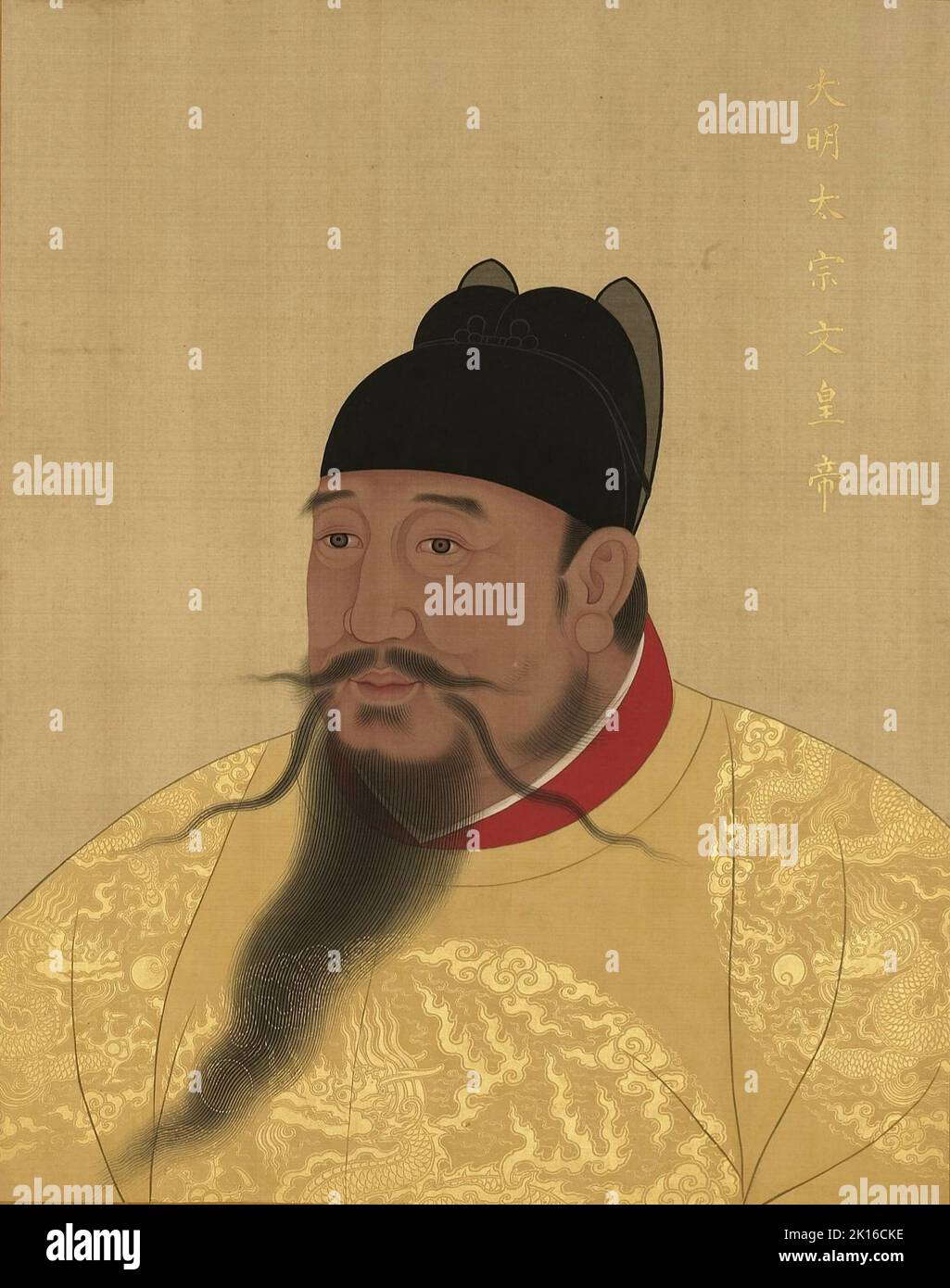 Portrait of Yongle Emperor (1360–1424) Stock Photohttps://www.alamy.com/image-license-details/?v=1https://www.alamy.com/portrait-of-yongle-emperor-13601424-image482646626.html
Portrait of Yongle Emperor (1360–1424) Stock Photohttps://www.alamy.com/image-license-details/?v=1https://www.alamy.com/portrait-of-yongle-emperor-13601424-image482646626.htmlRM2K16CKE–Portrait of Yongle Emperor (1360–1424)
 Lidded vase from the tomb of princess Ancheng 1384-1443.daughter of the Yongle Emperor.China. Stock Photohttps://www.alamy.com/image-license-details/?v=1https://www.alamy.com/lidded-vase-from-the-tomb-of-princess-ancheng-1384-1443daughter-of-image63989739.html
Lidded vase from the tomb of princess Ancheng 1384-1443.daughter of the Yongle Emperor.China. Stock Photohttps://www.alamy.com/image-license-details/?v=1https://www.alamy.com/lidded-vase-from-the-tomb-of-princess-ancheng-1384-1443daughter-of-image63989739.htmlRMDM2YFR–Lidded vase from the tomb of princess Ancheng 1384-1443.daughter of the Yongle Emperor.China.
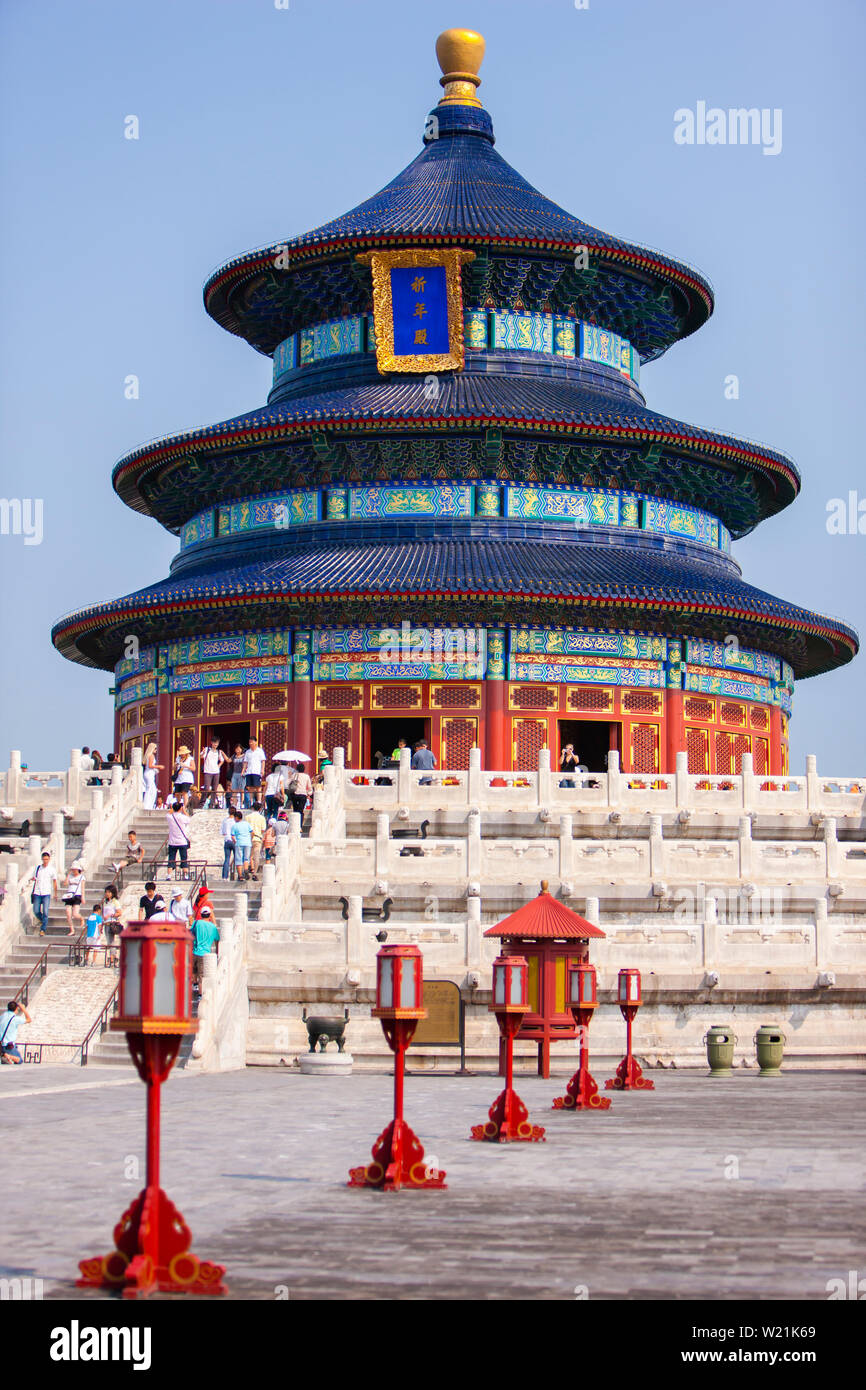 The Temple Of Heaven China Beijing Qinan Hall Stock Photohttps://www.alamy.com/image-license-details/?v=1https://www.alamy.com/the-temple-of-heaven-china-beijing-qinan-hall-image259421857.html
The Temple Of Heaven China Beijing Qinan Hall Stock Photohttps://www.alamy.com/image-license-details/?v=1https://www.alamy.com/the-temple-of-heaven-china-beijing-qinan-hall-image259421857.htmlRMW21K69–The Temple Of Heaven China Beijing Qinan Hall
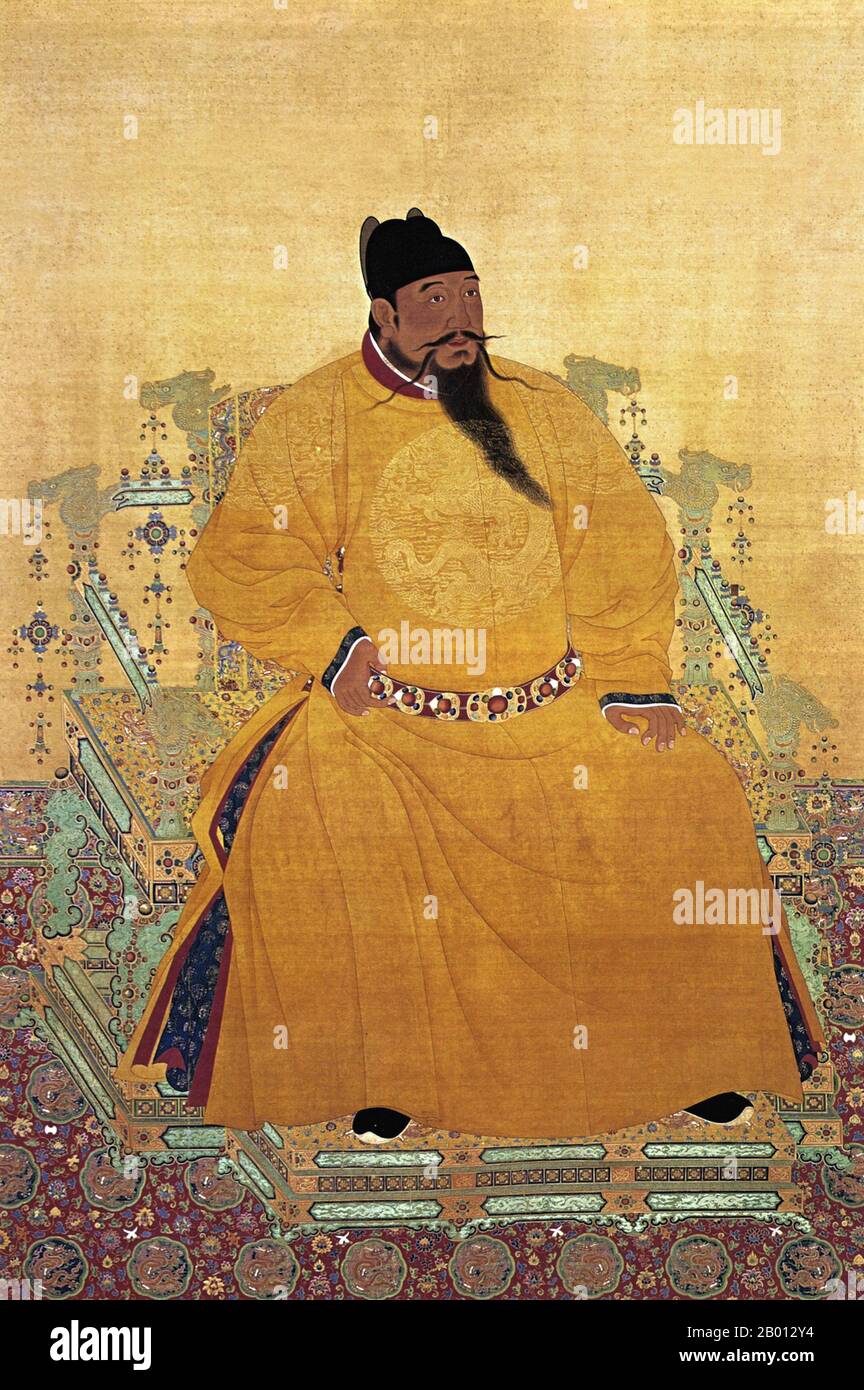 China: Emperor Yongle, 3rd ruler of the Ming Dynasty (r. 1402-1424). Hanging scroll painting, 15th-17th century. The Yongle Emperor (1360-1424), personal name Zhu Di and temple name Chengzu, was the third emperor of the Ming Dynasty. His Chinese era name Yongle means 'Perpetual Happiness'. He became emperor by conspiring to usurp the throne from his nephew, the Jianwen Emperor. He moved the capital from Nanjing to Beijing where it was located in the following generations, and constructed the Forbidden City there. Stock Photohttps://www.alamy.com/image-license-details/?v=1https://www.alamy.com/china-emperor-yongle-3rd-ruler-of-the-ming-dynasty-r-1402-1424-hanging-scroll-painting-15th-17th-century-the-yongle-emperor-1360-1424-personal-name-zhu-di-and-temple-name-chengzu-was-the-third-emperor-of-the-ming-dynasty-his-chinese-era-name-yongle-means-perpetual-happiness-he-became-emperor-by-conspiring-to-usurp-the-throne-from-his-nephew-the-jianwen-emperor-he-moved-the-capital-from-nanjing-to-beijing-where-it-was-located-in-the-following-generations-and-constructed-the-forbidden-city-there-image344231640.html
China: Emperor Yongle, 3rd ruler of the Ming Dynasty (r. 1402-1424). Hanging scroll painting, 15th-17th century. The Yongle Emperor (1360-1424), personal name Zhu Di and temple name Chengzu, was the third emperor of the Ming Dynasty. His Chinese era name Yongle means 'Perpetual Happiness'. He became emperor by conspiring to usurp the throne from his nephew, the Jianwen Emperor. He moved the capital from Nanjing to Beijing where it was located in the following generations, and constructed the Forbidden City there. Stock Photohttps://www.alamy.com/image-license-details/?v=1https://www.alamy.com/china-emperor-yongle-3rd-ruler-of-the-ming-dynasty-r-1402-1424-hanging-scroll-painting-15th-17th-century-the-yongle-emperor-1360-1424-personal-name-zhu-di-and-temple-name-chengzu-was-the-third-emperor-of-the-ming-dynasty-his-chinese-era-name-yongle-means-perpetual-happiness-he-became-emperor-by-conspiring-to-usurp-the-throne-from-his-nephew-the-jianwen-emperor-he-moved-the-capital-from-nanjing-to-beijing-where-it-was-located-in-the-following-generations-and-constructed-the-forbidden-city-there-image344231640.htmlRM2B012Y4–China: Emperor Yongle, 3rd ruler of the Ming Dynasty (r. 1402-1424). Hanging scroll painting, 15th-17th century. The Yongle Emperor (1360-1424), personal name Zhu Di and temple name Chengzu, was the third emperor of the Ming Dynasty. His Chinese era name Yongle means 'Perpetual Happiness'. He became emperor by conspiring to usurp the throne from his nephew, the Jianwen Emperor. He moved the capital from Nanjing to Beijing where it was located in the following generations, and constructed the Forbidden City there.
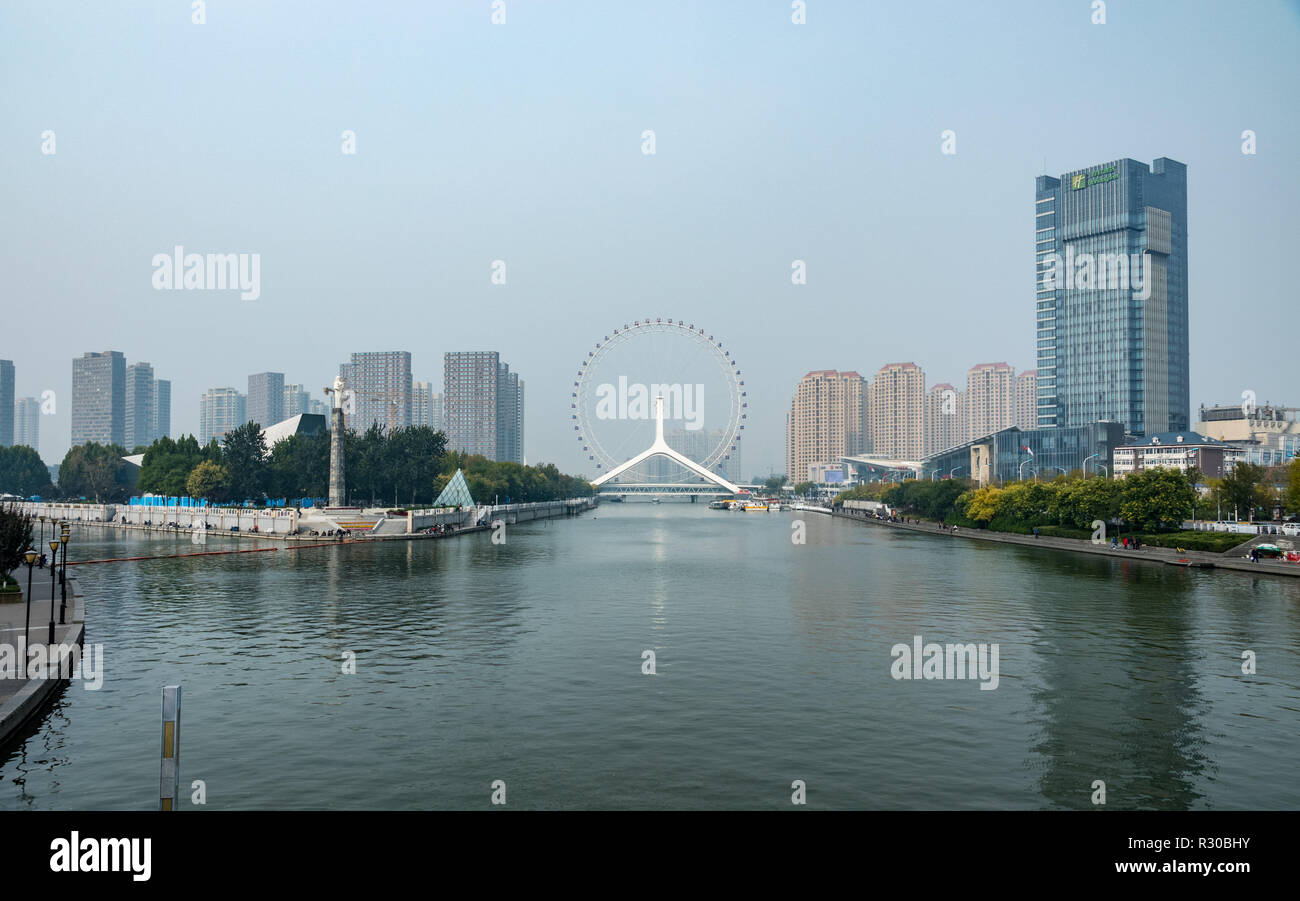 Tientsin Eye and modern buildings by RIver Haihe in Tianjin Stock Photohttps://www.alamy.com/image-license-details/?v=1https://www.alamy.com/tientsin-eye-and-modern-buildings-by-river-haihe-in-tianjin-image225587879.html
Tientsin Eye and modern buildings by RIver Haihe in Tianjin Stock Photohttps://www.alamy.com/image-license-details/?v=1https://www.alamy.com/tientsin-eye-and-modern-buildings-by-river-haihe-in-tianjin-image225587879.htmlRFR30BHY–Tientsin Eye and modern buildings by RIver Haihe in Tianjin
 Tribute Giraffe with Attendant . English: On 20 September 1414, Bengali envoys presented a tribute giraffe in the name of King Saif Al-Din Hamzah Shah of Bengal (r. 1410–12) to the Yongle Emperor of Ming China (r. 1402–24). The Yongle Emperor commissioned Shen Du to paint this giraffe. This file depicts the original painting by Shen Du. Čeština: 20. září 1414 vyslanci z Bengálska předvedli Jung-lemu, císaři čínské říše Ming, tribut, jehož součástí byla i žirafa. Císař Jung-le přikázal umělci jménem Šen Tu žirafu namalovat. Tento soubor zobrazuje originál Šen Tuovy malby. . 1414 9th month of t Stock Photohttps://www.alamy.com/image-license-details/?v=1https://www.alamy.com/tribute-giraffe-with-attendant-english-on-20-september-1414-bengali-envoys-presented-a-tribute-giraffe-in-the-name-of-king-saif-al-din-hamzah-shah-of-bengal-r-141012-to-the-yongle-emperor-of-ming-china-r-140224-the-yongle-emperor-commissioned-shen-du-to-paint-this-giraffe-this-file-depicts-the-original-painting-by-shen-du-etina-20-z-1414-vyslanci-z-benglska-pedvedli-jung-lemu-csai-nsk-e-ming-tribut-jeho-soust-byla-i-irafa-csa-jung-le-pikzal-umlci-jmnem-en-tu-irafu-namalovat-tento-soubor-zobrazuje-originl-en-tuovy-malby-1414-9th-month-of-t-image185603971.html
Tribute Giraffe with Attendant . English: On 20 September 1414, Bengali envoys presented a tribute giraffe in the name of King Saif Al-Din Hamzah Shah of Bengal (r. 1410–12) to the Yongle Emperor of Ming China (r. 1402–24). The Yongle Emperor commissioned Shen Du to paint this giraffe. This file depicts the original painting by Shen Du. Čeština: 20. září 1414 vyslanci z Bengálska předvedli Jung-lemu, císaři čínské říše Ming, tribut, jehož součástí byla i žirafa. Císař Jung-le přikázal umělci jménem Šen Tu žirafu namalovat. Tento soubor zobrazuje originál Šen Tuovy malby. . 1414 9th month of t Stock Photohttps://www.alamy.com/image-license-details/?v=1https://www.alamy.com/tribute-giraffe-with-attendant-english-on-20-september-1414-bengali-envoys-presented-a-tribute-giraffe-in-the-name-of-king-saif-al-din-hamzah-shah-of-bengal-r-141012-to-the-yongle-emperor-of-ming-china-r-140224-the-yongle-emperor-commissioned-shen-du-to-paint-this-giraffe-this-file-depicts-the-original-painting-by-shen-du-etina-20-z-1414-vyslanci-z-benglska-pedvedli-jung-lemu-csai-nsk-e-ming-tribut-jeho-soust-byla-i-irafa-csa-jung-le-pikzal-umlci-jmnem-en-tu-irafu-namalovat-tento-soubor-zobrazuje-originl-en-tuovy-malby-1414-9th-month-of-t-image185603971.htmlRMMNXYN7–Tribute Giraffe with Attendant . English: On 20 September 1414, Bengali envoys presented a tribute giraffe in the name of King Saif Al-Din Hamzah Shah of Bengal (r. 1410–12) to the Yongle Emperor of Ming China (r. 1402–24). The Yongle Emperor commissioned Shen Du to paint this giraffe. This file depicts the original painting by Shen Du. Čeština: 20. září 1414 vyslanci z Bengálska předvedli Jung-lemu, císaři čínské říše Ming, tribut, jehož součástí byla i žirafa. Císař Jung-le přikázal umělci jménem Šen Tu žirafu namalovat. Tento soubor zobrazuje originál Šen Tuovy malby. . 1414 9th month of t
 A large bronze statue of Zhu Di -Emperor Yongle- sitting on his imperial throne inside the Hall of Eminent Favor, Ming Tombs Stock Photohttps://www.alamy.com/image-license-details/?v=1https://www.alamy.com/a-large-bronze-statue-of-zhu-di-emperor-yongle-sitting-on-his-imperial-image9300745.html
A large bronze statue of Zhu Di -Emperor Yongle- sitting on his imperial throne inside the Hall of Eminent Favor, Ming Tombs Stock Photohttps://www.alamy.com/image-license-details/?v=1https://www.alamy.com/a-large-bronze-statue-of-zhu-di-emperor-yongle-sitting-on-his-imperial-image9300745.htmlRMATCMGA–A large bronze statue of Zhu Di -Emperor Yongle- sitting on his imperial throne inside the Hall of Eminent Favor, Ming Tombs
 famous attraction of Yongle Fabric Market Stock Photohttps://www.alamy.com/image-license-details/?v=1https://www.alamy.com/famous-attraction-of-yongle-fabric-market-image343827170.html
famous attraction of Yongle Fabric Market Stock Photohttps://www.alamy.com/image-license-details/?v=1https://www.alamy.com/famous-attraction-of-yongle-fabric-market-image343827170.htmlRF2AYAK1P–famous attraction of Yongle Fabric Market
 Blue and White 'Floral' Dish, Ming dynasty (1368-1664), Yongle period (1403-1425). Stock Photohttps://www.alamy.com/image-license-details/?v=1https://www.alamy.com/blue-and-white-floral-dish-ming-dynasty-1368-1664-yongle-period-1403-1425-image457031295.html
Blue and White 'Floral' Dish, Ming dynasty (1368-1664), Yongle period (1403-1425). Stock Photohttps://www.alamy.com/image-license-details/?v=1https://www.alamy.com/blue-and-white-floral-dish-ming-dynasty-1368-1664-yongle-period-1403-1425-image457031295.htmlRM2HFFG27–Blue and White 'Floral' Dish, Ming dynasty (1368-1664), Yongle period (1403-1425).
 The Tianjin Eye Ferris Wheel on Yongle Bridge over the Hai River, China Stock Photohttps://www.alamy.com/image-license-details/?v=1https://www.alamy.com/stock-photo-the-tianjin-eye-ferris-wheel-on-yongle-bridge-over-the-hai-river-china-38151742.html
The Tianjin Eye Ferris Wheel on Yongle Bridge over the Hai River, China Stock Photohttps://www.alamy.com/image-license-details/?v=1https://www.alamy.com/stock-photo-the-tianjin-eye-ferris-wheel-on-yongle-bridge-over-the-hai-river-china-38151742.htmlRFC61XX6–The Tianjin Eye Ferris Wheel on Yongle Bridge over the Hai River, China
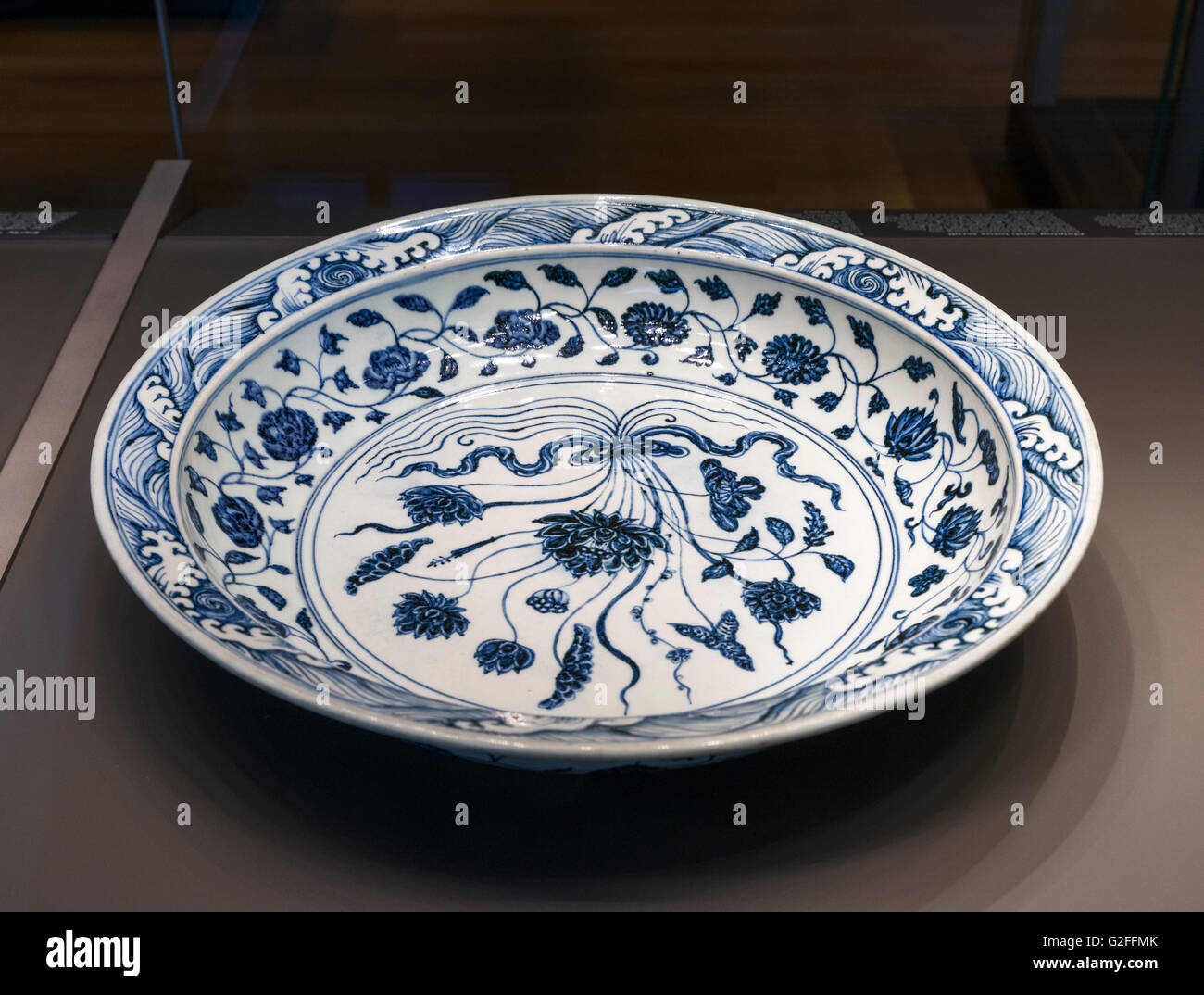 Large porcelain dish, Yongle Emperor, Ming Dynasty, 1403-1424, British Museum, Bloomsbury, London, England, UK Stock Photohttps://www.alamy.com/image-license-details/?v=1https://www.alamy.com/stock-photo-large-porcelain-dish-yongle-emperor-ming-dynasty-1403-1424-british-104833139.html
Large porcelain dish, Yongle Emperor, Ming Dynasty, 1403-1424, British Museum, Bloomsbury, London, England, UK Stock Photohttps://www.alamy.com/image-license-details/?v=1https://www.alamy.com/stock-photo-large-porcelain-dish-yongle-emperor-ming-dynasty-1403-1424-british-104833139.htmlRMG2FFMK–Large porcelain dish, Yongle Emperor, Ming Dynasty, 1403-1424, British Museum, Bloomsbury, London, England, UK
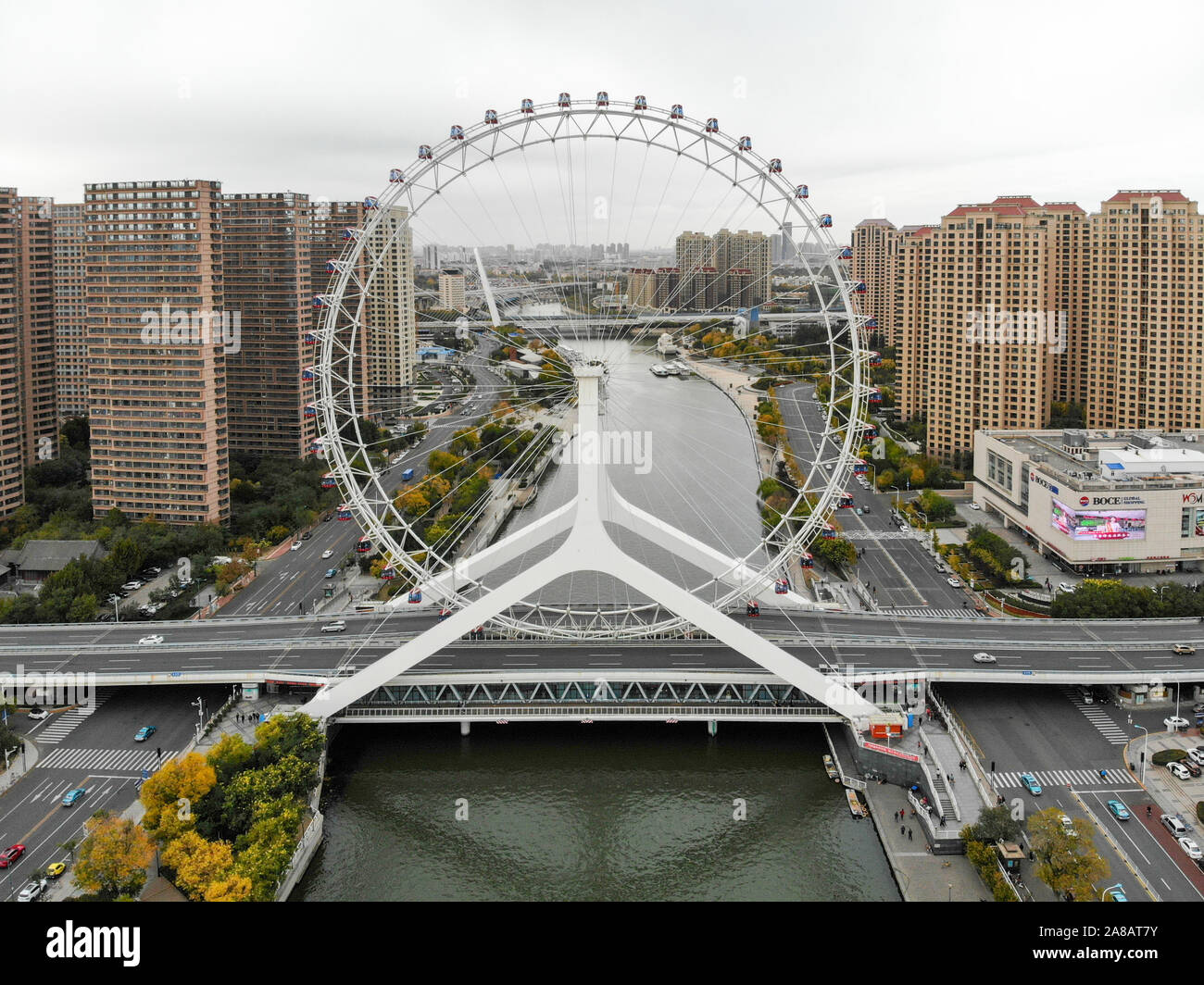 Aerial view cityscape of Tianjin ferris wheel. Famous Tianjin Eye ferris wheel above the Yongle Bridge and the Haihe river. Popular modern landmark in Tianjin, China. October, 28th, 2019 Stock Photohttps://www.alamy.com/image-license-details/?v=1https://www.alamy.com/aerial-view-cityscape-of-tianjin-ferris-wheel-famous-tianjin-eye-ferris-wheel-above-the-yongle-bridge-and-the-haihe-river-popular-modern-landmark-in-tianjin-china-october-28th-2019-image332152799.html
Aerial view cityscape of Tianjin ferris wheel. Famous Tianjin Eye ferris wheel above the Yongle Bridge and the Haihe river. Popular modern landmark in Tianjin, China. October, 28th, 2019 Stock Photohttps://www.alamy.com/image-license-details/?v=1https://www.alamy.com/aerial-view-cityscape-of-tianjin-ferris-wheel-famous-tianjin-eye-ferris-wheel-above-the-yongle-bridge-and-the-haihe-river-popular-modern-landmark-in-tianjin-china-october-28th-2019-image332152799.htmlRF2A8AT7Y–Aerial view cityscape of Tianjin ferris wheel. Famous Tianjin Eye ferris wheel above the Yongle Bridge and the Haihe river. Popular modern landmark in Tianjin, China. October, 28th, 2019
 Inspired by Reliquary in the Form of a Standing Buddha on a Lotus Pedestal, Chinese, Ming dynasty, 1368–1644, Yongle period, 1403–1424, early 15th century, Bronze with gilding, China, Asia, Metalwork, sculpture, height of figure and stand: 6 1/2 in. (16.5 cm, Reimagined by Artotop. Classic art reinvented with a modern twist. Design of warm cheerful glowing of brightness and light ray radiance. Photography inspired by surrealism and futurism, embracing dynamic energy of modern technology, movement, speed and revolutionize culture Stock Photohttps://www.alamy.com/image-license-details/?v=1https://www.alamy.com/inspired-by-reliquary-in-the-form-of-a-standing-buddha-on-a-lotus-pedestal-chinese-ming-dynasty-13681644-yongle-period-14031424-early-15th-century-bronze-with-gilding-china-asia-metalwork-sculpture-height-of-figure-and-stand-6-12-in-165-cm-reimagined-by-artotop-classic-art-reinvented-with-a-modern-twist-design-of-warm-cheerful-glowing-of-brightness-and-light-ray-radiance-photography-inspired-by-surrealism-and-futurism-embracing-dynamic-energy-of-modern-technology-movement-speed-and-revolutionize-culture-image459273427.html
Inspired by Reliquary in the Form of a Standing Buddha on a Lotus Pedestal, Chinese, Ming dynasty, 1368–1644, Yongle period, 1403–1424, early 15th century, Bronze with gilding, China, Asia, Metalwork, sculpture, height of figure and stand: 6 1/2 in. (16.5 cm, Reimagined by Artotop. Classic art reinvented with a modern twist. Design of warm cheerful glowing of brightness and light ray radiance. Photography inspired by surrealism and futurism, embracing dynamic energy of modern technology, movement, speed and revolutionize culture Stock Photohttps://www.alamy.com/image-license-details/?v=1https://www.alamy.com/inspired-by-reliquary-in-the-form-of-a-standing-buddha-on-a-lotus-pedestal-chinese-ming-dynasty-13681644-yongle-period-14031424-early-15th-century-bronze-with-gilding-china-asia-metalwork-sculpture-height-of-figure-and-stand-6-12-in-165-cm-reimagined-by-artotop-classic-art-reinvented-with-a-modern-twist-design-of-warm-cheerful-glowing-of-brightness-and-light-ray-radiance-photography-inspired-by-surrealism-and-futurism-embracing-dynamic-energy-of-modern-technology-movement-speed-and-revolutionize-culture-image459273427.htmlRF2HK5KXB–Inspired by Reliquary in the Form of a Standing Buddha on a Lotus Pedestal, Chinese, Ming dynasty, 1368–1644, Yongle period, 1403–1424, early 15th century, Bronze with gilding, China, Asia, Metalwork, sculpture, height of figure and stand: 6 1/2 in. (16.5 cm, Reimagined by Artotop. Classic art reinvented with a modern twist. Design of warm cheerful glowing of brightness and light ray radiance. Photography inspired by surrealism and futurism, embracing dynamic energy of modern technology, movement, speed and revolutionize culture
 Sutra box with dragons amid clouds. Culture: China. Dimensions: H. 5 1/2 in. (14 cm); W. 5 in. (12.7 cm); L. 16 in. (40.6 cm). Vigorous, sinewy dragons are frequently depicted on works produced during the reign of the Yongle emperor. Intended to hold a Buddhist text made in the Chinese album format, luxurious boxes like this one were made for use at court. Museum: Metropolitan Museum of Art, New York, USA. Stock Photohttps://www.alamy.com/image-license-details/?v=1https://www.alamy.com/sutra-box-with-dragons-amid-clouds-culture-china-dimensions-h-5-12-in-14-cm-w-5-in-127-cm-l-16-in-406-cm-vigorous-sinewy-dragons-are-frequently-depicted-on-works-produced-during-the-reign-of-the-yongle-emperor-intended-to-hold-a-buddhist-text-made-in-the-chinese-album-format-luxurious-boxes-like-this-one-were-made-for-use-at-court-museum-metropolitan-museum-of-art-new-york-usa-image231217938.html
Sutra box with dragons amid clouds. Culture: China. Dimensions: H. 5 1/2 in. (14 cm); W. 5 in. (12.7 cm); L. 16 in. (40.6 cm). Vigorous, sinewy dragons are frequently depicted on works produced during the reign of the Yongle emperor. Intended to hold a Buddhist text made in the Chinese album format, luxurious boxes like this one were made for use at court. Museum: Metropolitan Museum of Art, New York, USA. Stock Photohttps://www.alamy.com/image-license-details/?v=1https://www.alamy.com/sutra-box-with-dragons-amid-clouds-culture-china-dimensions-h-5-12-in-14-cm-w-5-in-127-cm-l-16-in-406-cm-vigorous-sinewy-dragons-are-frequently-depicted-on-works-produced-during-the-reign-of-the-yongle-emperor-intended-to-hold-a-buddhist-text-made-in-the-chinese-album-format-luxurious-boxes-like-this-one-were-made-for-use-at-court-museum-metropolitan-museum-of-art-new-york-usa-image231217938.htmlRMRC4TRE–Sutra box with dragons amid clouds. Culture: China. Dimensions: H. 5 1/2 in. (14 cm); W. 5 in. (12.7 cm); L. 16 in. (40.6 cm). Vigorous, sinewy dragons are frequently depicted on works produced during the reign of the Yongle emperor. Intended to hold a Buddhist text made in the Chinese album format, luxurious boxes like this one were made for use at court. Museum: Metropolitan Museum of Art, New York, USA.
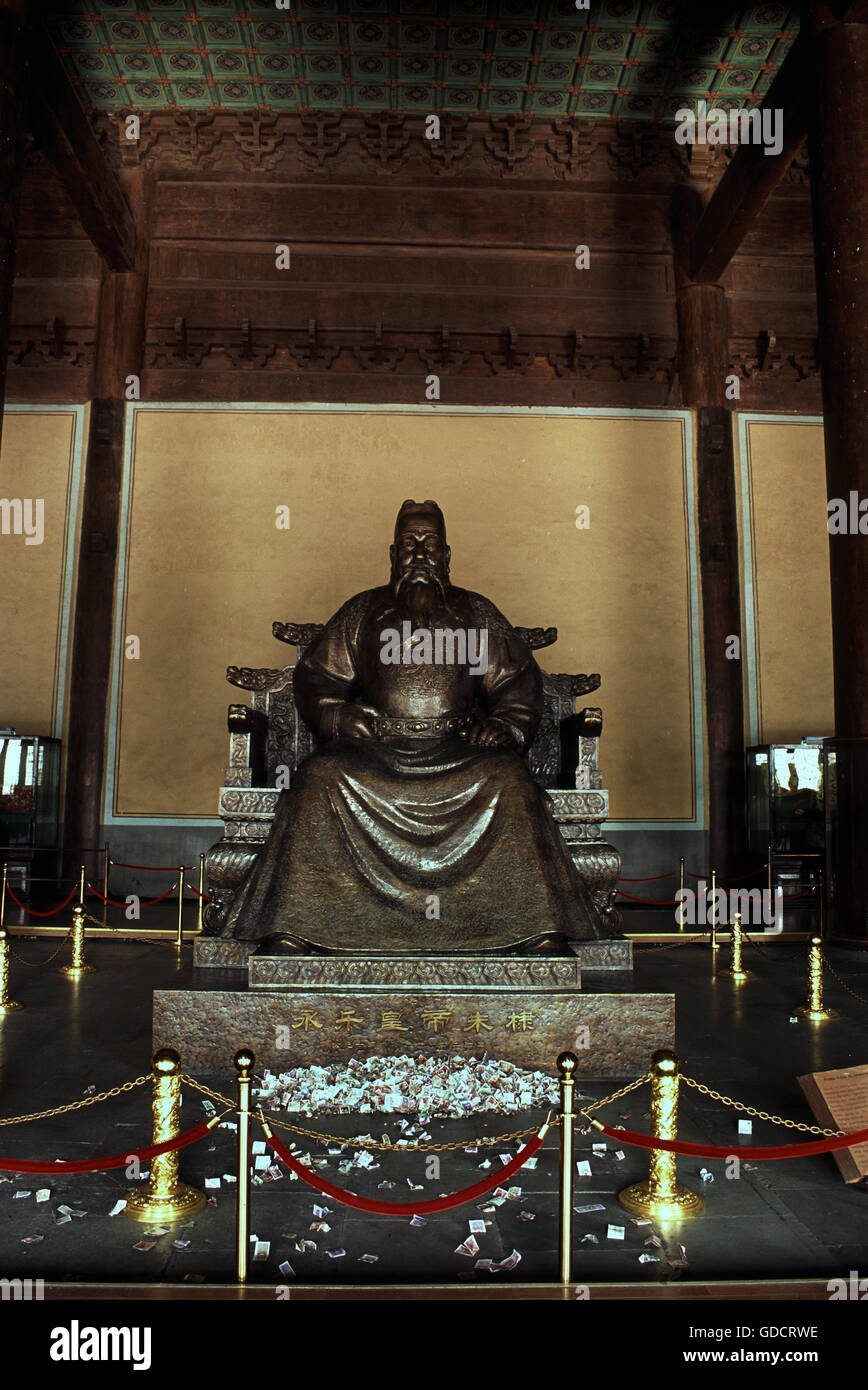 A statue of Emperor Yongle. Changling - Ming Tombs near Beijing, China. Stock Photohttps://www.alamy.com/image-license-details/?v=1https://www.alamy.com/stock-photo-a-statue-of-emperor-yongle-changling-ming-tombs-near-beijing-china-111534906.html
A statue of Emperor Yongle. Changling - Ming Tombs near Beijing, China. Stock Photohttps://www.alamy.com/image-license-details/?v=1https://www.alamy.com/stock-photo-a-statue-of-emperor-yongle-changling-ming-tombs-near-beijing-china-111534906.htmlRFGDCRWE–A statue of Emperor Yongle. Changling - Ming Tombs near Beijing, China.
 Guozijian (Imperial College), located on Guozijian Street in Beijing, China, was China's national university during the Yuan, Ming and Qing dynasties, and the last Guozijian of China. Most of the Beijing Guozijian's buildings were built during the Ming Dynasty and it remains an important heritage site in China. The Guozijian was shut down in 1905. The Guozijian was first built in 1306 during the 24th year of Zhiyuan Reign of the Yuan Dynasty, and was reconstructed and renovated on a large scale during Yongle and Zhengtong reigns of the Ming Dynasty Stock Photohttps://www.alamy.com/image-license-details/?v=1https://www.alamy.com/guozijian-imperial-college-located-on-guozijian-street-in-beijing-china-was-chinas-national-university-during-the-yuan-ming-and-qing-dynasties-and-the-last-guozijian-of-china-most-of-the-beijing-guozijians-buildings-were-built-during-the-ming-dynasty-and-it-remains-an-important-heritage-site-in-china-the-guozijian-was-shut-down-in-1905-the-guozijian-was-first-built-in-1306-during-the-24th-year-of-zhiyuan-reign-of-the-yuan-dynasty-and-was-reconstructed-and-renovated-on-a-large-scale-during-yongle-and-zhengtong-reigns-of-the-ming-dynasty-image186419780.html
Guozijian (Imperial College), located on Guozijian Street in Beijing, China, was China's national university during the Yuan, Ming and Qing dynasties, and the last Guozijian of China. Most of the Beijing Guozijian's buildings were built during the Ming Dynasty and it remains an important heritage site in China. The Guozijian was shut down in 1905. The Guozijian was first built in 1306 during the 24th year of Zhiyuan Reign of the Yuan Dynasty, and was reconstructed and renovated on a large scale during Yongle and Zhengtong reigns of the Ming Dynasty Stock Photohttps://www.alamy.com/image-license-details/?v=1https://www.alamy.com/guozijian-imperial-college-located-on-guozijian-street-in-beijing-china-was-chinas-national-university-during-the-yuan-ming-and-qing-dynasties-and-the-last-guozijian-of-china-most-of-the-beijing-guozijians-buildings-were-built-during-the-ming-dynasty-and-it-remains-an-important-heritage-site-in-china-the-guozijian-was-shut-down-in-1905-the-guozijian-was-first-built-in-1306-during-the-24th-year-of-zhiyuan-reign-of-the-yuan-dynasty-and-was-reconstructed-and-renovated-on-a-large-scale-during-yongle-and-zhengtong-reigns-of-the-ming-dynasty-image186419780.htmlRMMR8498–Guozijian (Imperial College), located on Guozijian Street in Beijing, China, was China's national university during the Yuan, Ming and Qing dynasties, and the last Guozijian of China. Most of the Beijing Guozijian's buildings were built during the Ming Dynasty and it remains an important heritage site in China. The Guozijian was shut down in 1905. The Guozijian was first built in 1306 during the 24th year of Zhiyuan Reign of the Yuan Dynasty, and was reconstructed and renovated on a large scale during Yongle and Zhengtong reigns of the Ming Dynasty
 statue of Yongle Ming emperor, Zhu Di, Ming Tombs, Changling Mausoleum, China Stock Photohttps://www.alamy.com/image-license-details/?v=1https://www.alamy.com/stock-photo-statue-of-yongle-ming-emperor-zhu-di-ming-tombs-changling-mausoleum-171642444.html
statue of Yongle Ming emperor, Zhu Di, Ming Tombs, Changling Mausoleum, China Stock Photohttps://www.alamy.com/image-license-details/?v=1https://www.alamy.com/stock-photo-statue-of-yongle-ming-emperor-zhu-di-ming-tombs-changling-mausoleum-171642444.htmlRMKY6YK8–statue of Yongle Ming emperor, Zhu Di, Ming Tombs, Changling Mausoleum, China
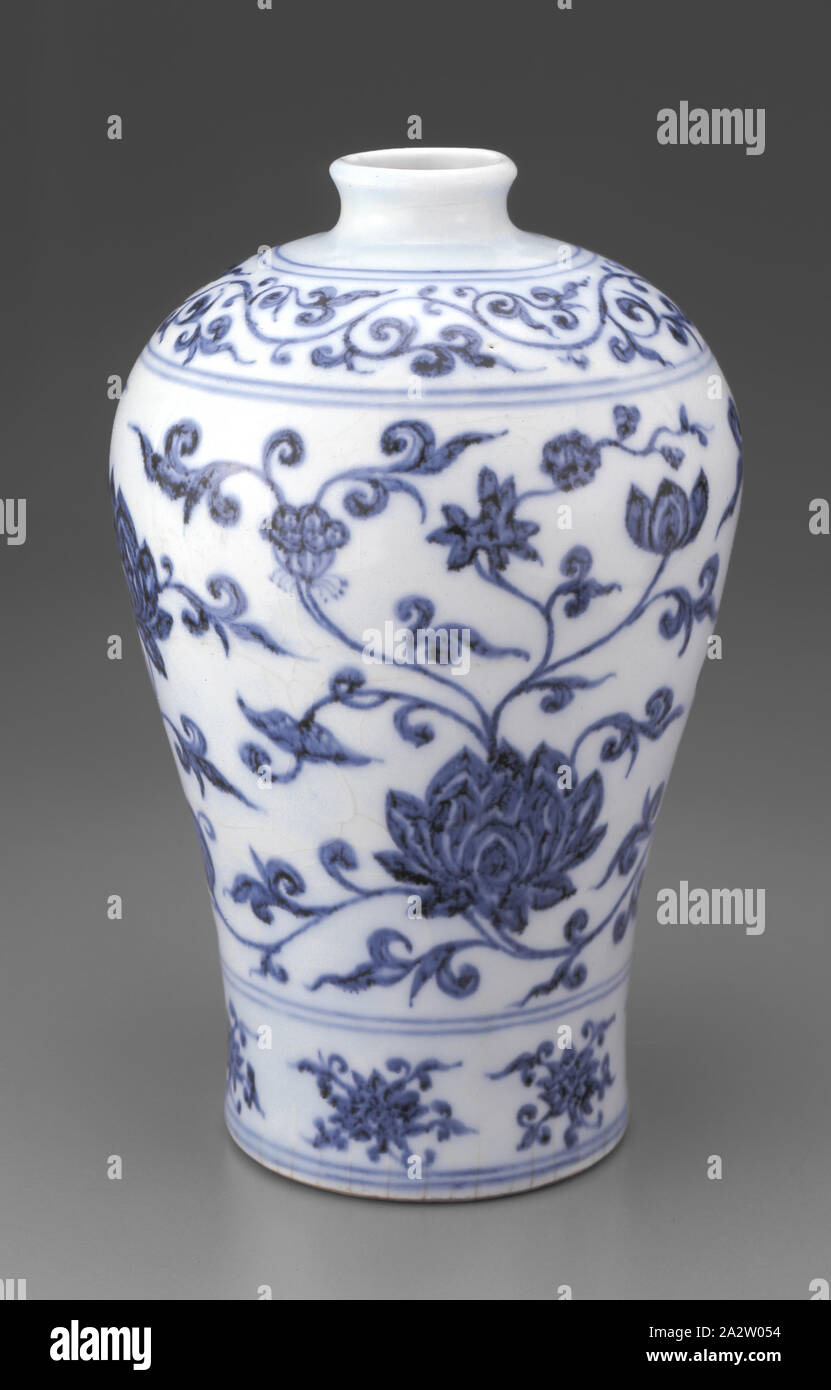 vase with painted floral scrolls, Yongle, Ming dynasty, period, Yongle, 1403-1424, porcelain with blue underglaze, 9-3/4 in., Asian Art Stock Photohttps://www.alamy.com/image-license-details/?v=1https://www.alamy.com/vase-with-painted-floral-scrolls-yongle-ming-dynasty-period-yongle-1403-1424-porcelain-with-blue-underglaze-9-34-in-asian-art-image328775248.html
vase with painted floral scrolls, Yongle, Ming dynasty, period, Yongle, 1403-1424, porcelain with blue underglaze, 9-3/4 in., Asian Art Stock Photohttps://www.alamy.com/image-license-details/?v=1https://www.alamy.com/vase-with-painted-floral-scrolls-yongle-ming-dynasty-period-yongle-1403-1424-porcelain-with-blue-underglaze-9-34-in-asian-art-image328775248.htmlRM2A2W054–vase with painted floral scrolls, Yongle, Ming dynasty, period, Yongle, 1403-1424, porcelain with blue underglaze, 9-3/4 in., Asian Art
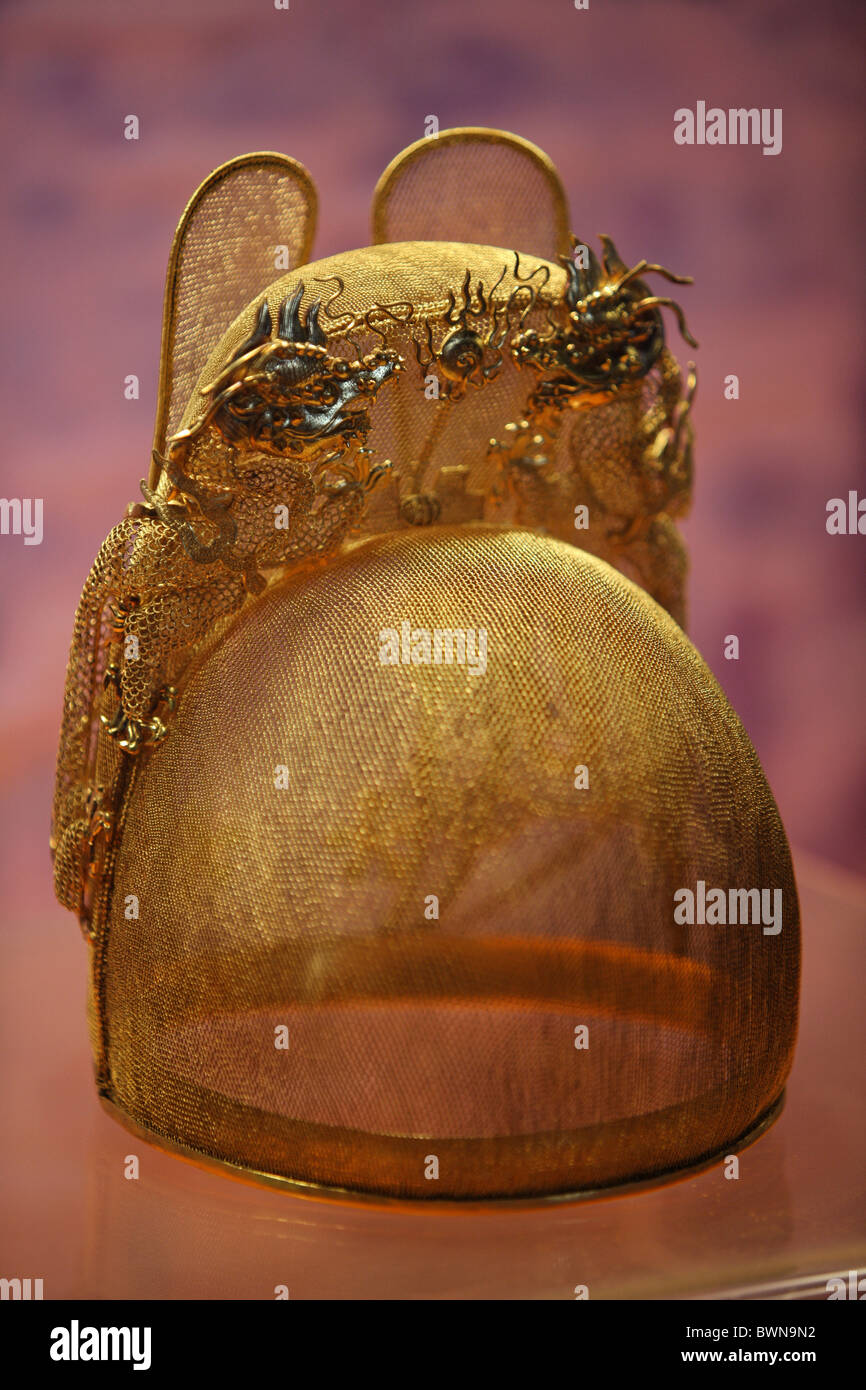 China Asia Ming Dynasty Tombs April 2008 Emperor crown golden museum historic history Yongle Emperor Asia Stock Photohttps://www.alamy.com/image-license-details/?v=1https://www.alamy.com/stock-photo-china-asia-ming-dynasty-tombs-april-2008-emperor-crown-golden-museum-33045406.html
China Asia Ming Dynasty Tombs April 2008 Emperor crown golden museum historic history Yongle Emperor Asia Stock Photohttps://www.alamy.com/image-license-details/?v=1https://www.alamy.com/stock-photo-china-asia-ming-dynasty-tombs-april-2008-emperor-crown-golden-museum-33045406.htmlRMBWN9N2–China Asia Ming Dynasty Tombs April 2008 Emperor crown golden museum historic history Yongle Emperor Asia
 Portrait of Yongle Emperor (1360–1424) Stock Photohttps://www.alamy.com/image-license-details/?v=1https://www.alamy.com/portrait-of-yongle-emperor-13601424-image460399794.html
Portrait of Yongle Emperor (1360–1424) Stock Photohttps://www.alamy.com/image-license-details/?v=1https://www.alamy.com/portrait-of-yongle-emperor-13601424-image460399794.htmlRM2HN10HP–Portrait of Yongle Emperor (1360–1424)
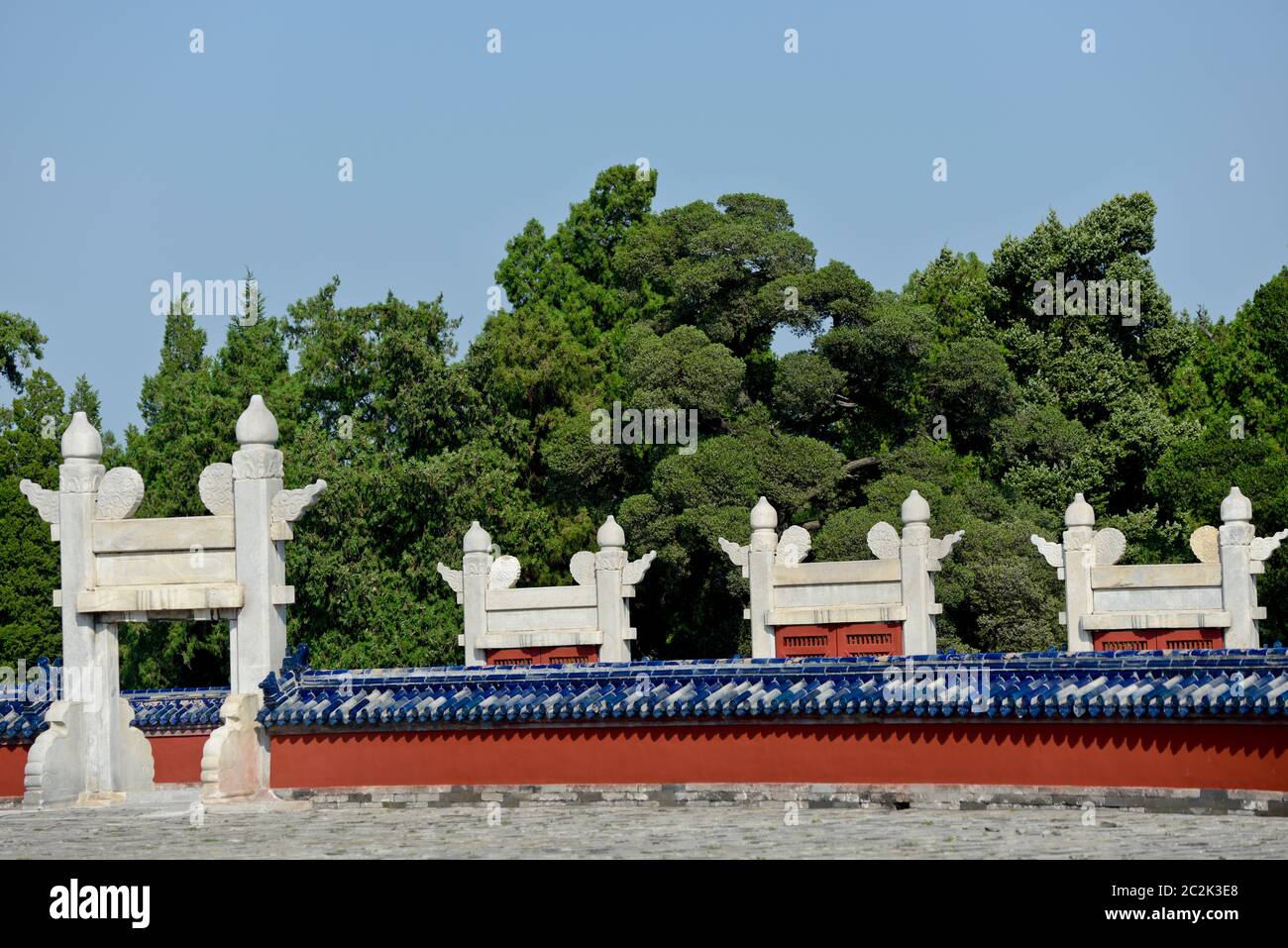 Temple of Heaven, Beijing, China Stock Photohttps://www.alamy.com/image-license-details/?v=1https://www.alamy.com/temple-of-heaven-beijing-china-image363066880.html
Temple of Heaven, Beijing, China Stock Photohttps://www.alamy.com/image-license-details/?v=1https://www.alamy.com/temple-of-heaven-beijing-china-image363066880.htmlRF2C2K3E8–Temple of Heaven, Beijing, China
 Monk with lay friend- Drepung Monastery Lhasa Stock Photohttps://www.alamy.com/image-license-details/?v=1https://www.alamy.com/monk-with-lay-friend-drepung-monastery-lhasa-image9969773.html
Monk with lay friend- Drepung Monastery Lhasa Stock Photohttps://www.alamy.com/image-license-details/?v=1https://www.alamy.com/monk-with-lay-friend-drepung-monastery-lhasa-image9969773.htmlRMA0EAHJ–Monk with lay friend- Drepung Monastery Lhasa
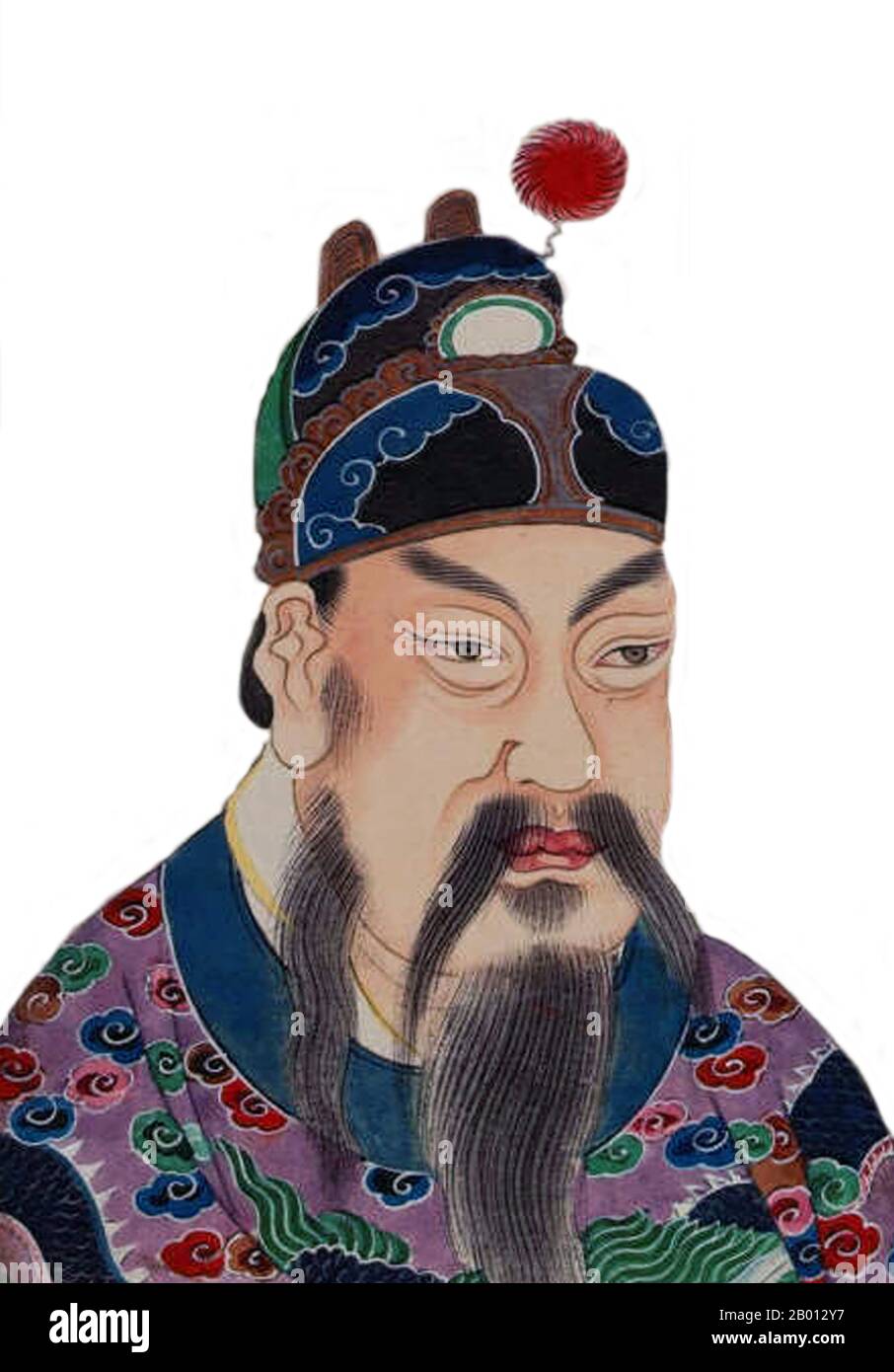 China: Emperor Yongle, 3rd ruler of the Ming Dynasty (r. 1402-1424). Hanging scroll painting, 15th-17th century. The Yongle Emperor (1360-1424), personal name Zhu Di and temple name Chengzu, was the third emperor of the Ming Dynasty. His Chinese era name Yongle means 'Perpetual Happiness'. He became emperor by conspiring to usurp the throne from his nephew, the Jianwen Emperor. He moved the capital from Nanjing to Beijing where it was located in the following generations, and constructed the Forbidden City there. Stock Photohttps://www.alamy.com/image-license-details/?v=1https://www.alamy.com/china-emperor-yongle-3rd-ruler-of-the-ming-dynasty-r-1402-1424-hanging-scroll-painting-15th-17th-century-the-yongle-emperor-1360-1424-personal-name-zhu-di-and-temple-name-chengzu-was-the-third-emperor-of-the-ming-dynasty-his-chinese-era-name-yongle-means-perpetual-happiness-he-became-emperor-by-conspiring-to-usurp-the-throne-from-his-nephew-the-jianwen-emperor-he-moved-the-capital-from-nanjing-to-beijing-where-it-was-located-in-the-following-generations-and-constructed-the-forbidden-city-there-image344231643.html
China: Emperor Yongle, 3rd ruler of the Ming Dynasty (r. 1402-1424). Hanging scroll painting, 15th-17th century. The Yongle Emperor (1360-1424), personal name Zhu Di and temple name Chengzu, was the third emperor of the Ming Dynasty. His Chinese era name Yongle means 'Perpetual Happiness'. He became emperor by conspiring to usurp the throne from his nephew, the Jianwen Emperor. He moved the capital from Nanjing to Beijing where it was located in the following generations, and constructed the Forbidden City there. Stock Photohttps://www.alamy.com/image-license-details/?v=1https://www.alamy.com/china-emperor-yongle-3rd-ruler-of-the-ming-dynasty-r-1402-1424-hanging-scroll-painting-15th-17th-century-the-yongle-emperor-1360-1424-personal-name-zhu-di-and-temple-name-chengzu-was-the-third-emperor-of-the-ming-dynasty-his-chinese-era-name-yongle-means-perpetual-happiness-he-became-emperor-by-conspiring-to-usurp-the-throne-from-his-nephew-the-jianwen-emperor-he-moved-the-capital-from-nanjing-to-beijing-where-it-was-located-in-the-following-generations-and-constructed-the-forbidden-city-there-image344231643.htmlRM2B012Y7–China: Emperor Yongle, 3rd ruler of the Ming Dynasty (r. 1402-1424). Hanging scroll painting, 15th-17th century. The Yongle Emperor (1360-1424), personal name Zhu Di and temple name Chengzu, was the third emperor of the Ming Dynasty. His Chinese era name Yongle means 'Perpetual Happiness'. He became emperor by conspiring to usurp the throne from his nephew, the Jianwen Emperor. He moved the capital from Nanjing to Beijing where it was located in the following generations, and constructed the Forbidden City there.
 Tientsin Eye and modern buildings by RIver Haihe in Tianjin Stock Photohttps://www.alamy.com/image-license-details/?v=1https://www.alamy.com/tientsin-eye-and-modern-buildings-by-river-haihe-in-tianjin-image225587902.html
Tientsin Eye and modern buildings by RIver Haihe in Tianjin Stock Photohttps://www.alamy.com/image-license-details/?v=1https://www.alamy.com/tientsin-eye-and-modern-buildings-by-river-haihe-in-tianjin-image225587902.htmlRFR30BJP–Tientsin Eye and modern buildings by RIver Haihe in Tianjin
 . English: Hidden Dwelling, hanging scroll, color on silk, 142 x 71 cm. Located at the Palace Museum, Beijing. The upper right corner contains a poem by Wu Na (吳訥) written during the Xuan De era with a note following the poem. 中文: 隱居圖 - 立軸 - 絹本設色 纵142厘米 横71厘米 中国北京故宫博物院 . Yongle era of the Ming dynasty (1402-1424). Wang Fu (1362–1416) Alternative names surname and name: Wáng Fú (王绂/王紱) courtesy name: Mengduan (孟端) Description Chinese painter, writer, poet,, calligrapher and erudite Date of birth/death 1362 1416 Location of birth/death Wuxi Beijing Authority control : Q2311429 VIAF: 4 Stock Photohttps://www.alamy.com/image-license-details/?v=1https://www.alamy.com/english-hidden-dwelling-hanging-scroll-color-on-silk-142-x-71-cm-located-at-the-palace-museum-beijing-the-upper-right-corner-contains-a-poem-by-wu-na-written-during-the-xuan-de-era-with-a-note-following-the-poem-142-71-yongle-era-of-the-ming-dynasty-1402-1424-wang-fu-13621416-alternative-names-surname-and-name-wng-f-courtesy-name-mengduan-description-chinese-painter-writer-poet-calligrapher-and-erudite-date-of-birthdeath-1362-1416-location-of-birthdeath-wuxi-beijing-authority-control-q2311429-viaf4-image185611146.html
. English: Hidden Dwelling, hanging scroll, color on silk, 142 x 71 cm. Located at the Palace Museum, Beijing. The upper right corner contains a poem by Wu Na (吳訥) written during the Xuan De era with a note following the poem. 中文: 隱居圖 - 立軸 - 絹本設色 纵142厘米 横71厘米 中国北京故宫博物院 . Yongle era of the Ming dynasty (1402-1424). Wang Fu (1362–1416) Alternative names surname and name: Wáng Fú (王绂/王紱) courtesy name: Mengduan (孟端) Description Chinese painter, writer, poet,, calligrapher and erudite Date of birth/death 1362 1416 Location of birth/death Wuxi Beijing Authority control : Q2311429 VIAF: 4 Stock Photohttps://www.alamy.com/image-license-details/?v=1https://www.alamy.com/english-hidden-dwelling-hanging-scroll-color-on-silk-142-x-71-cm-located-at-the-palace-museum-beijing-the-upper-right-corner-contains-a-poem-by-wu-na-written-during-the-xuan-de-era-with-a-note-following-the-poem-142-71-yongle-era-of-the-ming-dynasty-1402-1424-wang-fu-13621416-alternative-names-surname-and-name-wng-f-courtesy-name-mengduan-description-chinese-painter-writer-poet-calligrapher-and-erudite-date-of-birthdeath-1362-1416-location-of-birthdeath-wuxi-beijing-authority-control-q2311429-viaf4-image185611146.htmlRMMNY8WE–. English: Hidden Dwelling, hanging scroll, color on silk, 142 x 71 cm. Located at the Palace Museum, Beijing. The upper right corner contains a poem by Wu Na (吳訥) written during the Xuan De era with a note following the poem. 中文: 隱居圖 - 立軸 - 絹本設色 纵142厘米 横71厘米 中国北京故宫博物院 . Yongle era of the Ming dynasty (1402-1424). Wang Fu (1362–1416) Alternative names surname and name: Wáng Fú (王绂/王紱) courtesy name: Mengduan (孟端) Description Chinese painter, writer, poet,, calligrapher and erudite Date of birth/death 1362 1416 Location of birth/death Wuxi Beijing Authority control : Q2311429 VIAF: 4
 Golden crown of the Emperor. A museum piece at the Ming Tombs. Beijing, China. Stock Photohttps://www.alamy.com/image-license-details/?v=1https://www.alamy.com/stock-photo-golden-crown-of-the-emperor-a-museum-piece-at-the-ming-tombs-beijing-137770114.html
Golden crown of the Emperor. A museum piece at the Ming Tombs. Beijing, China. Stock Photohttps://www.alamy.com/image-license-details/?v=1https://www.alamy.com/stock-photo-golden-crown-of-the-emperor-a-museum-piece-at-the-ming-tombs-beijing-137770114.htmlRFJ03Y56–Golden crown of the Emperor. A museum piece at the Ming Tombs. Beijing, China.
 famous attraction of Yongle Fabric Market Stock Photohttps://www.alamy.com/image-license-details/?v=1https://www.alamy.com/famous-attraction-of-yongle-fabric-market-image343827157.html
famous attraction of Yongle Fabric Market Stock Photohttps://www.alamy.com/image-license-details/?v=1https://www.alamy.com/famous-attraction-of-yongle-fabric-market-image343827157.htmlRF2AYAK19–famous attraction of Yongle Fabric Market
 Vase (Meiping) with Peach, Pomegranate, Peapod, and Lychee, Ming dynasty (1368-1644), Yongle period (1403-1424). Stock Photohttps://www.alamy.com/image-license-details/?v=1https://www.alamy.com/vase-meiping-with-peach-pomegranate-peapod-and-lychee-ming-dynasty-1368-1644-yongle-period-1403-1424-image457030776.html
Vase (Meiping) with Peach, Pomegranate, Peapod, and Lychee, Ming dynasty (1368-1644), Yongle period (1403-1424). Stock Photohttps://www.alamy.com/image-license-details/?v=1https://www.alamy.com/vase-meiping-with-peach-pomegranate-peapod-and-lychee-ming-dynasty-1368-1644-yongle-period-1403-1424-image457030776.htmlRM2HFFFBM–Vase (Meiping) with Peach, Pomegranate, Peapod, and Lychee, Ming dynasty (1368-1644), Yongle period (1403-1424).
 The Tianjin Eye Ferris Wheel on Yongle Bridge over the Hai River, China Stock Photohttps://www.alamy.com/image-license-details/?v=1https://www.alamy.com/stock-photo-the-tianjin-eye-ferris-wheel-on-yongle-bridge-over-the-hai-river-china-38151733.html
The Tianjin Eye Ferris Wheel on Yongle Bridge over the Hai River, China Stock Photohttps://www.alamy.com/image-license-details/?v=1https://www.alamy.com/stock-photo-the-tianjin-eye-ferris-wheel-on-yongle-bridge-over-the-hai-river-china-38151733.htmlRFC61XWW–The Tianjin Eye Ferris Wheel on Yongle Bridge over the Hai River, China
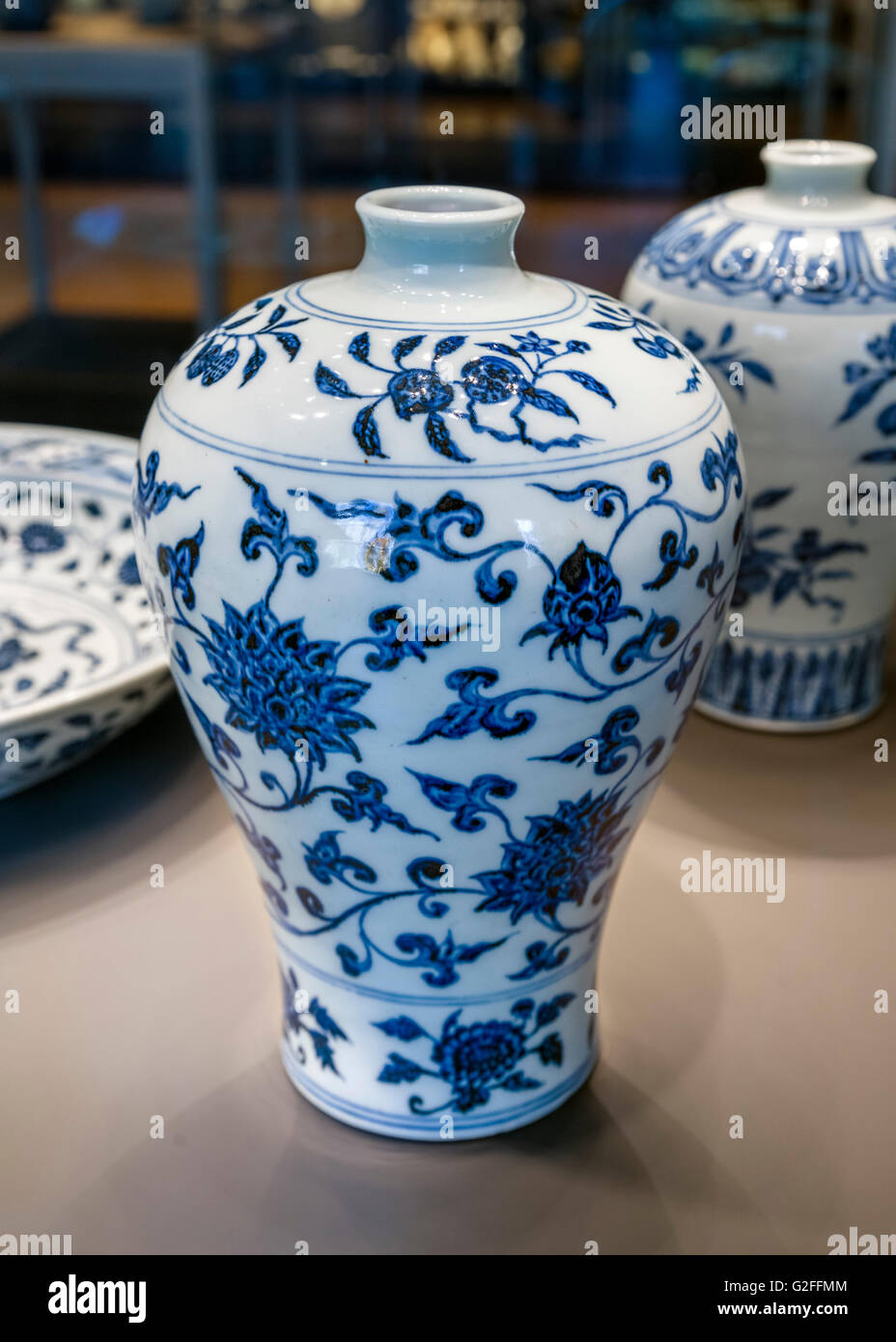 Porcelain vase of meiping form, Yongle Emperor, Ming Dynasty, 1403-1424, British Museum, Bloomsbury, London, England, UK Stock Photohttps://www.alamy.com/image-license-details/?v=1https://www.alamy.com/stock-photo-porcelain-vase-of-meiping-form-yongle-emperor-ming-dynasty-1403-1424-104833140.html
Porcelain vase of meiping form, Yongle Emperor, Ming Dynasty, 1403-1424, British Museum, Bloomsbury, London, England, UK Stock Photohttps://www.alamy.com/image-license-details/?v=1https://www.alamy.com/stock-photo-porcelain-vase-of-meiping-form-yongle-emperor-ming-dynasty-1403-1424-104833140.htmlRMG2FFMM–Porcelain vase of meiping form, Yongle Emperor, Ming Dynasty, 1403-1424, British Museum, Bloomsbury, London, England, UK
 Aerial view cityscape of Tianjin ferris wheel. Famous Tianjin Eye ferris wheel above the Yongle Bridge and the Haihe river. Popular modern landmark in Tianjin, China. October, 28th, 2019 Stock Photohttps://www.alamy.com/image-license-details/?v=1https://www.alamy.com/aerial-view-cityscape-of-tianjin-ferris-wheel-famous-tianjin-eye-ferris-wheel-above-the-yongle-bridge-and-the-haihe-river-popular-modern-landmark-in-tianjin-china-october-28th-2019-image332153166.html
Aerial view cityscape of Tianjin ferris wheel. Famous Tianjin Eye ferris wheel above the Yongle Bridge and the Haihe river. Popular modern landmark in Tianjin, China. October, 28th, 2019 Stock Photohttps://www.alamy.com/image-license-details/?v=1https://www.alamy.com/aerial-view-cityscape-of-tianjin-ferris-wheel-famous-tianjin-eye-ferris-wheel-above-the-yongle-bridge-and-the-haihe-river-popular-modern-landmark-in-tianjin-china-october-28th-2019-image332153166.htmlRF2A8ATN2–Aerial view cityscape of Tianjin ferris wheel. Famous Tianjin Eye ferris wheel above the Yongle Bridge and the Haihe river. Popular modern landmark in Tianjin, China. October, 28th, 2019
 Inspired by Dish with Foliated Rim and Design of Floral Scrolls, Chinese, Ming dynasty, 1368–1644, Yongle period, 1403–1424, early 15th century, Jingdezhen ware; porcelain with underglaze cobalt blue decoration, Made in Jingdezhen, Jiangxi province, China, Asia, Ceramics, containers, 2 3/8 x 13 5/16, Reimagined by Artotop. Classic art reinvented with a modern twist. Design of warm cheerful glowing of brightness and light ray radiance. Photography inspired by surrealism and futurism, embracing dynamic energy of modern technology, movement, speed and revolutionize culture Stock Photohttps://www.alamy.com/image-license-details/?v=1https://www.alamy.com/inspired-by-dish-with-foliated-rim-and-design-of-floral-scrolls-chinese-ming-dynasty-13681644-yongle-period-14031424-early-15th-century-jingdezhen-ware-porcelain-with-underglaze-cobalt-blue-decoration-made-in-jingdezhen-jiangxi-province-china-asia-ceramics-containers-2-38-x-13-516-reimagined-by-artotop-classic-art-reinvented-with-a-modern-twist-design-of-warm-cheerful-glowing-of-brightness-and-light-ray-radiance-photography-inspired-by-surrealism-and-futurism-embracing-dynamic-energy-of-modern-technology-movement-speed-and-revolutionize-culture-image459274464.html
Inspired by Dish with Foliated Rim and Design of Floral Scrolls, Chinese, Ming dynasty, 1368–1644, Yongle period, 1403–1424, early 15th century, Jingdezhen ware; porcelain with underglaze cobalt blue decoration, Made in Jingdezhen, Jiangxi province, China, Asia, Ceramics, containers, 2 3/8 x 13 5/16, Reimagined by Artotop. Classic art reinvented with a modern twist. Design of warm cheerful glowing of brightness and light ray radiance. Photography inspired by surrealism and futurism, embracing dynamic energy of modern technology, movement, speed and revolutionize culture Stock Photohttps://www.alamy.com/image-license-details/?v=1https://www.alamy.com/inspired-by-dish-with-foliated-rim-and-design-of-floral-scrolls-chinese-ming-dynasty-13681644-yongle-period-14031424-early-15th-century-jingdezhen-ware-porcelain-with-underglaze-cobalt-blue-decoration-made-in-jingdezhen-jiangxi-province-china-asia-ceramics-containers-2-38-x-13-516-reimagined-by-artotop-classic-art-reinvented-with-a-modern-twist-design-of-warm-cheerful-glowing-of-brightness-and-light-ray-radiance-photography-inspired-by-surrealism-and-futurism-embracing-dynamic-energy-of-modern-technology-movement-speed-and-revolutionize-culture-image459274464.htmlRF2HK5N7C–Inspired by Dish with Foliated Rim and Design of Floral Scrolls, Chinese, Ming dynasty, 1368–1644, Yongle period, 1403–1424, early 15th century, Jingdezhen ware; porcelain with underglaze cobalt blue decoration, Made in Jingdezhen, Jiangxi province, China, Asia, Ceramics, containers, 2 3/8 x 13 5/16, Reimagined by Artotop. Classic art reinvented with a modern twist. Design of warm cheerful glowing of brightness and light ray radiance. Photography inspired by surrealism and futurism, embracing dynamic energy of modern technology, movement, speed and revolutionize culture
 Tile with Apsara, originally from the 'Porcelain Pagoda'. Culture: China. Dimensions: H. 21 in. (53.3 cm); W. 13 1/4 in. (33.7 cm). Now destroyed, the so-called Porcelain Pagoda, a tower constructed of white porcelain bricks, was begun in 1413 by order of the Yongle emperor. Built to honor his mother, it was finished about two decades later. The tower was considered an important monument by Westerners and was often illustrated in travel guides. Henry Wadsworth Longfellow (1807-1882) sang its praises in a poem entitled Keramos. Museum: Metropolitan Museum of Art, New York, USA. Stock Photohttps://www.alamy.com/image-license-details/?v=1https://www.alamy.com/tile-with-apsara-originally-from-the-porcelain-pagoda-culture-china-dimensions-h-21-in-533-cm-w-13-14-in-337-cm-now-destroyed-the-so-called-porcelain-pagoda-a-tower-constructed-of-white-porcelain-bricks-was-begun-in-1413-by-order-of-the-yongle-emperor-built-to-honor-his-mother-it-was-finished-about-two-decades-later-the-tower-was-considered-an-important-monument-by-westerners-and-was-often-illustrated-in-travel-guides-henry-wadsworth-longfellow-1807-1882-sang-its-praises-in-a-poem-entitled-keramos-museum-metropolitan-museum-of-art-new-york-usa-image212871809.html
Tile with Apsara, originally from the 'Porcelain Pagoda'. Culture: China. Dimensions: H. 21 in. (53.3 cm); W. 13 1/4 in. (33.7 cm). Now destroyed, the so-called Porcelain Pagoda, a tower constructed of white porcelain bricks, was begun in 1413 by order of the Yongle emperor. Built to honor his mother, it was finished about two decades later. The tower was considered an important monument by Westerners and was often illustrated in travel guides. Henry Wadsworth Longfellow (1807-1882) sang its praises in a poem entitled Keramos. Museum: Metropolitan Museum of Art, New York, USA. Stock Photohttps://www.alamy.com/image-license-details/?v=1https://www.alamy.com/tile-with-apsara-originally-from-the-porcelain-pagoda-culture-china-dimensions-h-21-in-533-cm-w-13-14-in-337-cm-now-destroyed-the-so-called-porcelain-pagoda-a-tower-constructed-of-white-porcelain-bricks-was-begun-in-1413-by-order-of-the-yongle-emperor-built-to-honor-his-mother-it-was-finished-about-two-decades-later-the-tower-was-considered-an-important-monument-by-westerners-and-was-often-illustrated-in-travel-guides-henry-wadsworth-longfellow-1807-1882-sang-its-praises-in-a-poem-entitled-keramos-museum-metropolitan-museum-of-art-new-york-usa-image212871809.htmlRMPA944H–Tile with Apsara, originally from the 'Porcelain Pagoda'. Culture: China. Dimensions: H. 21 in. (53.3 cm); W. 13 1/4 in. (33.7 cm). Now destroyed, the so-called Porcelain Pagoda, a tower constructed of white porcelain bricks, was begun in 1413 by order of the Yongle emperor. Built to honor his mother, it was finished about two decades later. The tower was considered an important monument by Westerners and was often illustrated in travel guides. Henry Wadsworth Longfellow (1807-1882) sang its praises in a poem entitled Keramos. Museum: Metropolitan Museum of Art, New York, USA.
 Interior of the Changling Ming Tomb. Beijing, China. Stock Photohttps://www.alamy.com/image-license-details/?v=1https://www.alamy.com/stock-photo-interior-of-the-changling-ming-tomb-beijing-china-111534980.html
Interior of the Changling Ming Tomb. Beijing, China. Stock Photohttps://www.alamy.com/image-license-details/?v=1https://www.alamy.com/stock-photo-interior-of-the-changling-ming-tomb-beijing-china-111534980.htmlRFGDCT04–Interior of the Changling Ming Tomb. Beijing, China.
 Guozijian (Imperial College), located on Guozijian Street in Beijing, China, was China's national university during the Yuan, Ming and Qing dynasties, and the last Guozijian of China. Most of the Beijing Guozijian's buildings were built during the Ming Dynasty and it remains an important heritage site in China. The Guozijian was shut down in 1905. The Guozijian was first built in 1306 during the 24th year of Zhiyuan Reign of the Yuan Dynasty, and was reconstructed and renovated on a large scale during Yongle and Zhengtong reigns of the Ming Dynasty Stock Photohttps://www.alamy.com/image-license-details/?v=1https://www.alamy.com/guozijian-imperial-college-located-on-guozijian-street-in-beijing-china-was-chinas-national-university-during-the-yuan-ming-and-qing-dynasties-and-the-last-guozijian-of-china-most-of-the-beijing-guozijians-buildings-were-built-during-the-ming-dynasty-and-it-remains-an-important-heritage-site-in-china-the-guozijian-was-shut-down-in-1905-the-guozijian-was-first-built-in-1306-during-the-24th-year-of-zhiyuan-reign-of-the-yuan-dynasty-and-was-reconstructed-and-renovated-on-a-large-scale-during-yongle-and-zhengtong-reigns-of-the-ming-dynasty-image186419782.html
Guozijian (Imperial College), located on Guozijian Street in Beijing, China, was China's national university during the Yuan, Ming and Qing dynasties, and the last Guozijian of China. Most of the Beijing Guozijian's buildings were built during the Ming Dynasty and it remains an important heritage site in China. The Guozijian was shut down in 1905. The Guozijian was first built in 1306 during the 24th year of Zhiyuan Reign of the Yuan Dynasty, and was reconstructed and renovated on a large scale during Yongle and Zhengtong reigns of the Ming Dynasty Stock Photohttps://www.alamy.com/image-license-details/?v=1https://www.alamy.com/guozijian-imperial-college-located-on-guozijian-street-in-beijing-china-was-chinas-national-university-during-the-yuan-ming-and-qing-dynasties-and-the-last-guozijian-of-china-most-of-the-beijing-guozijians-buildings-were-built-during-the-ming-dynasty-and-it-remains-an-important-heritage-site-in-china-the-guozijian-was-shut-down-in-1905-the-guozijian-was-first-built-in-1306-during-the-24th-year-of-zhiyuan-reign-of-the-yuan-dynasty-and-was-reconstructed-and-renovated-on-a-large-scale-during-yongle-and-zhengtong-reigns-of-the-ming-dynasty-image186419782.htmlRMMR849A–Guozijian (Imperial College), located on Guozijian Street in Beijing, China, was China's national university during the Yuan, Ming and Qing dynasties, and the last Guozijian of China. Most of the Beijing Guozijian's buildings were built during the Ming Dynasty and it remains an important heritage site in China. The Guozijian was shut down in 1905. The Guozijian was first built in 1306 during the 24th year of Zhiyuan Reign of the Yuan Dynasty, and was reconstructed and renovated on a large scale during Yongle and Zhengtong reigns of the Ming Dynasty
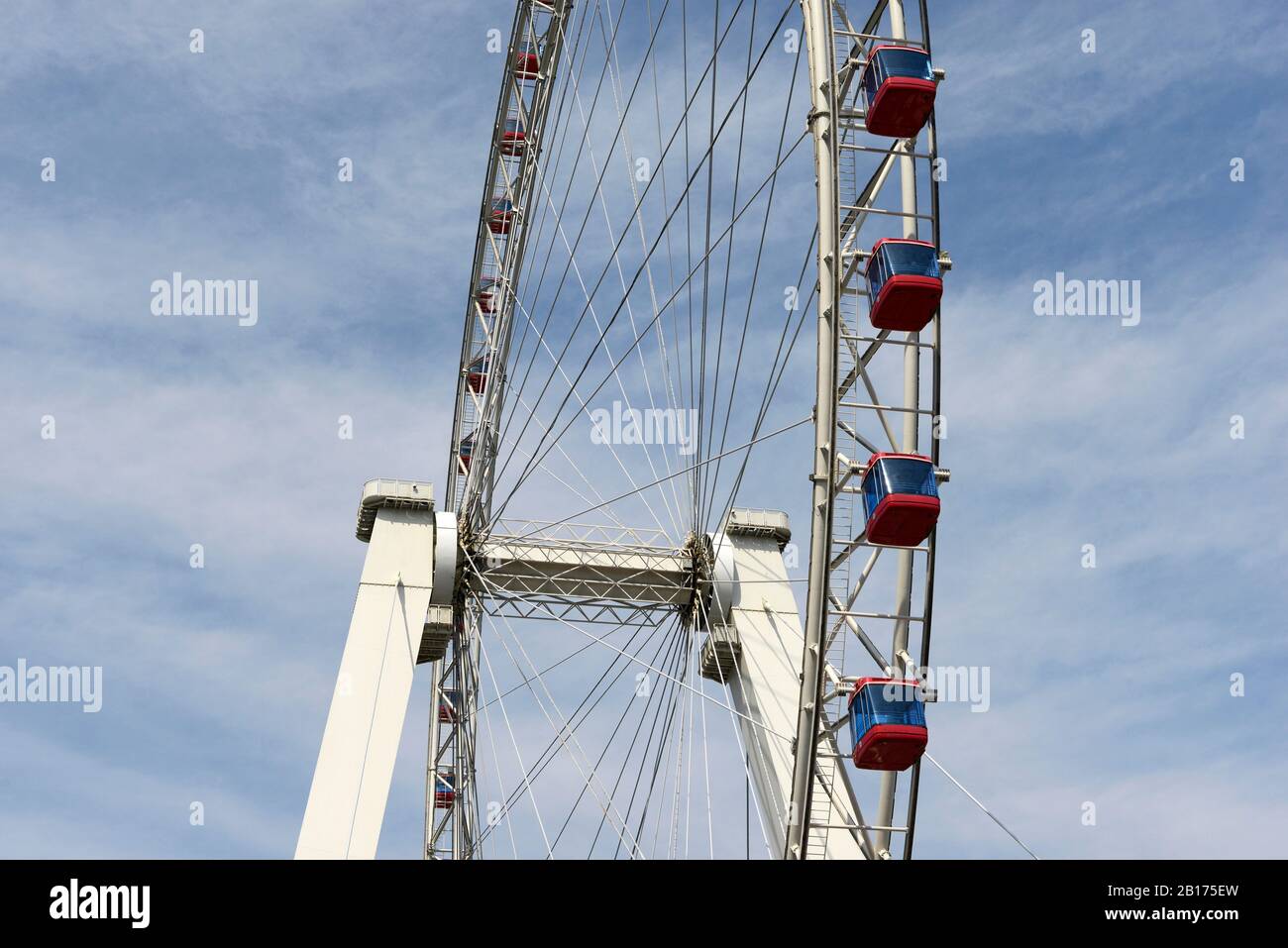 The Tianjin Eye ferris wheel above the Yongle bridge in Tianjin, China Stock Photohttps://www.alamy.com/image-license-details/?v=1https://www.alamy.com/the-tianjin-eye-ferris-wheel-above-the-yongle-bridge-in-tianjin-china-image344980017.html
The Tianjin Eye ferris wheel above the Yongle bridge in Tianjin, China Stock Photohttps://www.alamy.com/image-license-details/?v=1https://www.alamy.com/the-tianjin-eye-ferris-wheel-above-the-yongle-bridge-in-tianjin-china-image344980017.htmlRM2B175EW–The Tianjin Eye ferris wheel above the Yongle bridge in Tianjin, China
 Virupa, early 1400s. China, Ming dynasty (1368-1644), Yongle reign (1403-1424). Gilt bronze; overall: 43.6 cm (17 3/16 in Stock Photohttps://www.alamy.com/image-license-details/?v=1https://www.alamy.com/virupa-early-1400s-china-ming-dynasty-1368-1644-yongle-reign-1403-1424-gilt-bronze-overall-436-cm-17-316-in-image240484451.html
Virupa, early 1400s. China, Ming dynasty (1368-1644), Yongle reign (1403-1424). Gilt bronze; overall: 43.6 cm (17 3/16 in Stock Photohttps://www.alamy.com/image-license-details/?v=1https://www.alamy.com/virupa-early-1400s-china-ming-dynasty-1368-1644-yongle-reign-1403-1424-gilt-bronze-overall-436-cm-17-316-in-image240484451.htmlRMRY70AB–Virupa, early 1400s. China, Ming dynasty (1368-1644), Yongle reign (1403-1424). Gilt bronze; overall: 43.6 cm (17 3/16 in
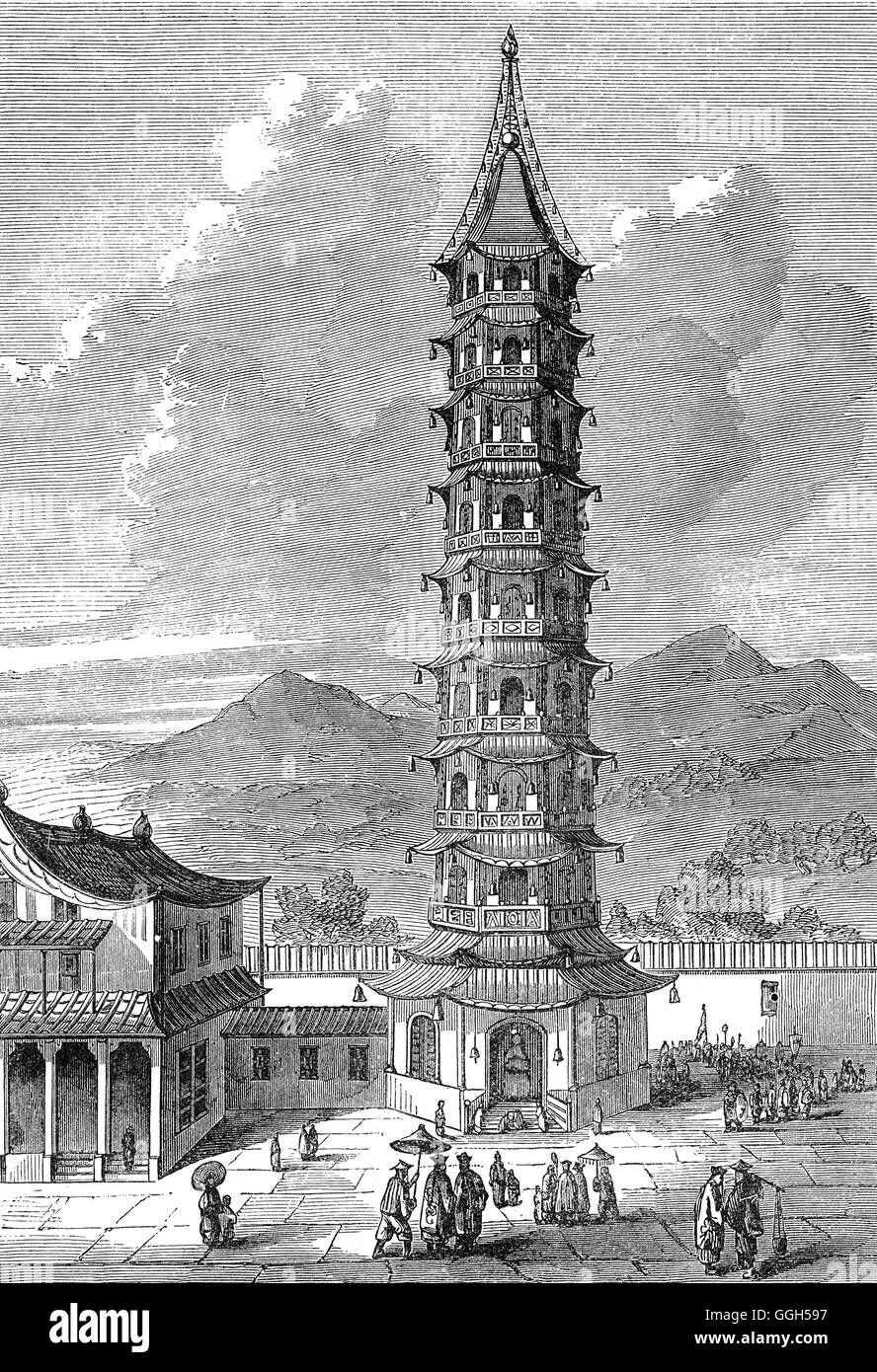 The Porcelein Tower of Nanjing, designed during reign of the Yongle Emperor in the 15th Century. In the 1850s, the Taiping Rebellion reached Nanjing, formerly Nanking and Nankin, and the rebels took over the city where they smashed Buddhist images and destroyed the tower either in order to prevent a hostile faction from using it to observe and shell the city or from superstitious fear of its geomantic properties Stock Photohttps://www.alamy.com/image-license-details/?v=1https://www.alamy.com/stock-photo-the-porcelein-tower-of-nanjing-designed-during-reign-of-the-yongle-113474067.html
The Porcelein Tower of Nanjing, designed during reign of the Yongle Emperor in the 15th Century. In the 1850s, the Taiping Rebellion reached Nanjing, formerly Nanking and Nankin, and the rebels took over the city where they smashed Buddhist images and destroyed the tower either in order to prevent a hostile faction from using it to observe and shell the city or from superstitious fear of its geomantic properties Stock Photohttps://www.alamy.com/image-license-details/?v=1https://www.alamy.com/stock-photo-the-porcelein-tower-of-nanjing-designed-during-reign-of-the-yongle-113474067.htmlRMGGH597–The Porcelein Tower of Nanjing, designed during reign of the Yongle Emperor in the 15th Century. In the 1850s, the Taiping Rebellion reached Nanjing, formerly Nanking and Nankin, and the rebels took over the city where they smashed Buddhist images and destroyed the tower either in order to prevent a hostile faction from using it to observe and shell the city or from superstitious fear of its geomantic properties
 entrance of traditional yongle market on Guohua street Stock Photohttps://www.alamy.com/image-license-details/?v=1https://www.alamy.com/stock-photo-entrance-of-traditional-yongle-market-on-guohua-street-172412544.html
entrance of traditional yongle market on Guohua street Stock Photohttps://www.alamy.com/image-license-details/?v=1https://www.alamy.com/stock-photo-entrance-of-traditional-yongle-market-on-guohua-street-172412544.htmlRFM0E1XT–entrance of traditional yongle market on Guohua street
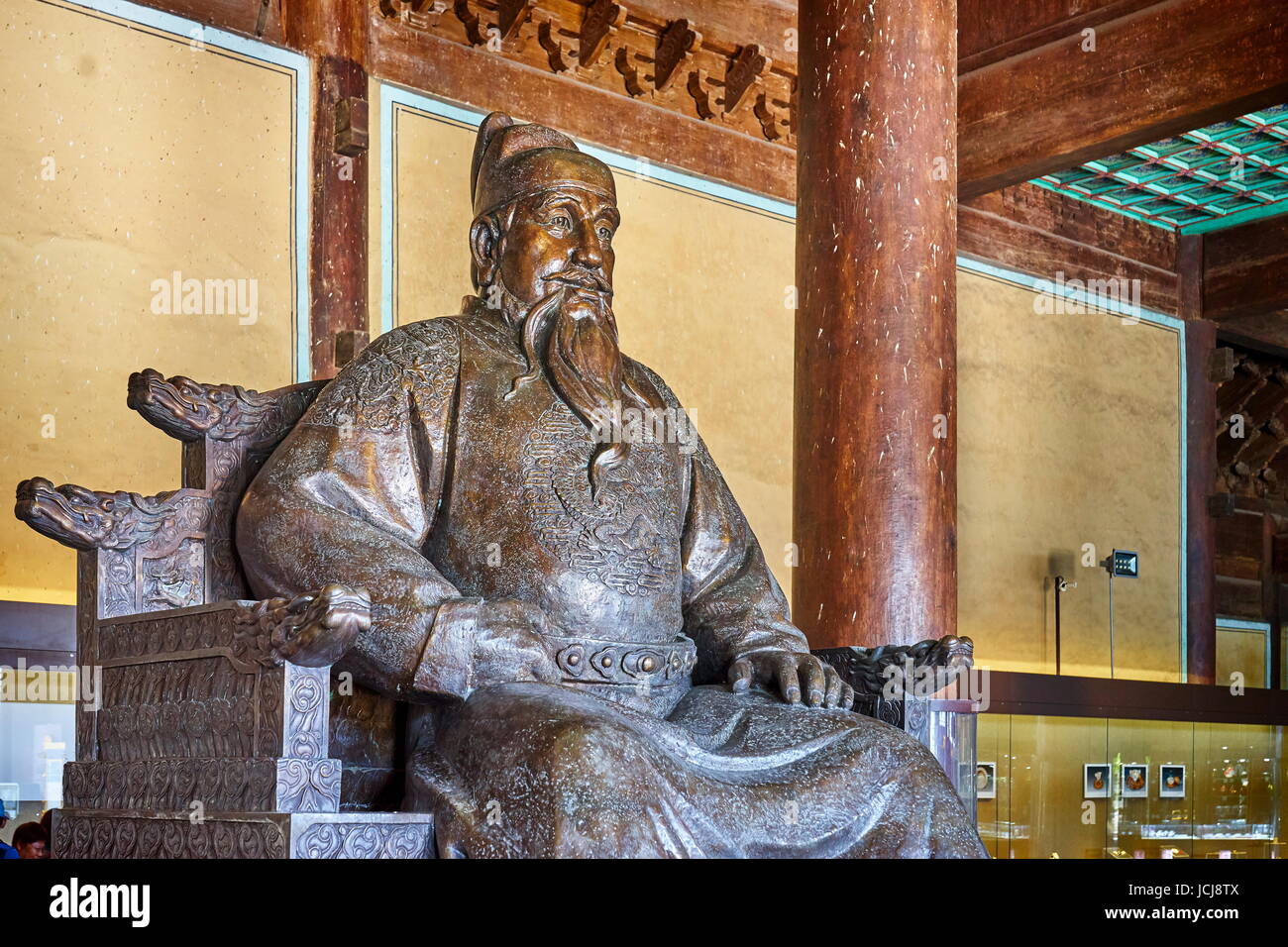 Ming Tombs, Statue of Emperor Yongle, Tomb Chang Ling, Beijing, China Stock Photohttps://www.alamy.com/image-license-details/?v=1https://www.alamy.com/stock-photo-ming-tombs-statue-of-emperor-yongle-tomb-chang-ling-beijing-china-145460922.html
Ming Tombs, Statue of Emperor Yongle, Tomb Chang Ling, Beijing, China Stock Photohttps://www.alamy.com/image-license-details/?v=1https://www.alamy.com/stock-photo-ming-tombs-statue-of-emperor-yongle-tomb-chang-ling-beijing-china-145460922.htmlRMJCJ8TX–Ming Tombs, Statue of Emperor Yongle, Tomb Chang Ling, Beijing, China
 Ming Tombs 8- Sacred way- Avenue of the Animals Stock Photohttps://www.alamy.com/image-license-details/?v=1https://www.alamy.com/ming-tombs-8-sacred-way-avenue-of-the-animals-image9969081.html
Ming Tombs 8- Sacred way- Avenue of the Animals Stock Photohttps://www.alamy.com/image-license-details/?v=1https://www.alamy.com/ming-tombs-8-sacred-way-avenue-of-the-animals-image9969081.htmlRMA0E8FP–Ming Tombs 8- Sacred way- Avenue of the Animals
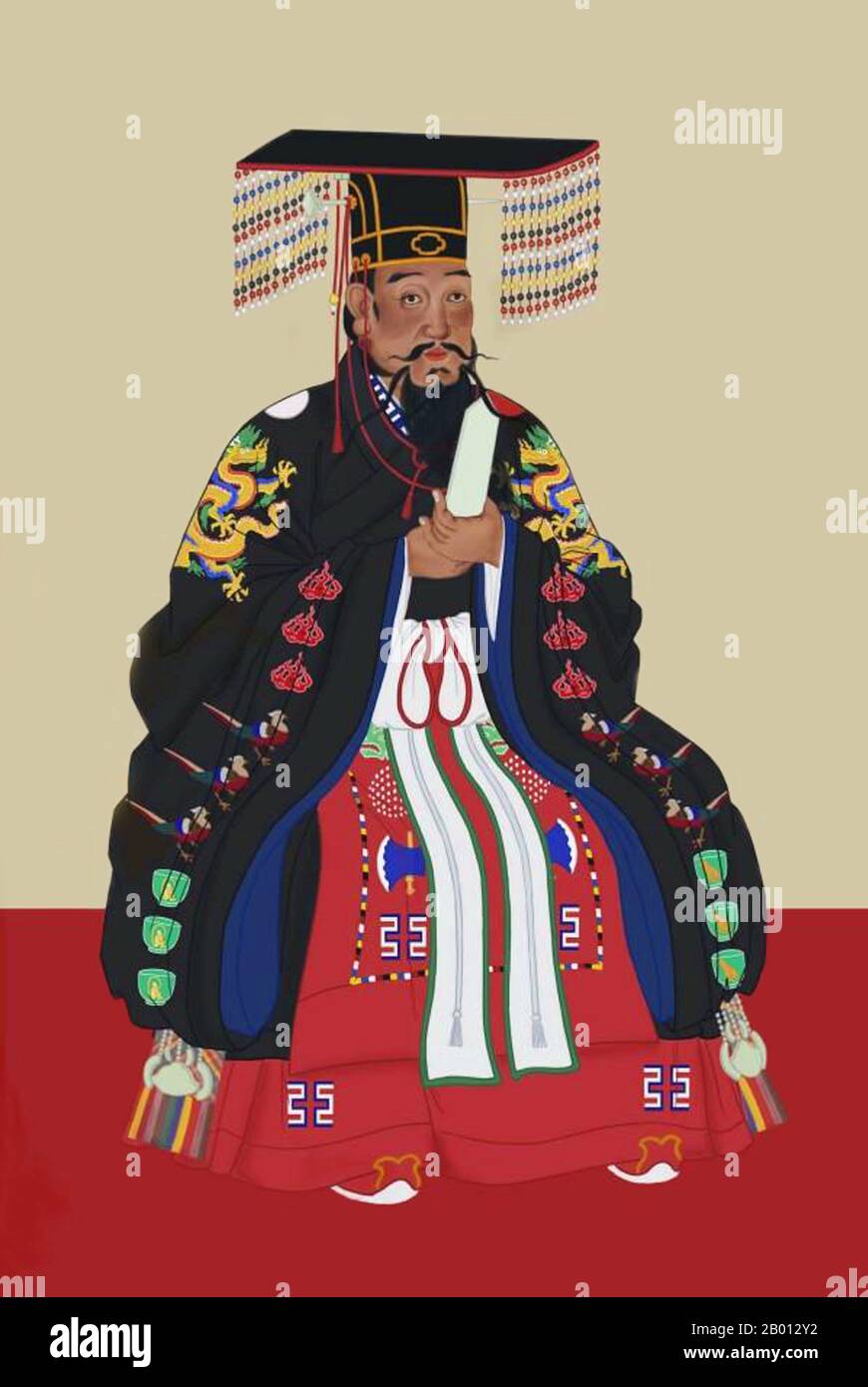 China: Emperor Yongle, 3rd ruler of the Ming Dynasty (r. 1402-1424). Hanging scroll painting, 15th-17th century. The Yongle Emperor (1360-1424), personal name Zhu Di and temple name Chengzu, was the third emperor of the Ming Dynasty. His Chinese era name Yongle means 'Perpetual Happiness'. He became emperor by conspiring to usurp the throne from his nephew, the Jianwen Emperor. He moved the capital from Nanjing to Beijing where it was located in the following generations, and constructed the Forbidden City there. Stock Photohttps://www.alamy.com/image-license-details/?v=1https://www.alamy.com/china-emperor-yongle-3rd-ruler-of-the-ming-dynasty-r-1402-1424-hanging-scroll-painting-15th-17th-century-the-yongle-emperor-1360-1424-personal-name-zhu-di-and-temple-name-chengzu-was-the-third-emperor-of-the-ming-dynasty-his-chinese-era-name-yongle-means-perpetual-happiness-he-became-emperor-by-conspiring-to-usurp-the-throne-from-his-nephew-the-jianwen-emperor-he-moved-the-capital-from-nanjing-to-beijing-where-it-was-located-in-the-following-generations-and-constructed-the-forbidden-city-there-image344231638.html
China: Emperor Yongle, 3rd ruler of the Ming Dynasty (r. 1402-1424). Hanging scroll painting, 15th-17th century. The Yongle Emperor (1360-1424), personal name Zhu Di and temple name Chengzu, was the third emperor of the Ming Dynasty. His Chinese era name Yongle means 'Perpetual Happiness'. He became emperor by conspiring to usurp the throne from his nephew, the Jianwen Emperor. He moved the capital from Nanjing to Beijing where it was located in the following generations, and constructed the Forbidden City there. Stock Photohttps://www.alamy.com/image-license-details/?v=1https://www.alamy.com/china-emperor-yongle-3rd-ruler-of-the-ming-dynasty-r-1402-1424-hanging-scroll-painting-15th-17th-century-the-yongle-emperor-1360-1424-personal-name-zhu-di-and-temple-name-chengzu-was-the-third-emperor-of-the-ming-dynasty-his-chinese-era-name-yongle-means-perpetual-happiness-he-became-emperor-by-conspiring-to-usurp-the-throne-from-his-nephew-the-jianwen-emperor-he-moved-the-capital-from-nanjing-to-beijing-where-it-was-located-in-the-following-generations-and-constructed-the-forbidden-city-there-image344231638.htmlRM2B012Y2–China: Emperor Yongle, 3rd ruler of the Ming Dynasty (r. 1402-1424). Hanging scroll painting, 15th-17th century. The Yongle Emperor (1360-1424), personal name Zhu Di and temple name Chengzu, was the third emperor of the Ming Dynasty. His Chinese era name Yongle means 'Perpetual Happiness'. He became emperor by conspiring to usurp the throne from his nephew, the Jianwen Emperor. He moved the capital from Nanjing to Beijing where it was located in the following generations, and constructed the Forbidden City there.
 Tientsin Eye and modern buildings by RIver Haihe in Tianjin Stock Photohttps://www.alamy.com/image-license-details/?v=1https://www.alamy.com/tientsin-eye-and-modern-buildings-by-river-haihe-in-tianjin-image226649364.html
Tientsin Eye and modern buildings by RIver Haihe in Tianjin Stock Photohttps://www.alamy.com/image-license-details/?v=1https://www.alamy.com/tientsin-eye-and-modern-buildings-by-river-haihe-in-tianjin-image226649364.htmlRFR4MNG4–Tientsin Eye and modern buildings by RIver Haihe in Tianjin
 Ming, Tombs, statue, sculpture. Monumental statue of Emperor Yongle. Tomb Chang Ling,Beijing, China Stock Photohttps://www.alamy.com/image-license-details/?v=1https://www.alamy.com/stock-photo-ming-tombs-statue-sculpture-monumental-statue-of-emperor-yongle-tomb-133680218.html
Ming, Tombs, statue, sculpture. Monumental statue of Emperor Yongle. Tomb Chang Ling,Beijing, China Stock Photohttps://www.alamy.com/image-license-details/?v=1https://www.alamy.com/stock-photo-ming-tombs-statue-sculpture-monumental-statue-of-emperor-yongle-tomb-133680218.htmlRFHNDJDE–Ming, Tombs, statue, sculpture. Monumental statue of Emperor Yongle. Tomb Chang Ling,Beijing, China
 Beijing China Forbidden City Built in Ming and Qing Dynasty 1406 - 1420 AD Between 4th & 18th Years of Yongle Period - Sun Dial Stock Photohttps://www.alamy.com/image-license-details/?v=1https://www.alamy.com/stock-photo-beijing-china-forbidden-city-built-in-ming-and-qing-dynasty-1406-1420-57601790.html
Beijing China Forbidden City Built in Ming and Qing Dynasty 1406 - 1420 AD Between 4th & 18th Years of Yongle Period - Sun Dial Stock Photohttps://www.alamy.com/image-license-details/?v=1https://www.alamy.com/stock-photo-beijing-china-forbidden-city-built-in-ming-and-qing-dynasty-1406-1420-57601790.htmlRMD9KYJP–Beijing China Forbidden City Built in Ming and Qing Dynasty 1406 - 1420 AD Between 4th & 18th Years of Yongle Period - Sun Dial
 Tomb of Yongle Emperor of the Ming dynasty, reigning from 1402 to 1424. Changling Mausoleum. China. Publication of the book 'Meyers Konversations-Lexikon', Volume 2, Leipzig, Germany, 1910 Stock Photohttps://www.alamy.com/image-license-details/?v=1https://www.alamy.com/tomb-of-yongle-emperor-of-the-ming-dynasty-reigning-from-1402-to-1424-changling-mausoleum-china-publication-of-the-book-meyers-konversations-lexikon-volume-2-leipzig-germany-1910-image471430859.html
Tomb of Yongle Emperor of the Ming dynasty, reigning from 1402 to 1424. Changling Mausoleum. China. Publication of the book 'Meyers Konversations-Lexikon', Volume 2, Leipzig, Germany, 1910 Stock Photohttps://www.alamy.com/image-license-details/?v=1https://www.alamy.com/tomb-of-yongle-emperor-of-the-ming-dynasty-reigning-from-1402-to-1424-changling-mausoleum-china-publication-of-the-book-meyers-konversations-lexikon-volume-2-leipzig-germany-1910-image471430859.htmlRF2JAYETB–Tomb of Yongle Emperor of the Ming dynasty, reigning from 1402 to 1424. Changling Mausoleum. China. Publication of the book 'Meyers Konversations-Lexikon', Volume 2, Leipzig, Germany, 1910
 Ritual Flaying Knife, c. 1407-1410. Ceremonial weaponry was used in tantric rituals to combat obstacles to enlightenment, such as ignorance and uncontrolled passions. In 1407, a high-ranking Tibetan monastic patriarch visited the emperor of the Ming dynasty, known as Yongle. The Yongle emperor presented him with a number of gifts, of which the axe, flaying knife, incense burner (1983.154), and the gilt bronze Virupa (1972.69) appear to have been a part, since the sculpture and the axe bear his identifying inscription in a cartouche. Imperial Chinese workmanship is noted in the lush rendering Stock Photohttps://www.alamy.com/image-license-details/?v=1https://www.alamy.com/ritual-flaying-knife-c-1407-1410-ceremonial-weaponry-was-used-in-tantric-rituals-to-combat-obstacles-to-enlightenment-such-as-ignorance-and-uncontrolled-passions-in-1407-a-high-ranking-tibetan-monastic-patriarch-visited-the-emperor-of-the-ming-dynasty-known-as-yongle-the-yongle-emperor-presented-him-with-a-number-of-gifts-of-which-the-axe-flaying-knife-incense-burner-1983154-and-the-gilt-bronze-virupa-197269-appear-to-have-been-a-part-since-the-sculpture-and-the-axe-bear-his-identifying-inscription-in-a-cartouche-imperial-chinese-workmanship-is-noted-in-the-lush-rendering-image330115582.html
Ritual Flaying Knife, c. 1407-1410. Ceremonial weaponry was used in tantric rituals to combat obstacles to enlightenment, such as ignorance and uncontrolled passions. In 1407, a high-ranking Tibetan monastic patriarch visited the emperor of the Ming dynasty, known as Yongle. The Yongle emperor presented him with a number of gifts, of which the axe, flaying knife, incense burner (1983.154), and the gilt bronze Virupa (1972.69) appear to have been a part, since the sculpture and the axe bear his identifying inscription in a cartouche. Imperial Chinese workmanship is noted in the lush rendering Stock Photohttps://www.alamy.com/image-license-details/?v=1https://www.alamy.com/ritual-flaying-knife-c-1407-1410-ceremonial-weaponry-was-used-in-tantric-rituals-to-combat-obstacles-to-enlightenment-such-as-ignorance-and-uncontrolled-passions-in-1407-a-high-ranking-tibetan-monastic-patriarch-visited-the-emperor-of-the-ming-dynasty-known-as-yongle-the-yongle-emperor-presented-him-with-a-number-of-gifts-of-which-the-axe-flaying-knife-incense-burner-1983154-and-the-gilt-bronze-virupa-197269-appear-to-have-been-a-part-since-the-sculpture-and-the-axe-bear-his-identifying-inscription-in-a-cartouche-imperial-chinese-workmanship-is-noted-in-the-lush-rendering-image330115582.htmlRM2A521P6–Ritual Flaying Knife, c. 1407-1410. Ceremonial weaponry was used in tantric rituals to combat obstacles to enlightenment, such as ignorance and uncontrolled passions. In 1407, a high-ranking Tibetan monastic patriarch visited the emperor of the Ming dynasty, known as Yongle. The Yongle emperor presented him with a number of gifts, of which the axe, flaying knife, incense burner (1983.154), and the gilt bronze Virupa (1972.69) appear to have been a part, since the sculpture and the axe bear his identifying inscription in a cartouche. Imperial Chinese workmanship is noted in the lush rendering
 The Tianjin Eye Ferris Wheel on Yongle Bridge over the Hai River, China Stock Photohttps://www.alamy.com/image-license-details/?v=1https://www.alamy.com/stock-photo-the-tianjin-eye-ferris-wheel-on-yongle-bridge-over-the-hai-river-china-38152298.html
The Tianjin Eye Ferris Wheel on Yongle Bridge over the Hai River, China Stock Photohttps://www.alamy.com/image-license-details/?v=1https://www.alamy.com/stock-photo-the-tianjin-eye-ferris-wheel-on-yongle-bridge-over-the-hai-river-china-38152298.htmlRFC61YJ2–The Tianjin Eye Ferris Wheel on Yongle Bridge over the Hai River, China
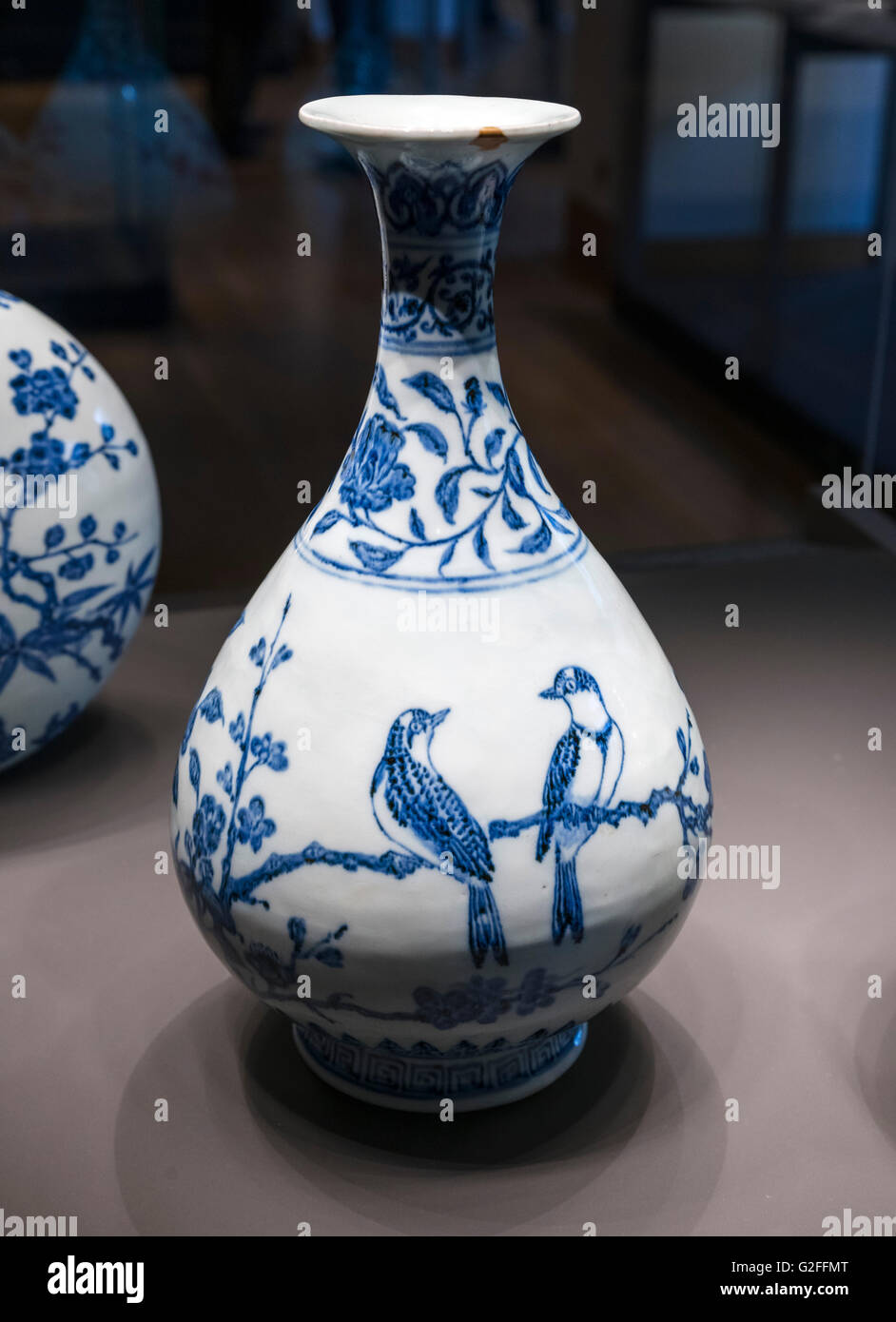 Porcelain bottle of yuhuchun ping form, Yongle Emperor, Ming Dynasty, 1403-1424, British Museum, Bloomsbury, London, England, UK Stock Photohttps://www.alamy.com/image-license-details/?v=1https://www.alamy.com/stock-photo-porcelain-bottle-of-yuhuchun-ping-form-yongle-emperor-ming-dynasty-104833144.html
Porcelain bottle of yuhuchun ping form, Yongle Emperor, Ming Dynasty, 1403-1424, British Museum, Bloomsbury, London, England, UK Stock Photohttps://www.alamy.com/image-license-details/?v=1https://www.alamy.com/stock-photo-porcelain-bottle-of-yuhuchun-ping-form-yongle-emperor-ming-dynasty-104833144.htmlRMG2FFMT–Porcelain bottle of yuhuchun ping form, Yongle Emperor, Ming Dynasty, 1403-1424, British Museum, Bloomsbury, London, England, UK
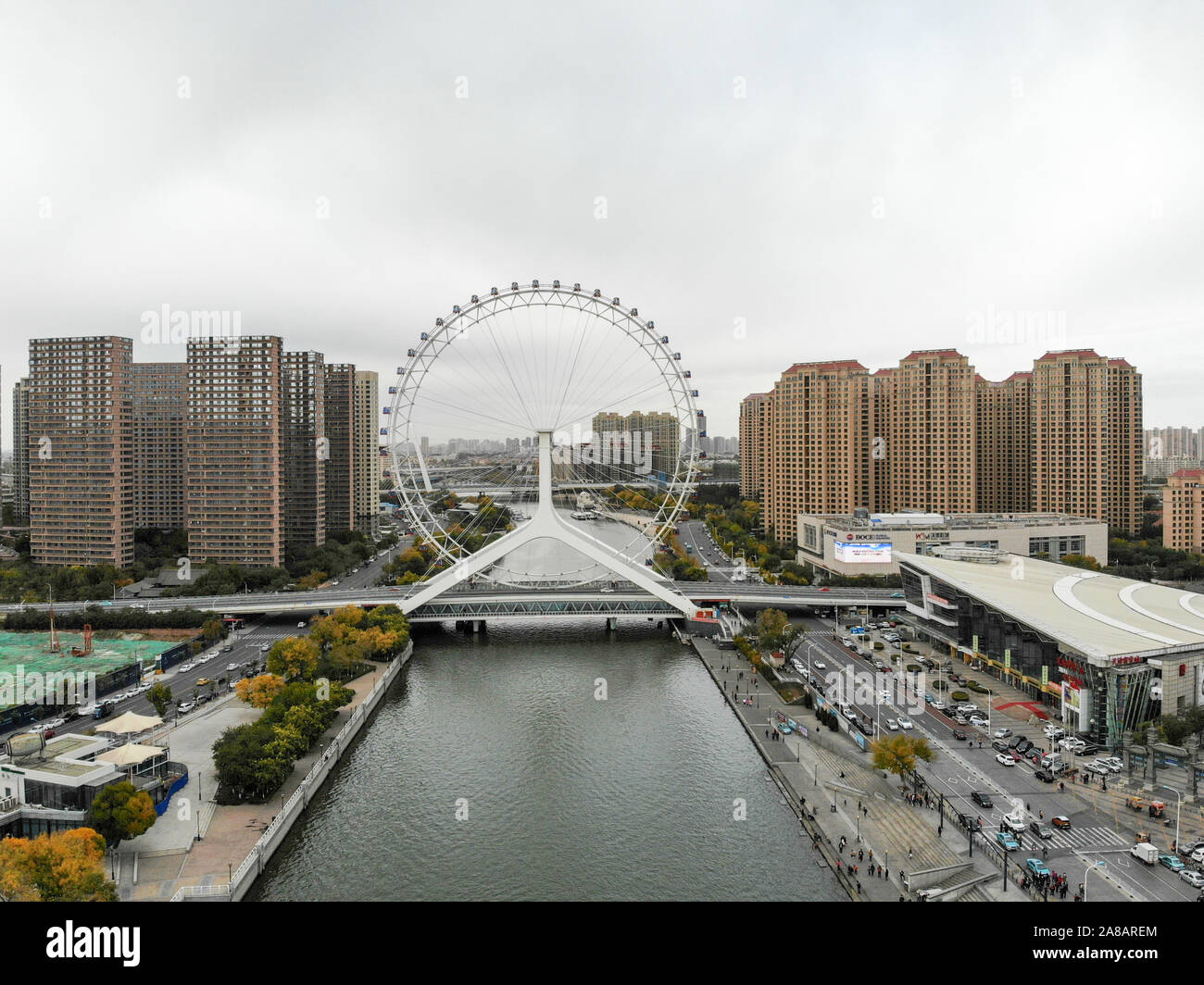 Aerial view cityscape of Tianjin ferris wheel. Famous Tianjin Eye ferris wheel above the Yongle Bridge and the Haihe river. Popular modern landmark in Tianjin, China. October, 28th, 2019 Stock Photohttps://www.alamy.com/image-license-details/?v=1https://www.alamy.com/aerial-view-cityscape-of-tianjin-ferris-wheel-famous-tianjin-eye-ferris-wheel-above-the-yongle-bridge-and-the-haihe-river-popular-modern-landmark-in-tianjin-china-october-28th-2019-image332152204.html
Aerial view cityscape of Tianjin ferris wheel. Famous Tianjin Eye ferris wheel above the Yongle Bridge and the Haihe river. Popular modern landmark in Tianjin, China. October, 28th, 2019 Stock Photohttps://www.alamy.com/image-license-details/?v=1https://www.alamy.com/aerial-view-cityscape-of-tianjin-ferris-wheel-famous-tianjin-eye-ferris-wheel-above-the-yongle-bridge-and-the-haihe-river-popular-modern-landmark-in-tianjin-china-october-28th-2019-image332152204.htmlRF2A8AREM–Aerial view cityscape of Tianjin ferris wheel. Famous Tianjin Eye ferris wheel above the Yongle Bridge and the Haihe river. Popular modern landmark in Tianjin, China. October, 28th, 2019
 Inspired by Covered Incense Box with Design of Lotus Seed Pod and Petals, Chinese, Ming dynasty, 1368–1644, Yongle period, 1403–1424, or Xuande period, 1426–1435, early 15th century, Carved red lacquer (tihong) over metal core; black lacquer coating on interior, China, Asia, Containers, lacquerware, Reimagined by Artotop. Classic art reinvented with a modern twist. Design of warm cheerful glowing of brightness and light ray radiance. Photography inspired by surrealism and futurism, embracing dynamic energy of modern technology, movement, speed and revolutionize culture Stock Photohttps://www.alamy.com/image-license-details/?v=1https://www.alamy.com/inspired-by-covered-incense-box-with-design-of-lotus-seed-pod-and-petals-chinese-ming-dynasty-13681644-yongle-period-14031424-or-xuande-period-14261435-early-15th-century-carved-red-lacquer-tihong-over-metal-core-black-lacquer-coating-on-interior-china-asia-containers-lacquerware-reimagined-by-artotop-classic-art-reinvented-with-a-modern-twist-design-of-warm-cheerful-glowing-of-brightness-and-light-ray-radiance-photography-inspired-by-surrealism-and-futurism-embracing-dynamic-energy-of-modern-technology-movement-speed-and-revolutionize-culture-image459284609.html
Inspired by Covered Incense Box with Design of Lotus Seed Pod and Petals, Chinese, Ming dynasty, 1368–1644, Yongle period, 1403–1424, or Xuande period, 1426–1435, early 15th century, Carved red lacquer (tihong) over metal core; black lacquer coating on interior, China, Asia, Containers, lacquerware, Reimagined by Artotop. Classic art reinvented with a modern twist. Design of warm cheerful glowing of brightness and light ray radiance. Photography inspired by surrealism and futurism, embracing dynamic energy of modern technology, movement, speed and revolutionize culture Stock Photohttps://www.alamy.com/image-license-details/?v=1https://www.alamy.com/inspired-by-covered-incense-box-with-design-of-lotus-seed-pod-and-petals-chinese-ming-dynasty-13681644-yongle-period-14031424-or-xuande-period-14261435-early-15th-century-carved-red-lacquer-tihong-over-metal-core-black-lacquer-coating-on-interior-china-asia-containers-lacquerware-reimagined-by-artotop-classic-art-reinvented-with-a-modern-twist-design-of-warm-cheerful-glowing-of-brightness-and-light-ray-radiance-photography-inspired-by-surrealism-and-futurism-embracing-dynamic-energy-of-modern-technology-movement-speed-and-revolutionize-culture-image459284609.htmlRF2HK665N–Inspired by Covered Incense Box with Design of Lotus Seed Pod and Petals, Chinese, Ming dynasty, 1368–1644, Yongle period, 1403–1424, or Xuande period, 1426–1435, early 15th century, Carved red lacquer (tihong) over metal core; black lacquer coating on interior, China, Asia, Containers, lacquerware, Reimagined by Artotop. Classic art reinvented with a modern twist. Design of warm cheerful glowing of brightness and light ray radiance. Photography inspired by surrealism and futurism, embracing dynamic energy of modern technology, movement, speed and revolutionize culture
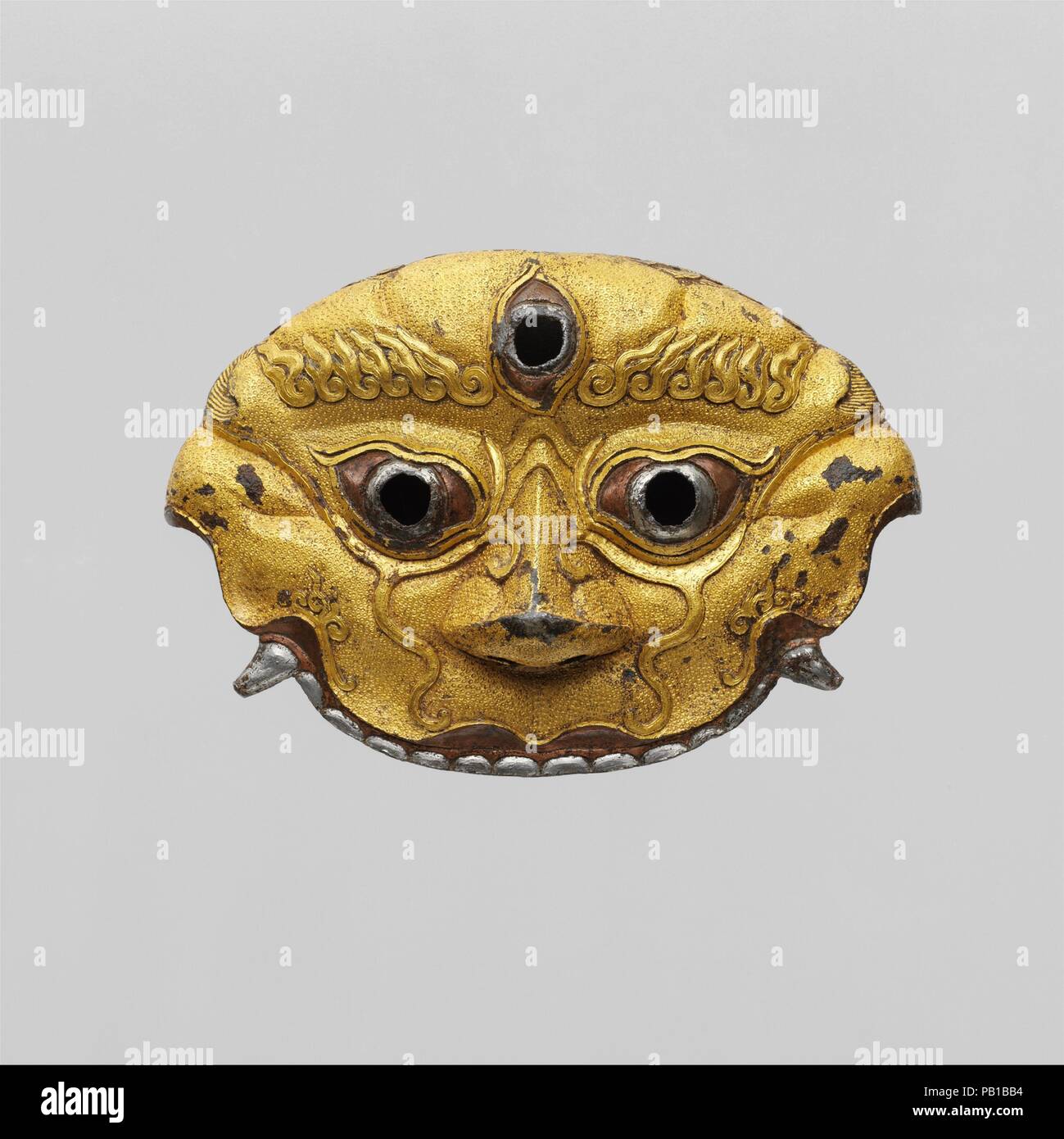 Sword Guard. Culture: Tibetan or Chinese. Dimensions: H. 3 1/4 in. (8.3 cm); W. 4 3/4 in. (12.1 cm). Date: 14th-15th century. Depicting the face of a wrathful Tibetan Buddhist guardian deity, this extremely rare sword guard was originally part of a complete and very lavish sword. It is from the peak period of Tibetan or Sino-Tibetan ironwork, coinciding with the rule of the Phagmodrupa kings in central Tibet and the Hongwu and Yongle dynasties in China. It is exceptional for the precision and crispness of its chiseling, punched work, and damascening; for the height of the raised decoration; a Stock Photohttps://www.alamy.com/image-license-details/?v=1https://www.alamy.com/sword-guard-culture-tibetan-or-chinese-dimensions-h-3-14-in-83-cm-w-4-34-in-121-cm-date-14th-15th-century-depicting-the-face-of-a-wrathful-tibetan-buddhist-guardian-deity-this-extremely-rare-sword-guard-was-originally-part-of-a-complete-and-very-lavish-sword-it-is-from-the-peak-period-of-tibetan-or-sino-tibetan-ironwork-coinciding-with-the-rule-of-the-phagmodrupa-kings-in-central-tibet-and-the-hongwu-and-yongle-dynasties-in-china-it-is-exceptional-for-the-precision-and-crispness-of-its-chiseling-punched-work-and-damascening-for-the-height-of-the-raised-decoration-a-image213316520.html
Sword Guard. Culture: Tibetan or Chinese. Dimensions: H. 3 1/4 in. (8.3 cm); W. 4 3/4 in. (12.1 cm). Date: 14th-15th century. Depicting the face of a wrathful Tibetan Buddhist guardian deity, this extremely rare sword guard was originally part of a complete and very lavish sword. It is from the peak period of Tibetan or Sino-Tibetan ironwork, coinciding with the rule of the Phagmodrupa kings in central Tibet and the Hongwu and Yongle dynasties in China. It is exceptional for the precision and crispness of its chiseling, punched work, and damascening; for the height of the raised decoration; a Stock Photohttps://www.alamy.com/image-license-details/?v=1https://www.alamy.com/sword-guard-culture-tibetan-or-chinese-dimensions-h-3-14-in-83-cm-w-4-34-in-121-cm-date-14th-15th-century-depicting-the-face-of-a-wrathful-tibetan-buddhist-guardian-deity-this-extremely-rare-sword-guard-was-originally-part-of-a-complete-and-very-lavish-sword-it-is-from-the-peak-period-of-tibetan-or-sino-tibetan-ironwork-coinciding-with-the-rule-of-the-phagmodrupa-kings-in-central-tibet-and-the-hongwu-and-yongle-dynasties-in-china-it-is-exceptional-for-the-precision-and-crispness-of-its-chiseling-punched-work-and-damascening-for-the-height-of-the-raised-decoration-a-image213316520.htmlRMPB1BB4–Sword Guard. Culture: Tibetan or Chinese. Dimensions: H. 3 1/4 in. (8.3 cm); W. 4 3/4 in. (12.1 cm). Date: 14th-15th century. Depicting the face of a wrathful Tibetan Buddhist guardian deity, this extremely rare sword guard was originally part of a complete and very lavish sword. It is from the peak period of Tibetan or Sino-Tibetan ironwork, coinciding with the rule of the Phagmodrupa kings in central Tibet and the Hongwu and Yongle dynasties in China. It is exceptional for the precision and crispness of its chiseling, punched work, and damascening; for the height of the raised decoration; a
 Interior of the Changling Ming Tomb. Beijing, China. Stock Photohttps://www.alamy.com/image-license-details/?v=1https://www.alamy.com/stock-photo-interior-of-the-changling-ming-tomb-beijing-china-111534991.html
Interior of the Changling Ming Tomb. Beijing, China. Stock Photohttps://www.alamy.com/image-license-details/?v=1https://www.alamy.com/stock-photo-interior-of-the-changling-ming-tomb-beijing-china-111534991.htmlRFGDCT0F–Interior of the Changling Ming Tomb. Beijing, China.
 Guozijian (Imperial College), located on Guozijian Street in Beijing, China, was China's national university during the Yuan, Ming and Qing dynasties, and the last Guozijian of China. Most of the Beijing Guozijian's buildings were built during the Ming Dynasty and it remains an important heritage site in China. The Guozijian was shut down in 1905. The Guozijian was first built in 1306 during the 24th year of Zhiyuan Reign of the Yuan Dynasty, and was reconstructed and renovated on a large scale during Yongle and Zhengtong reigns of the Ming Dynasty Stock Photohttps://www.alamy.com/image-license-details/?v=1https://www.alamy.com/guozijian-imperial-college-located-on-guozijian-street-in-beijing-china-was-chinas-national-university-during-the-yuan-ming-and-qing-dynasties-and-the-last-guozijian-of-china-most-of-the-beijing-guozijians-buildings-were-built-during-the-ming-dynasty-and-it-remains-an-important-heritage-site-in-china-the-guozijian-was-shut-down-in-1905-the-guozijian-was-first-built-in-1306-during-the-24th-year-of-zhiyuan-reign-of-the-yuan-dynasty-and-was-reconstructed-and-renovated-on-a-large-scale-during-yongle-and-zhengtong-reigns-of-the-ming-dynasty-image328358834.html
Guozijian (Imperial College), located on Guozijian Street in Beijing, China, was China's national university during the Yuan, Ming and Qing dynasties, and the last Guozijian of China. Most of the Beijing Guozijian's buildings were built during the Ming Dynasty and it remains an important heritage site in China. The Guozijian was shut down in 1905. The Guozijian was first built in 1306 during the 24th year of Zhiyuan Reign of the Yuan Dynasty, and was reconstructed and renovated on a large scale during Yongle and Zhengtong reigns of the Ming Dynasty Stock Photohttps://www.alamy.com/image-license-details/?v=1https://www.alamy.com/guozijian-imperial-college-located-on-guozijian-street-in-beijing-china-was-chinas-national-university-during-the-yuan-ming-and-qing-dynasties-and-the-last-guozijian-of-china-most-of-the-beijing-guozijians-buildings-were-built-during-the-ming-dynasty-and-it-remains-an-important-heritage-site-in-china-the-guozijian-was-shut-down-in-1905-the-guozijian-was-first-built-in-1306-during-the-24th-year-of-zhiyuan-reign-of-the-yuan-dynasty-and-was-reconstructed-and-renovated-on-a-large-scale-during-yongle-and-zhengtong-reigns-of-the-ming-dynasty-image328358834.htmlRM2A26116–Guozijian (Imperial College), located on Guozijian Street in Beijing, China, was China's national university during the Yuan, Ming and Qing dynasties, and the last Guozijian of China. Most of the Beijing Guozijian's buildings were built during the Ming Dynasty and it remains an important heritage site in China. The Guozijian was shut down in 1905. The Guozijian was first built in 1306 during the 24th year of Zhiyuan Reign of the Yuan Dynasty, and was reconstructed and renovated on a large scale during Yongle and Zhengtong reigns of the Ming Dynasty
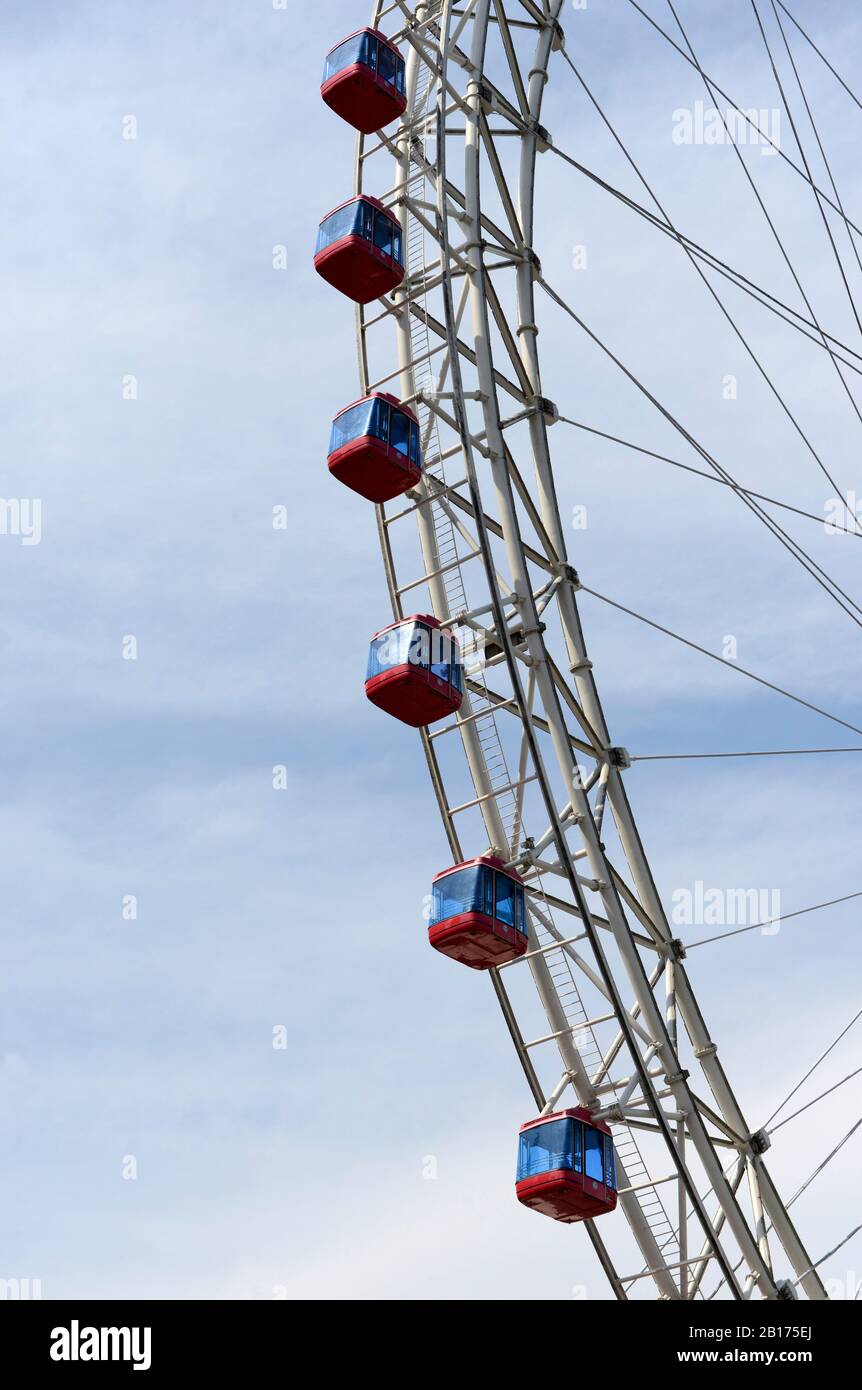 The Tianjin Eye ferris wheel above the Yongle bridge in Tianjin, China Stock Photohttps://www.alamy.com/image-license-details/?v=1https://www.alamy.com/the-tianjin-eye-ferris-wheel-above-the-yongle-bridge-in-tianjin-china-image344980010.html
The Tianjin Eye ferris wheel above the Yongle bridge in Tianjin, China Stock Photohttps://www.alamy.com/image-license-details/?v=1https://www.alamy.com/the-tianjin-eye-ferris-wheel-above-the-yongle-bridge-in-tianjin-china-image344980010.htmlRM2B175EJ–The Tianjin Eye ferris wheel above the Yongle bridge in Tianjin, China
 Libation Cup (Jue), 1402-1424. China, Ming dynasty (1368-1644), Yongle reign (1402-1424). Glazed porcelain; overall: 15 cm (5 7/8 in Stock Photohttps://www.alamy.com/image-license-details/?v=1https://www.alamy.com/libation-cup-jue-1402-1424-china-ming-dynasty-1368-1644-yongle-reign-1402-1424-glazed-porcelain-overall-15-cm-5-78-in-image240433959.html
Libation Cup (Jue), 1402-1424. China, Ming dynasty (1368-1644), Yongle reign (1402-1424). Glazed porcelain; overall: 15 cm (5 7/8 in Stock Photohttps://www.alamy.com/image-license-details/?v=1https://www.alamy.com/libation-cup-jue-1402-1424-china-ming-dynasty-1368-1644-yongle-reign-1402-1424-glazed-porcelain-overall-15-cm-5-78-in-image240433959.htmlRMRY4KY3–Libation Cup (Jue), 1402-1424. China, Ming dynasty (1368-1644), Yongle reign (1402-1424). Glazed porcelain; overall: 15 cm (5 7/8 in
 Yongle Stock Photohttps://www.alamy.com/image-license-details/?v=1https://www.alamy.com/stock-photo-yongle-140705581.html
Yongle Stock Photohttps://www.alamy.com/image-license-details/?v=1https://www.alamy.com/stock-photo-yongle-140705581.htmlRMJ4WKB9–Yongle
 Yongle Daoist Temple's Chunyang Hall built in 1358 in Ruicheng county, southern Shanxi province Stock Photohttps://www.alamy.com/image-license-details/?v=1https://www.alamy.com/stock-photo-yongle-daoist-temples-chunyang-hall-built-in-1358-in-ruicheng-county-12362673.html
Yongle Daoist Temple's Chunyang Hall built in 1358 in Ruicheng county, southern Shanxi province Stock Photohttps://www.alamy.com/image-license-details/?v=1https://www.alamy.com/stock-photo-yongle-daoist-temples-chunyang-hall-built-in-1358-in-ruicheng-county-12362673.htmlRMA9GM9P–Yongle Daoist Temple's Chunyang Hall built in 1358 in Ruicheng county, southern Shanxi province